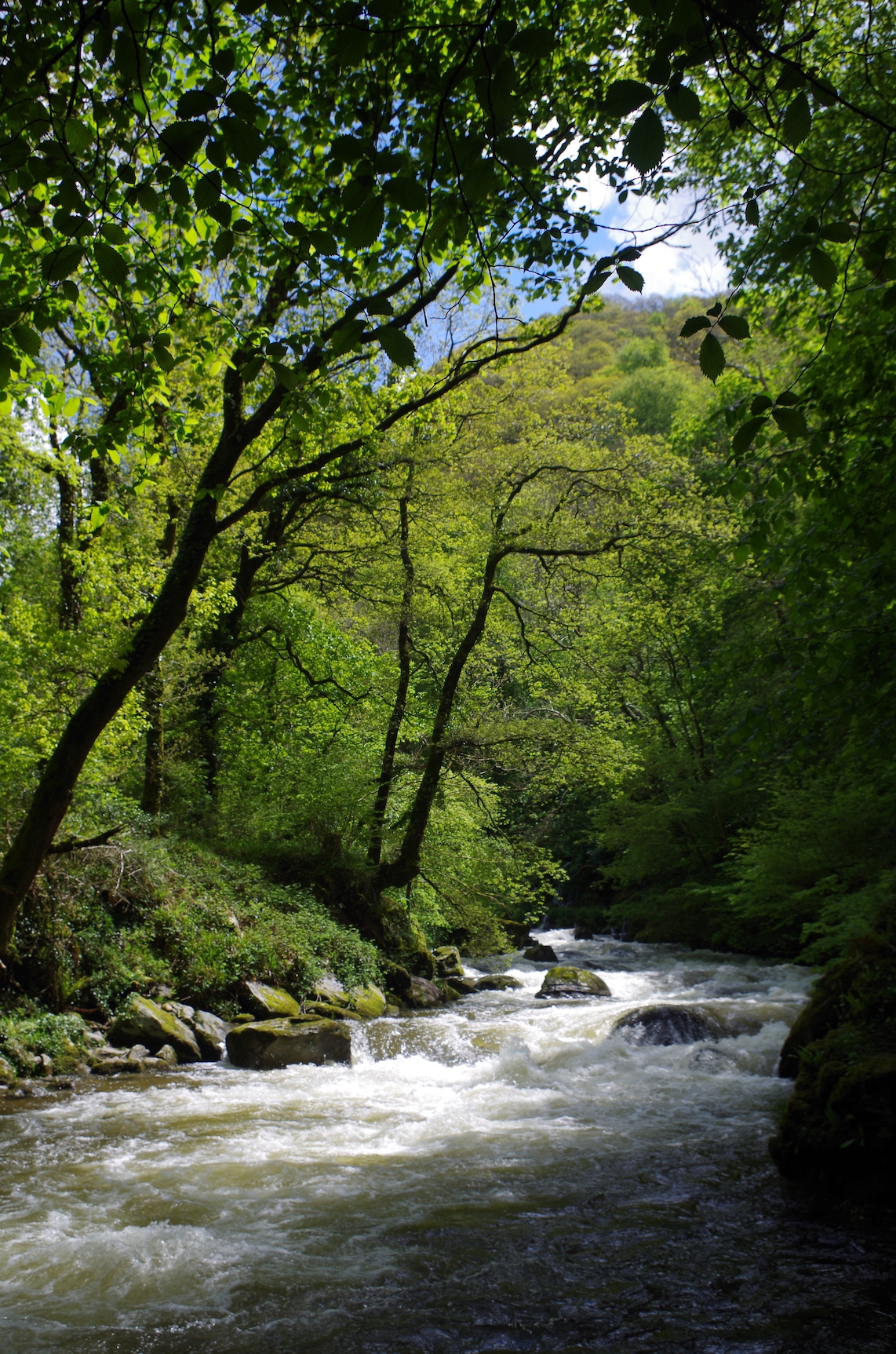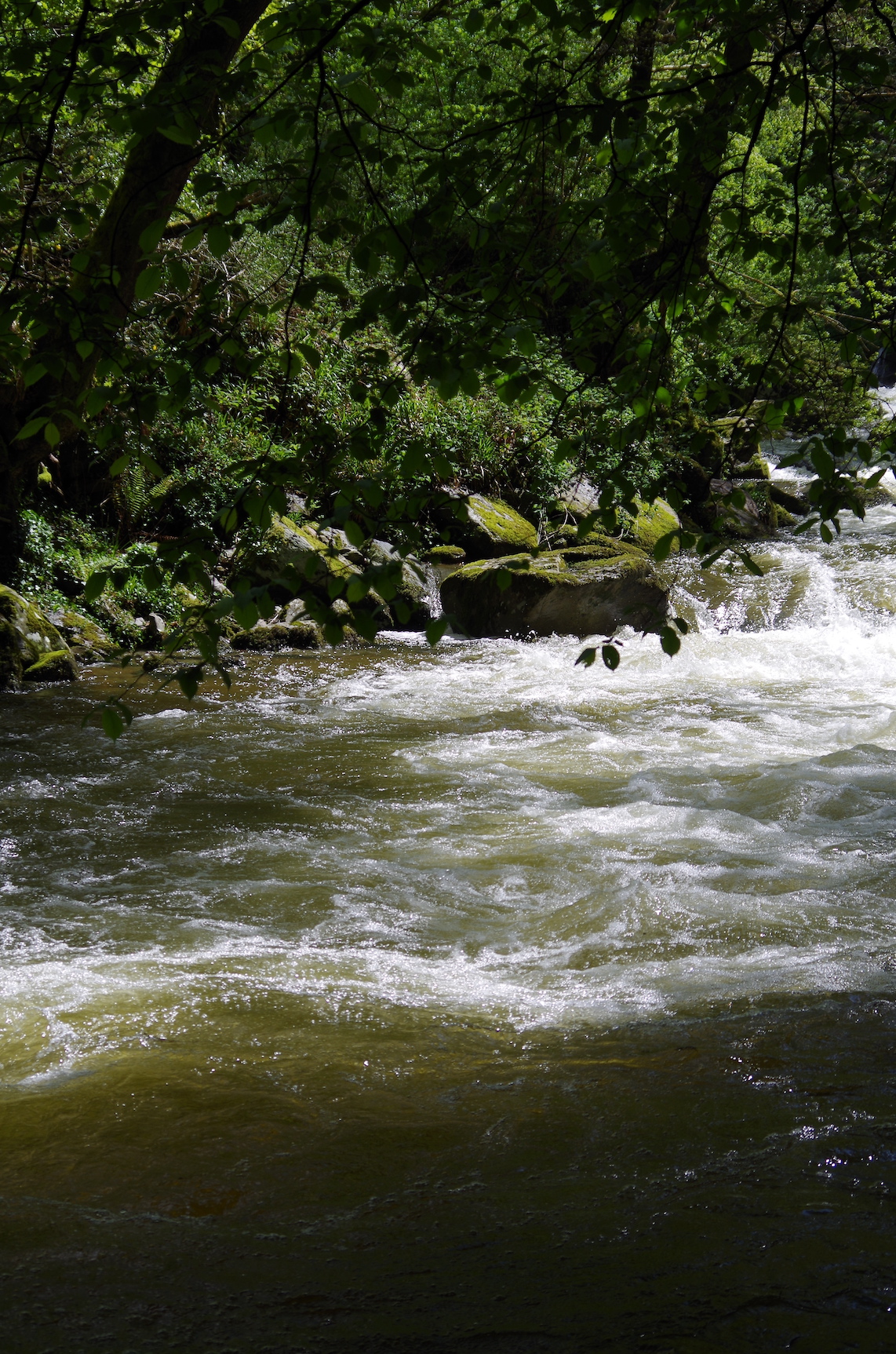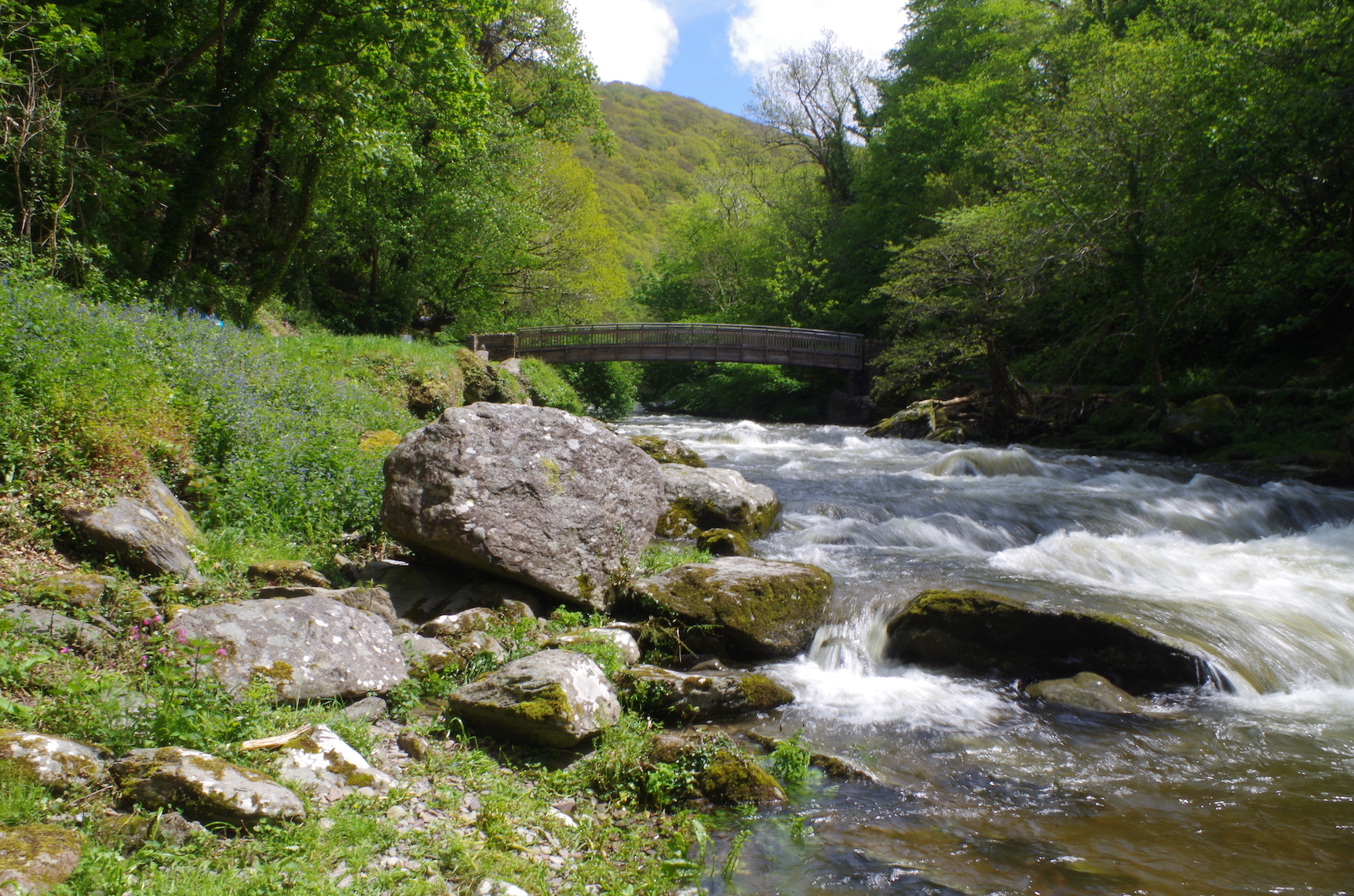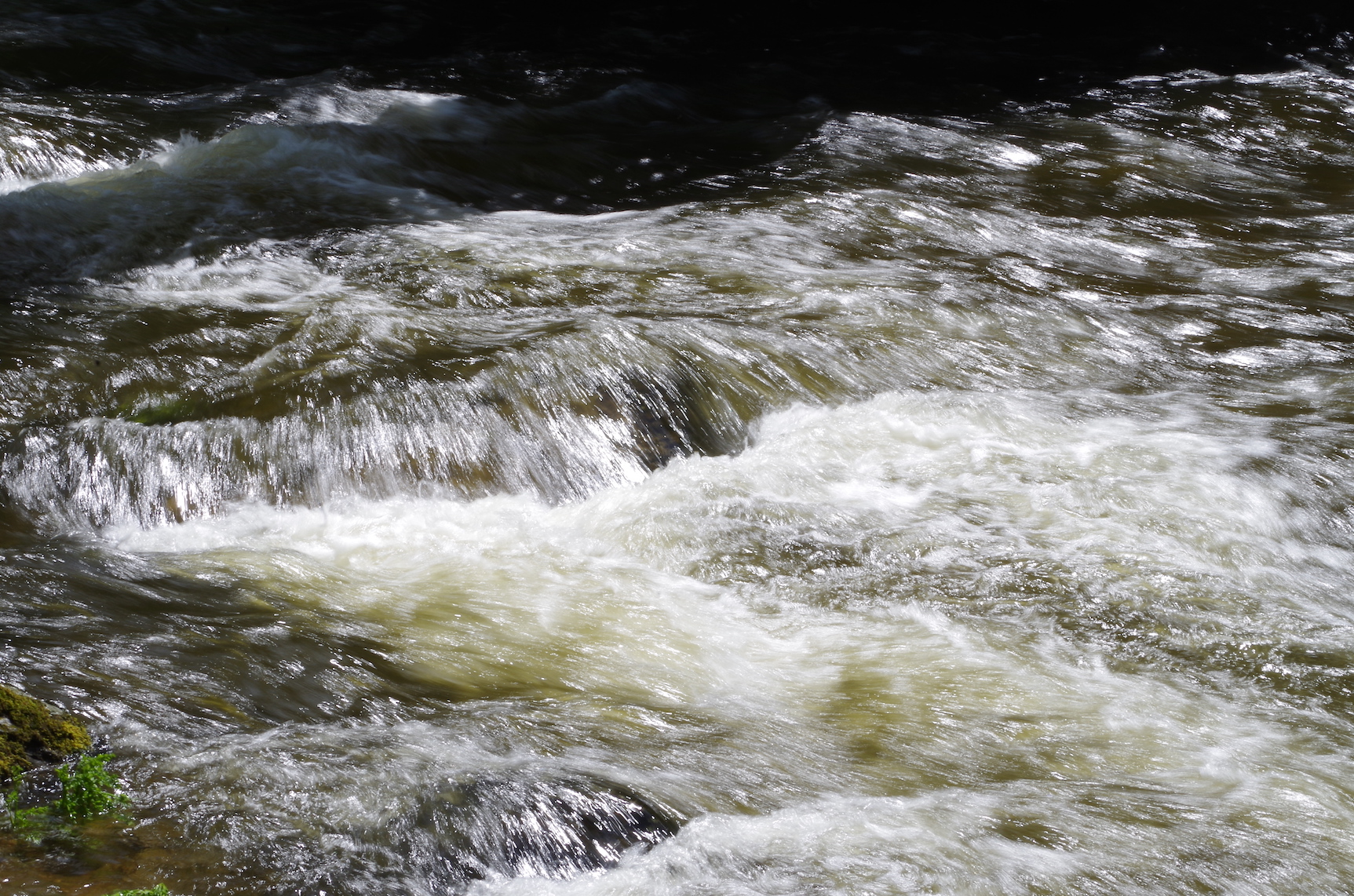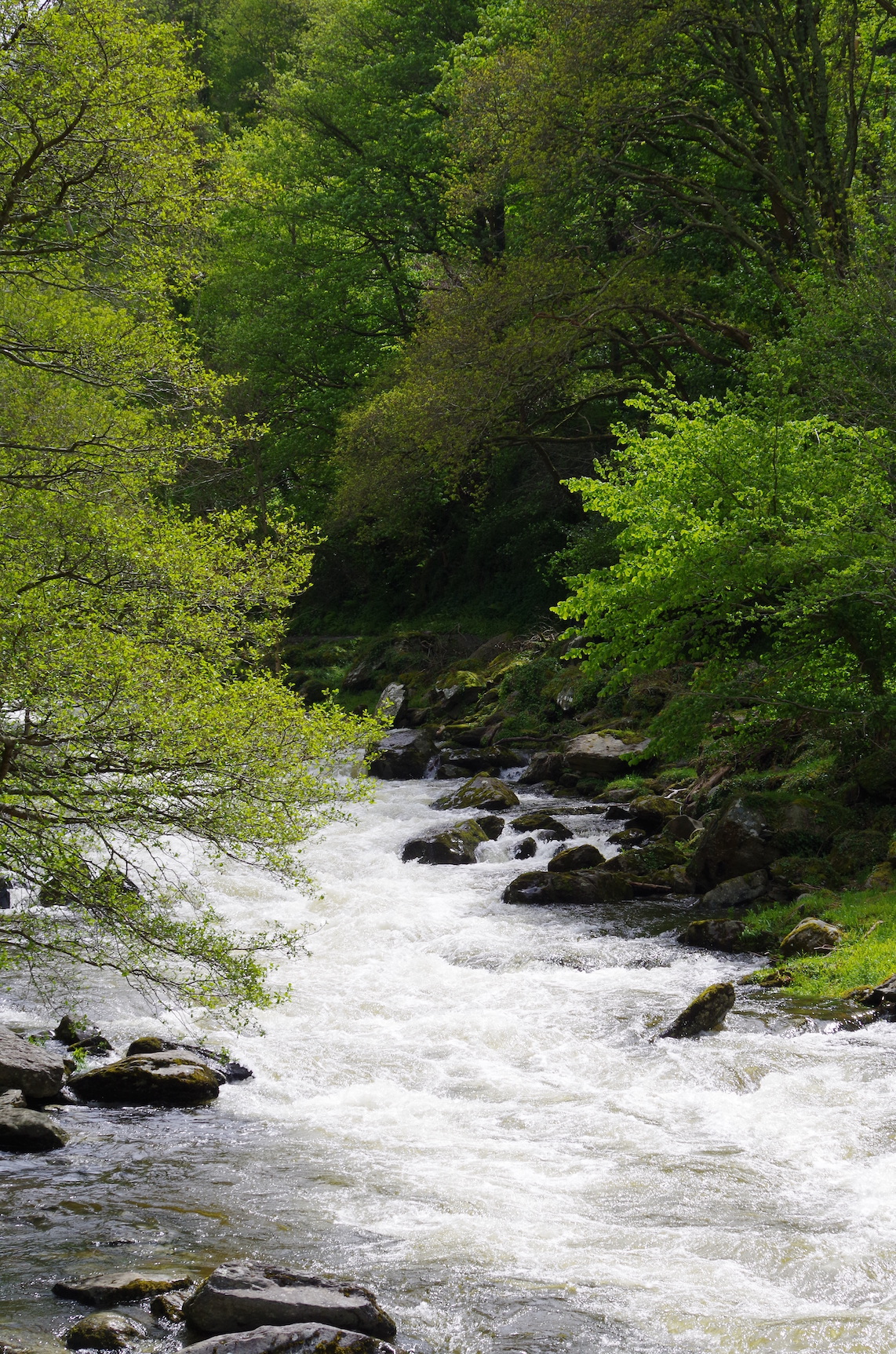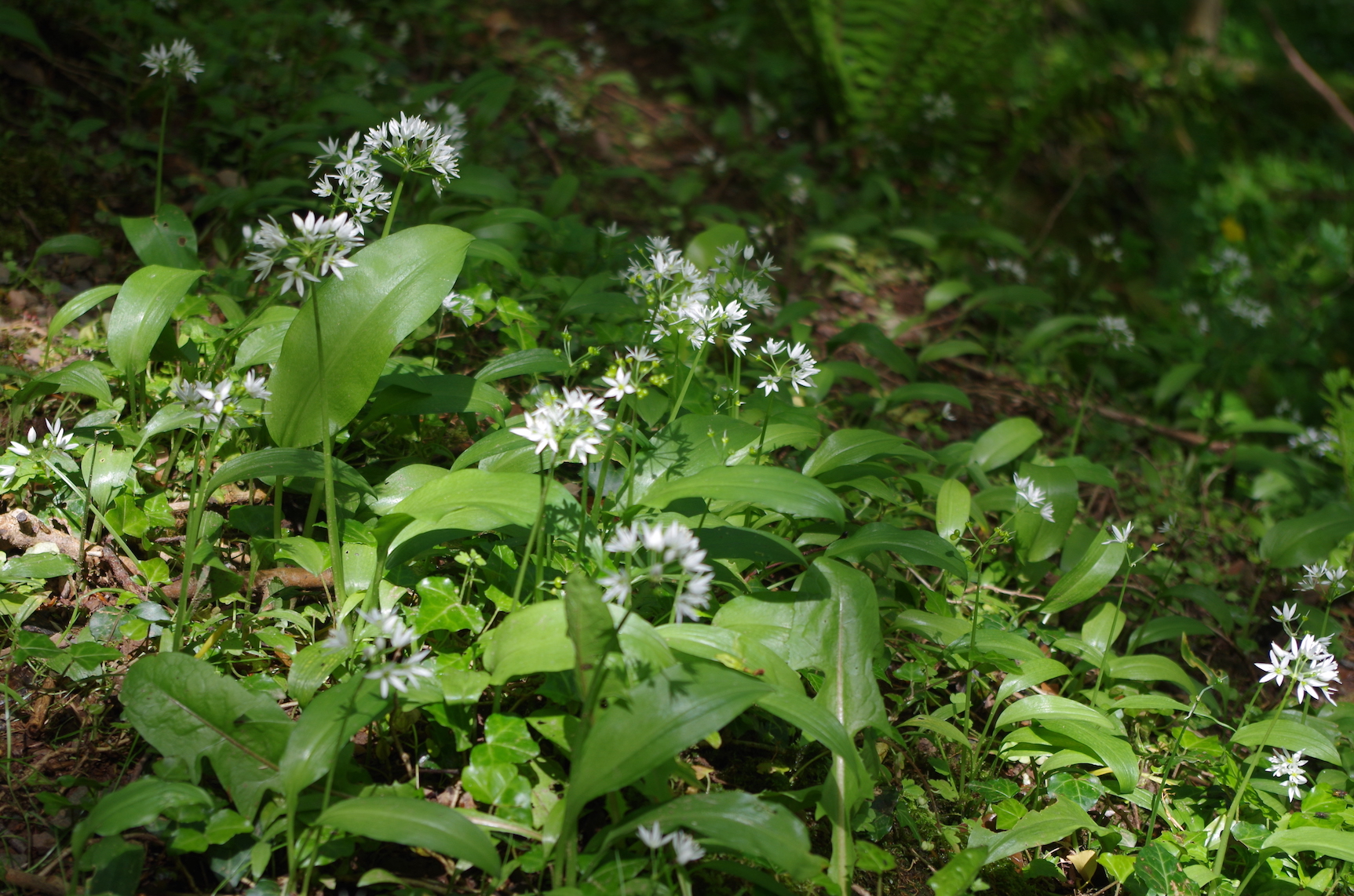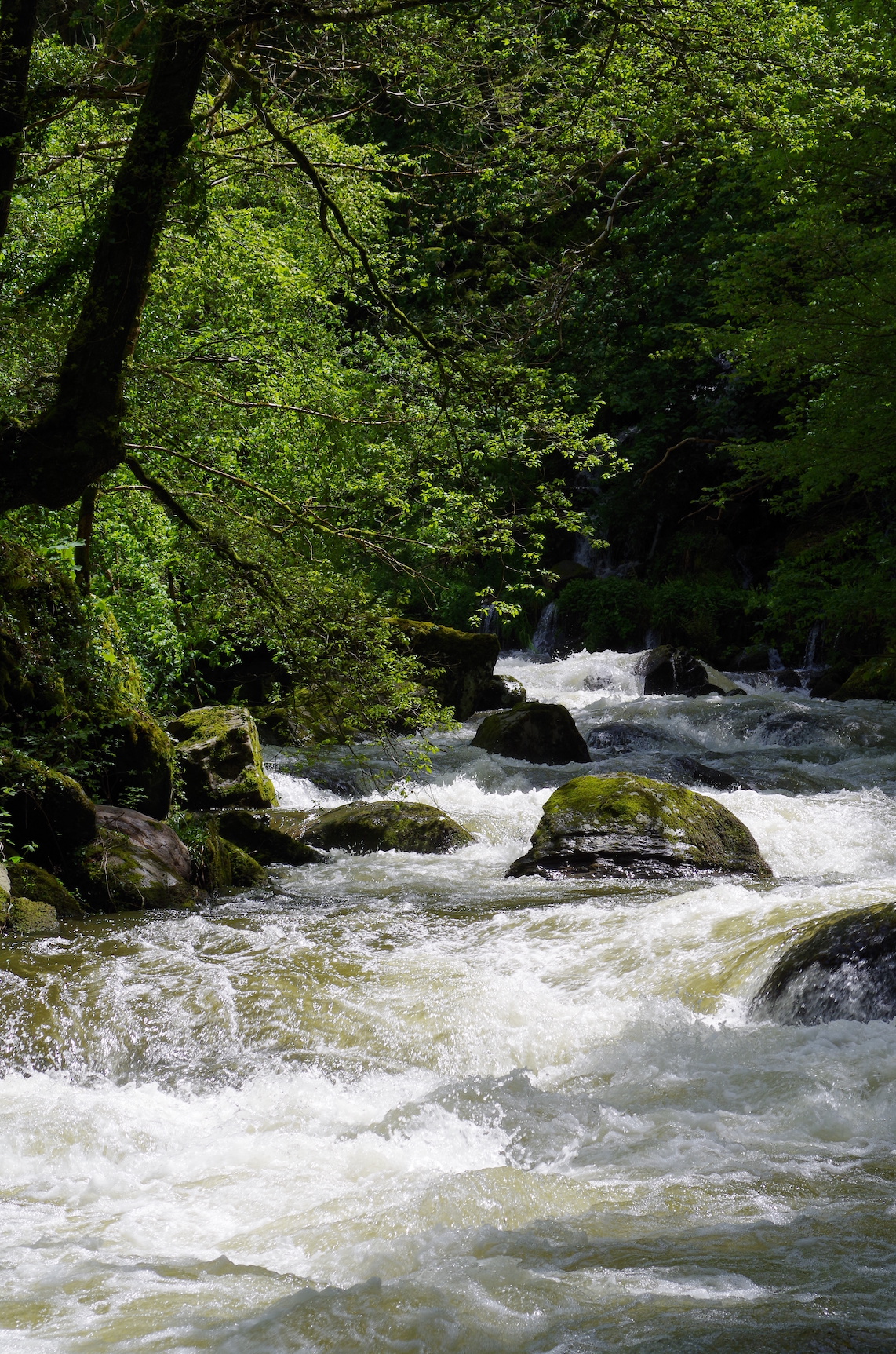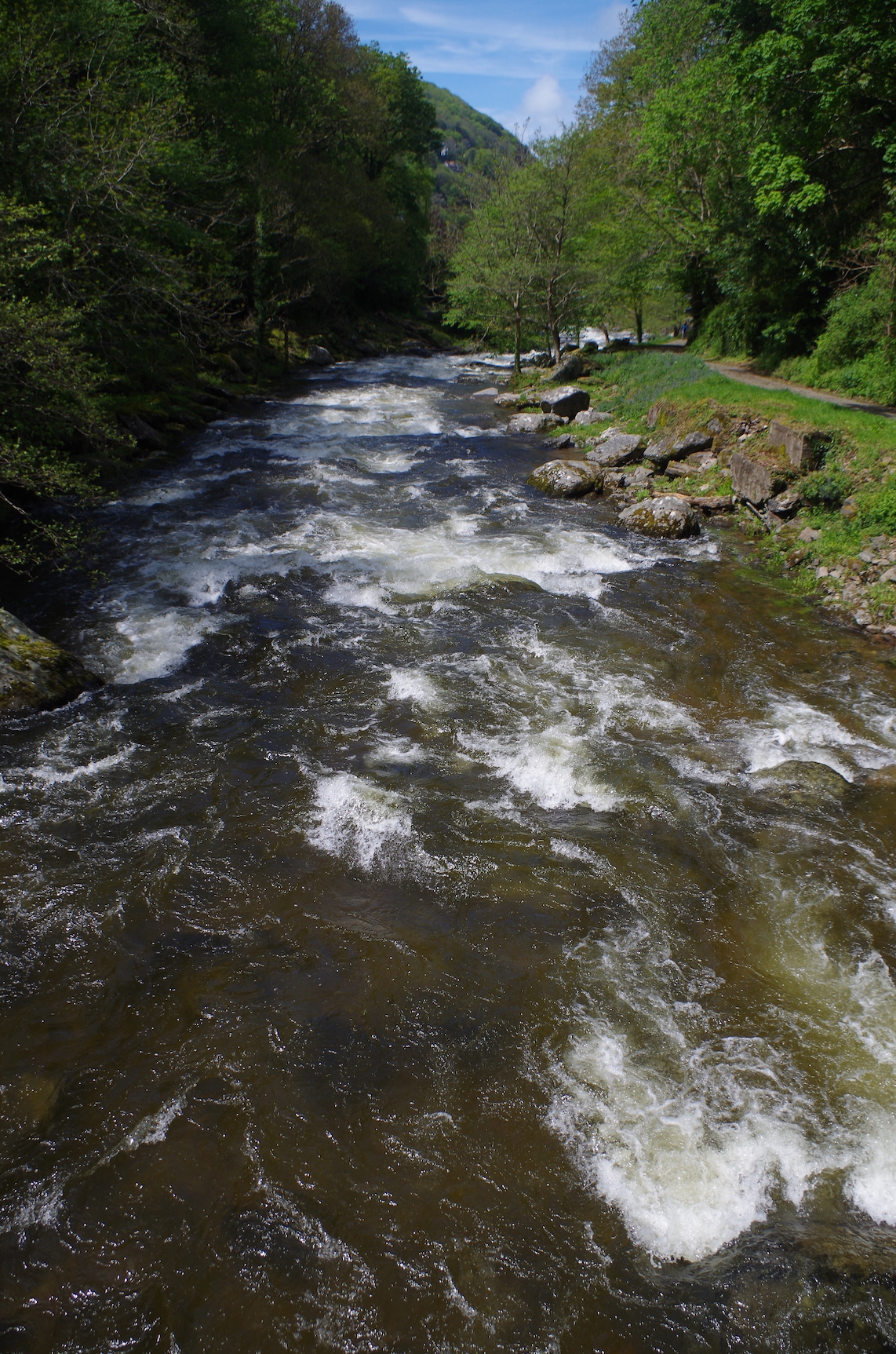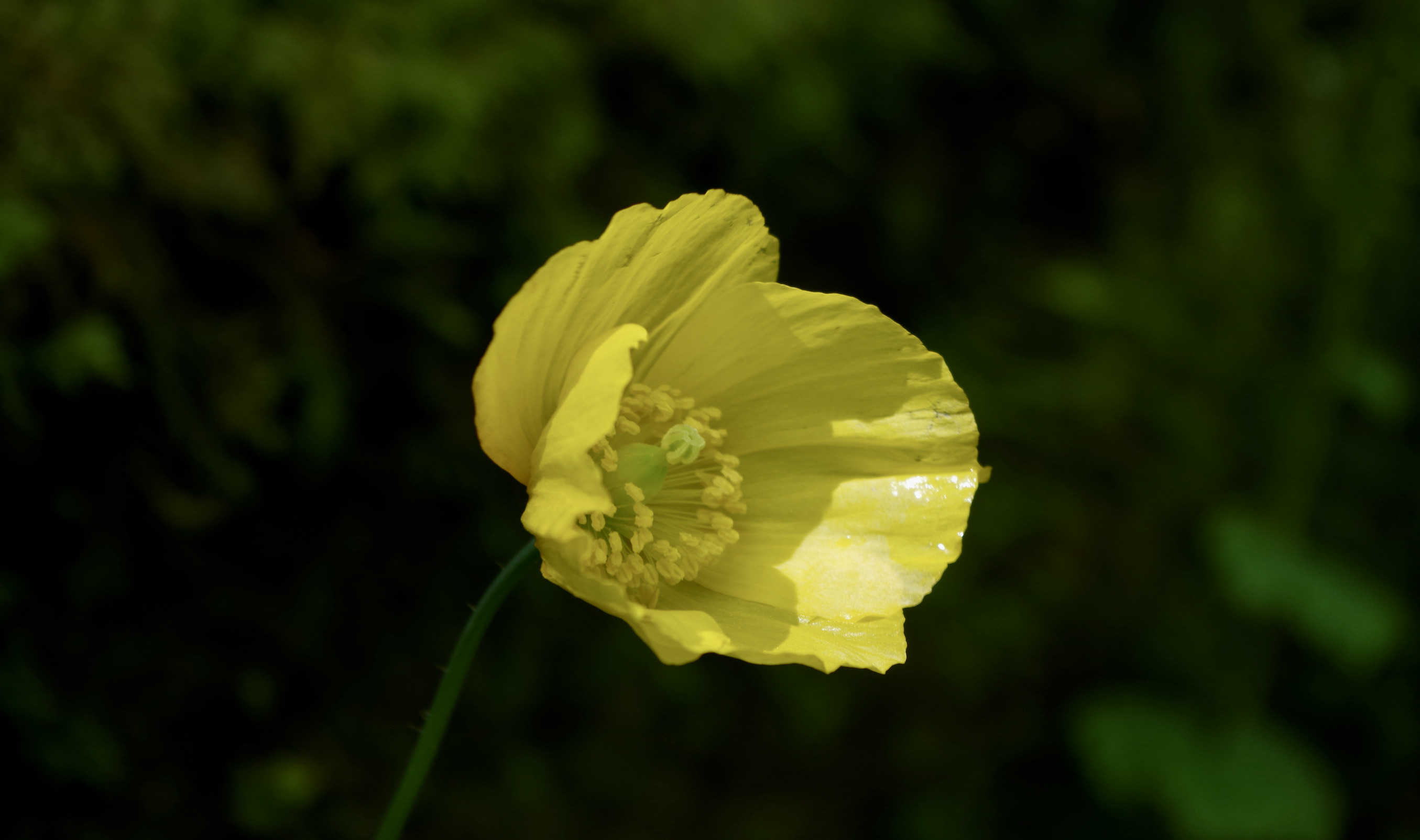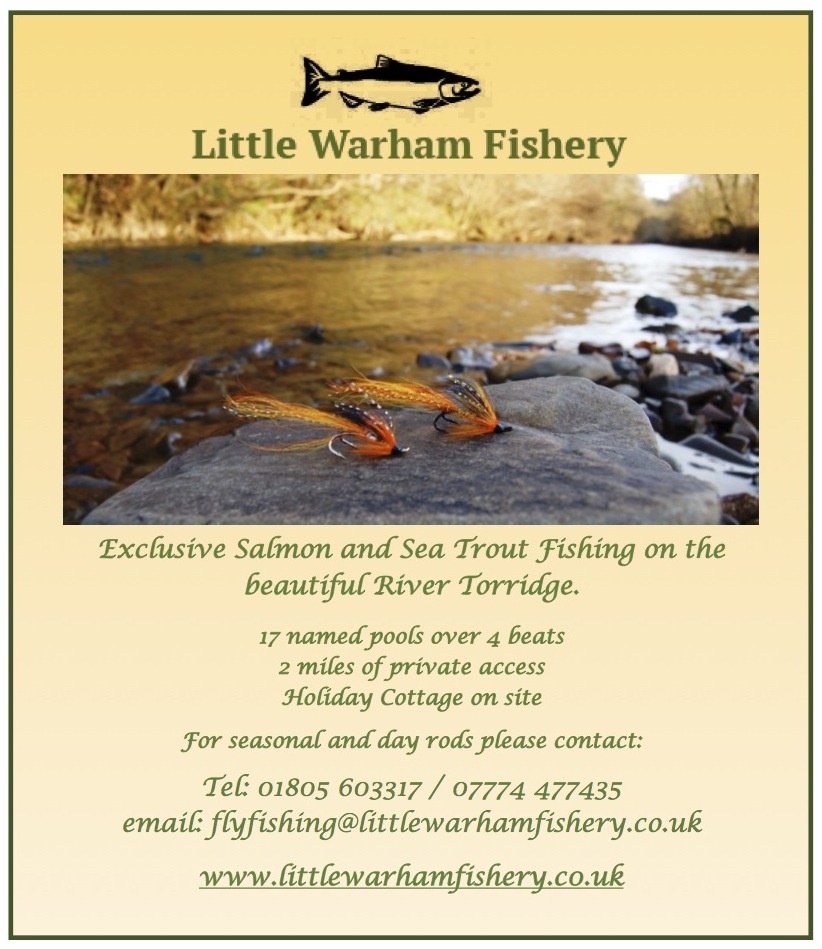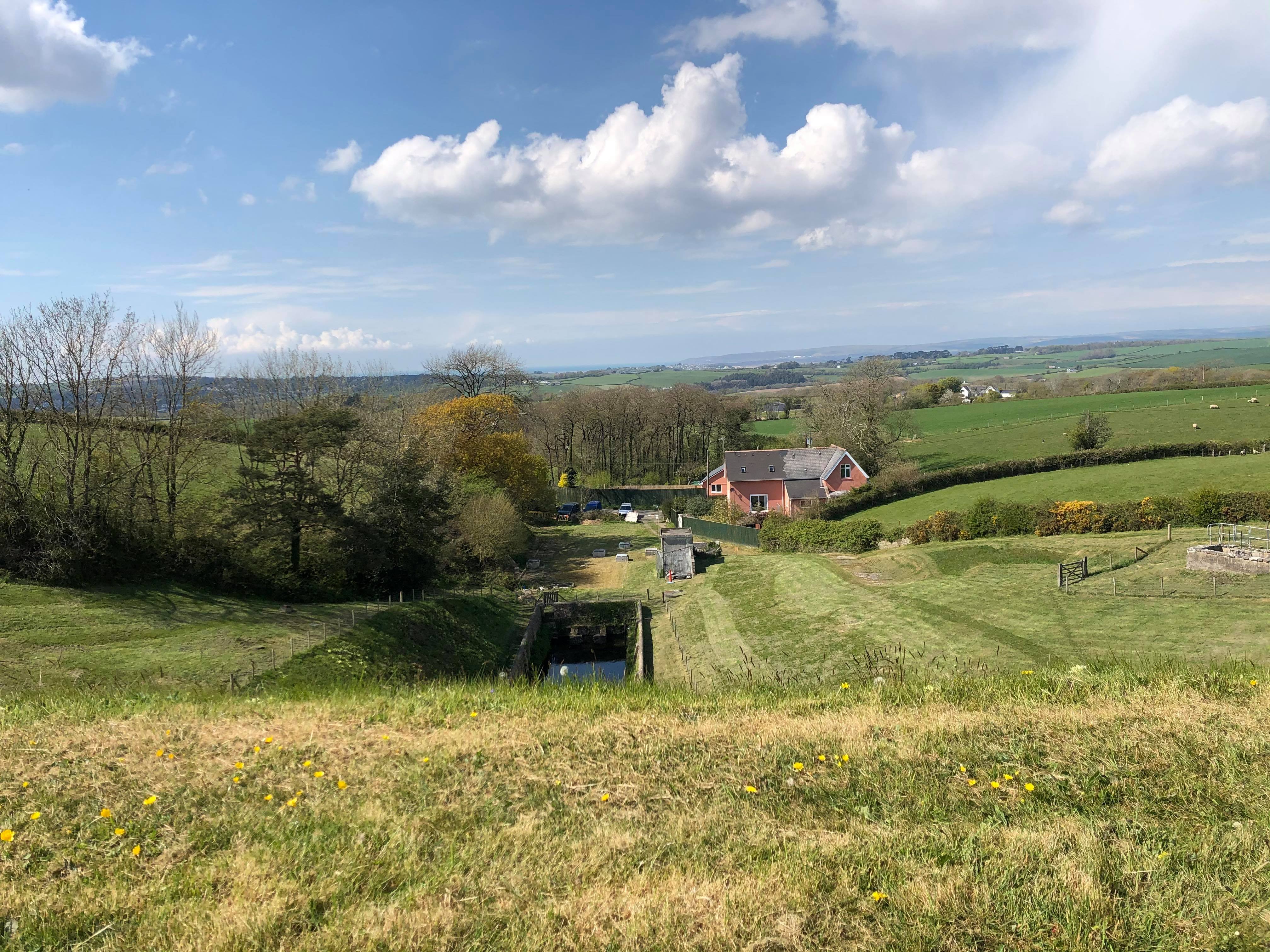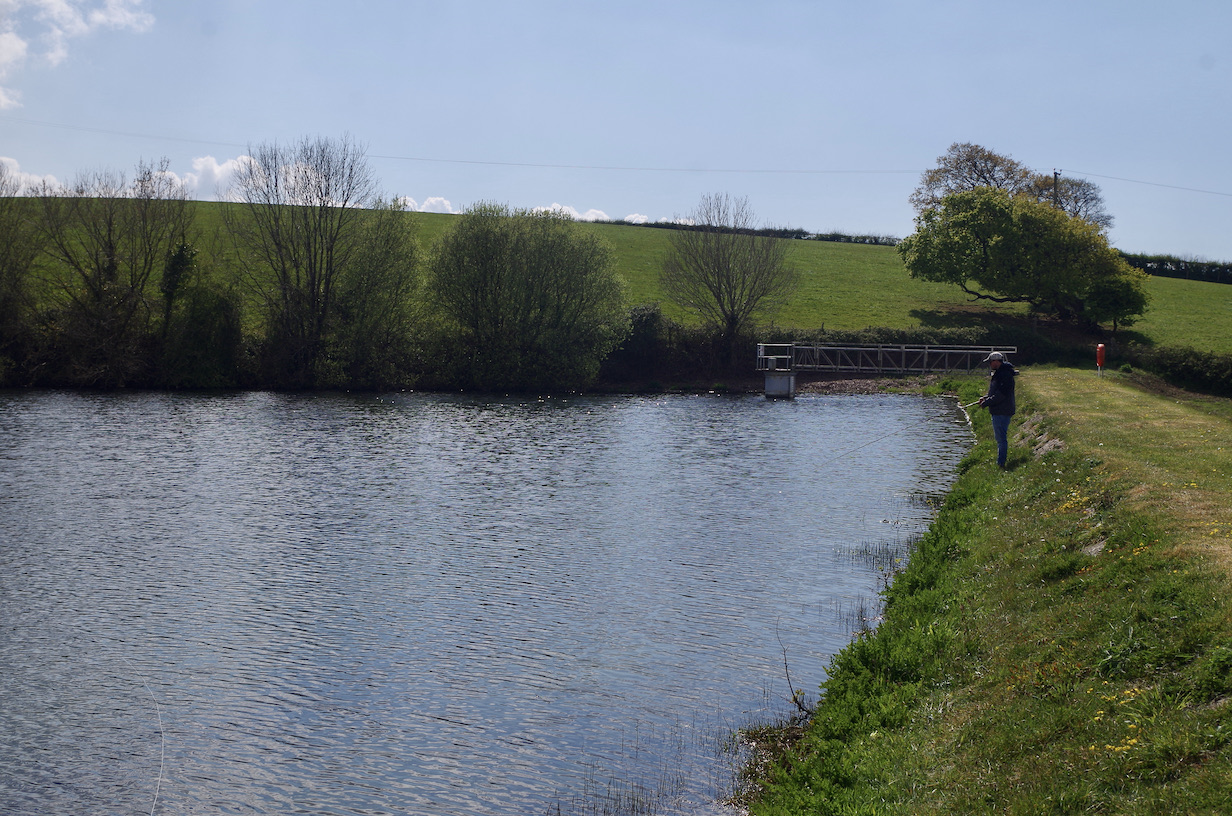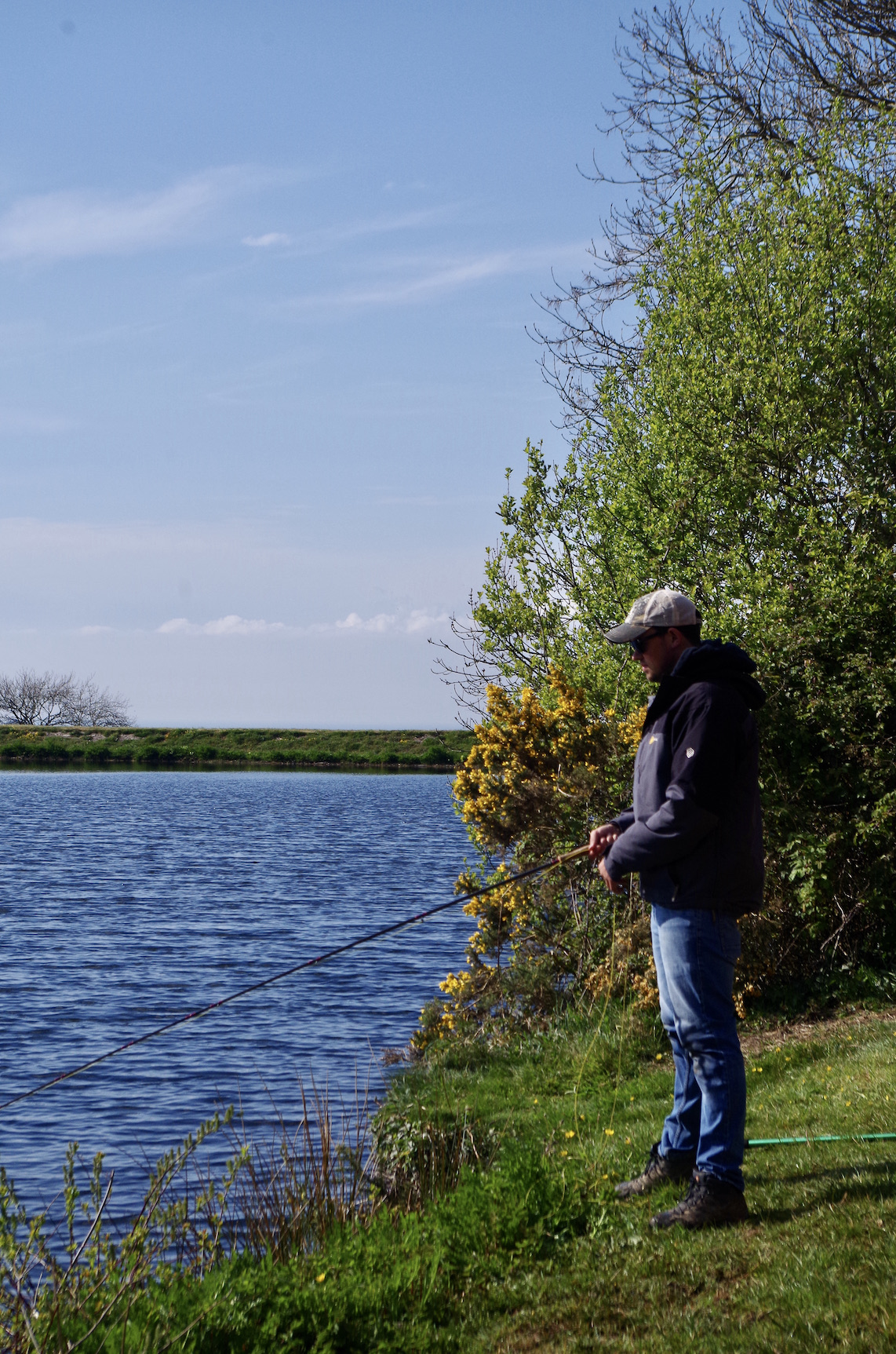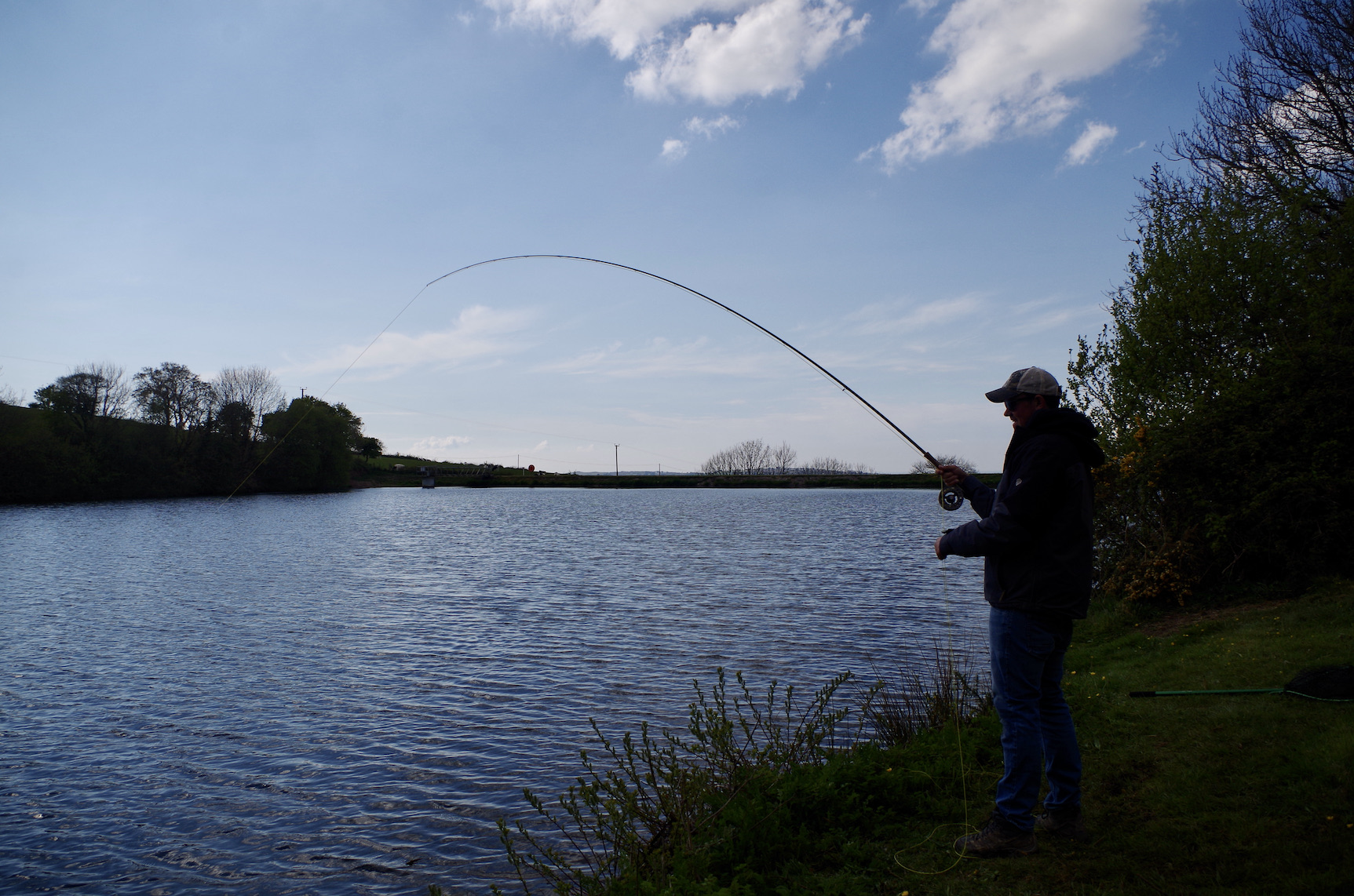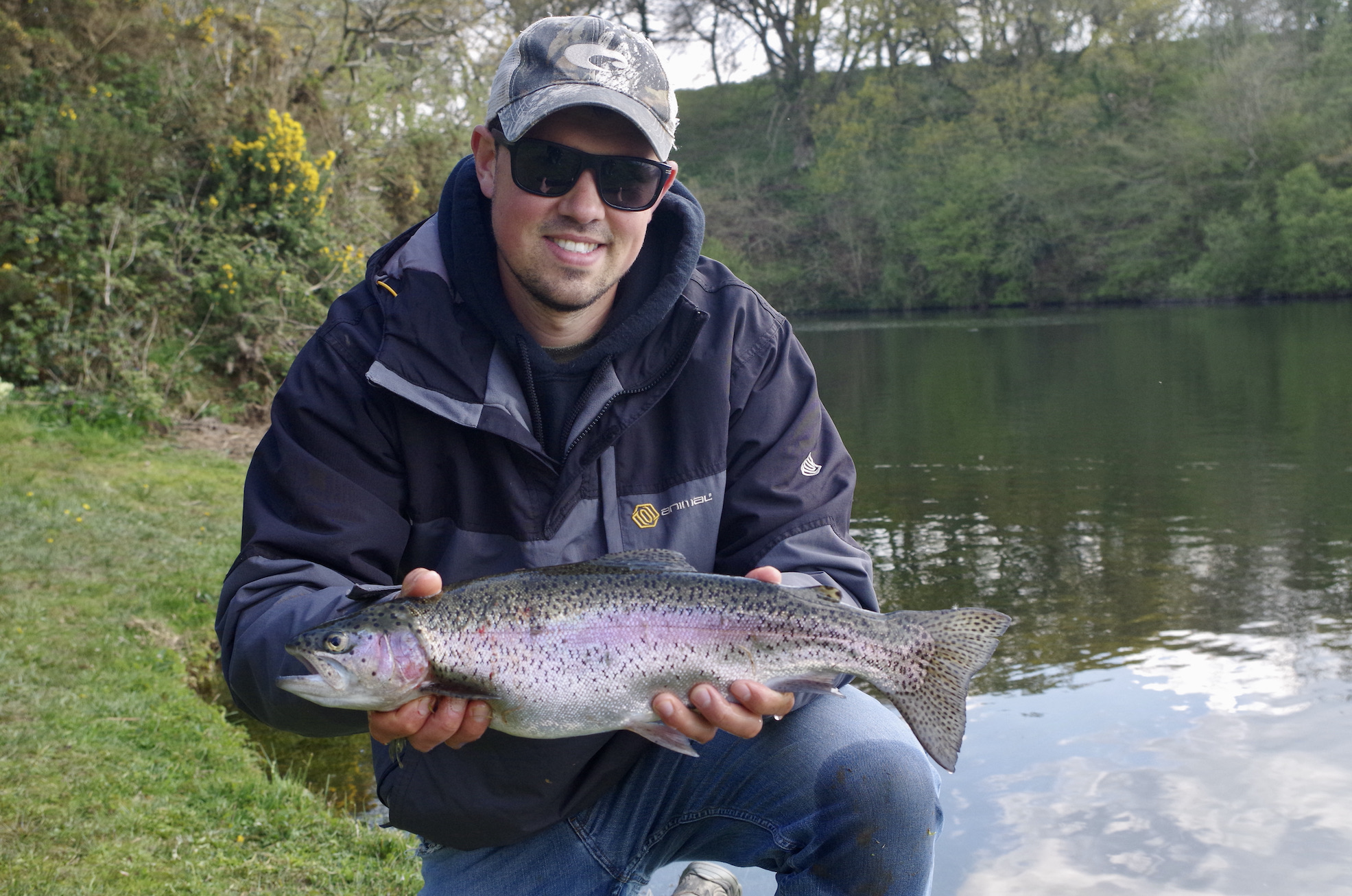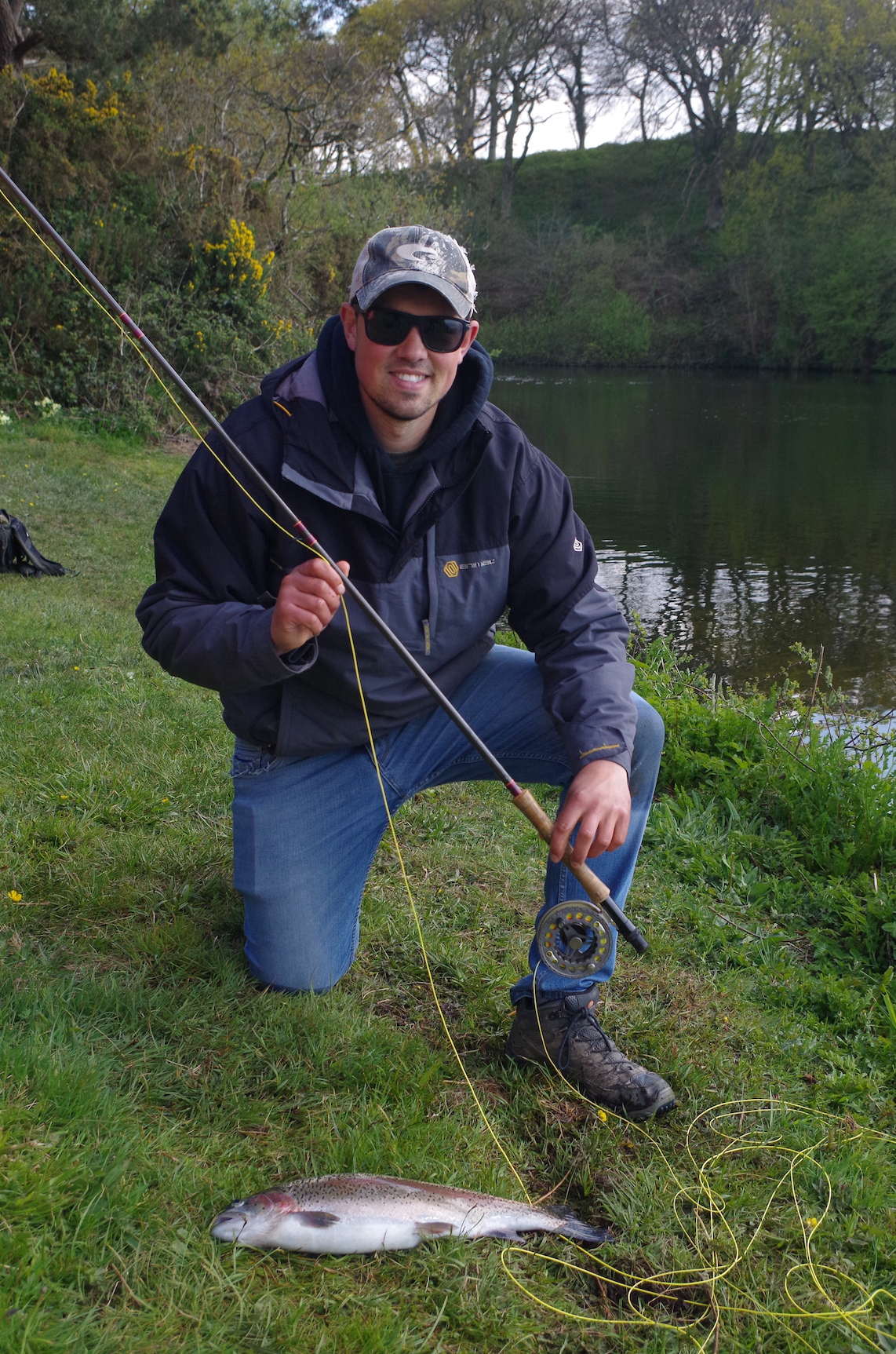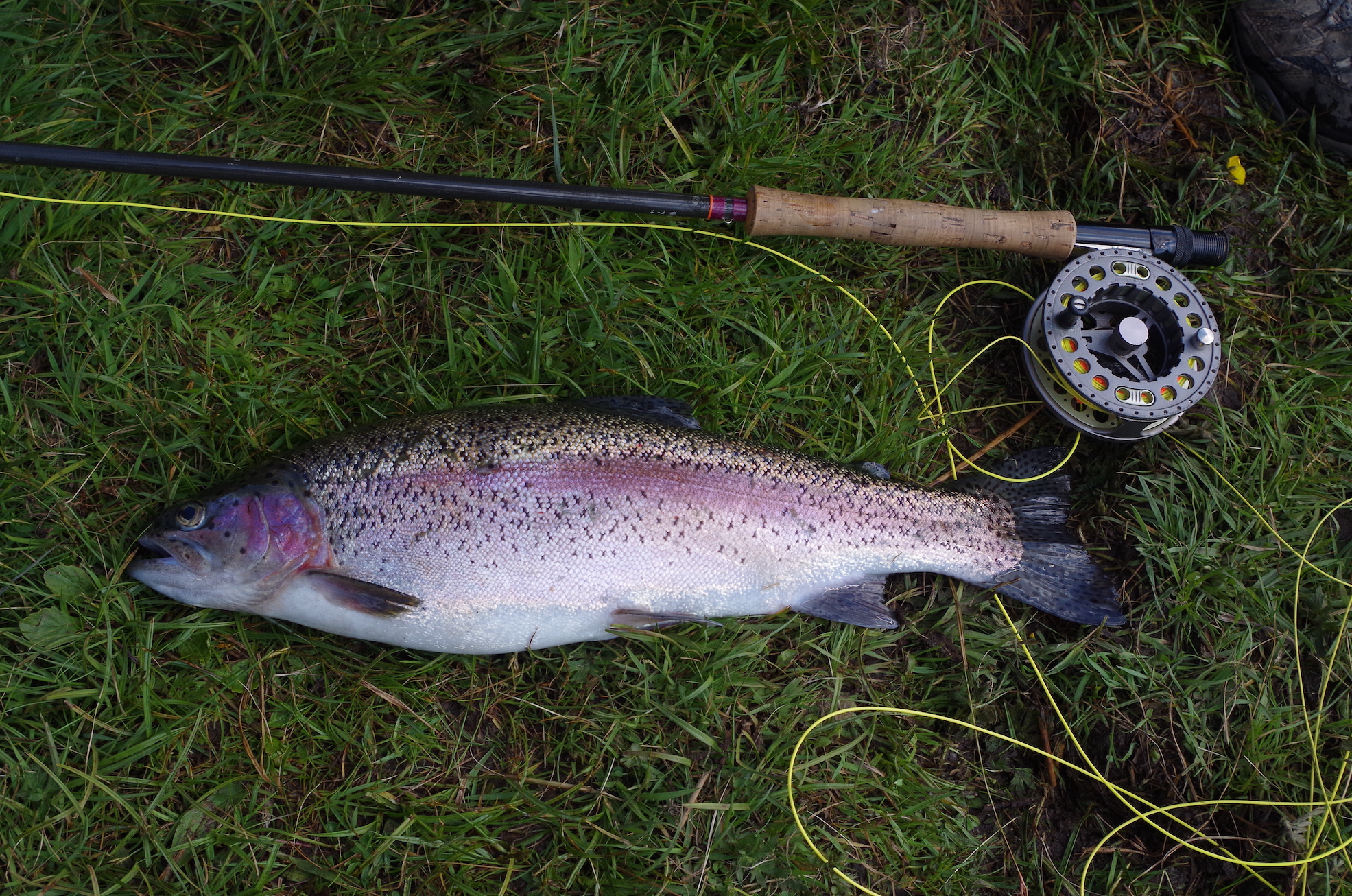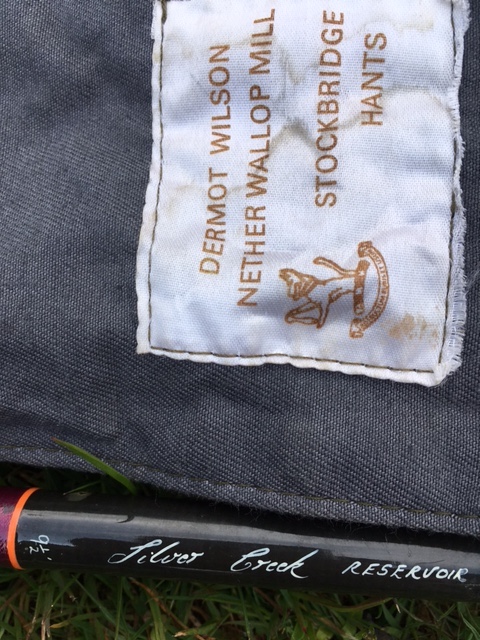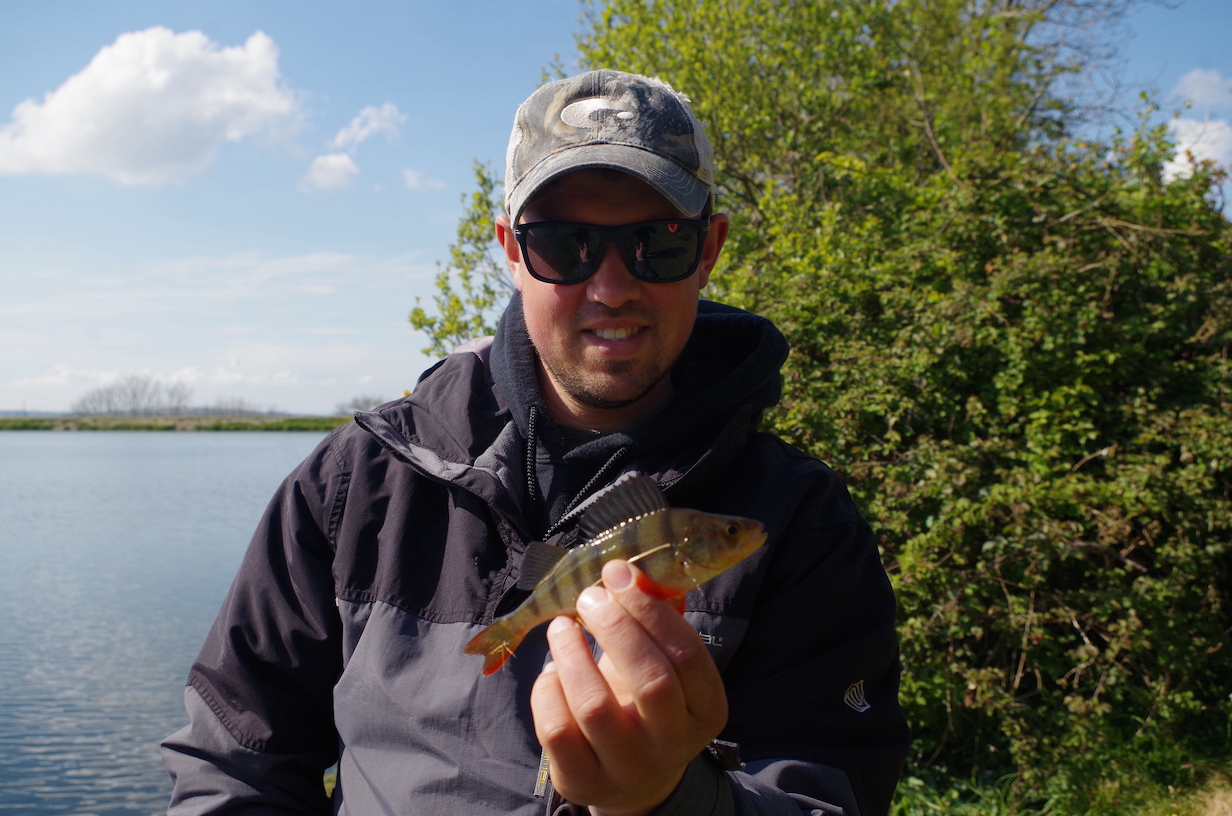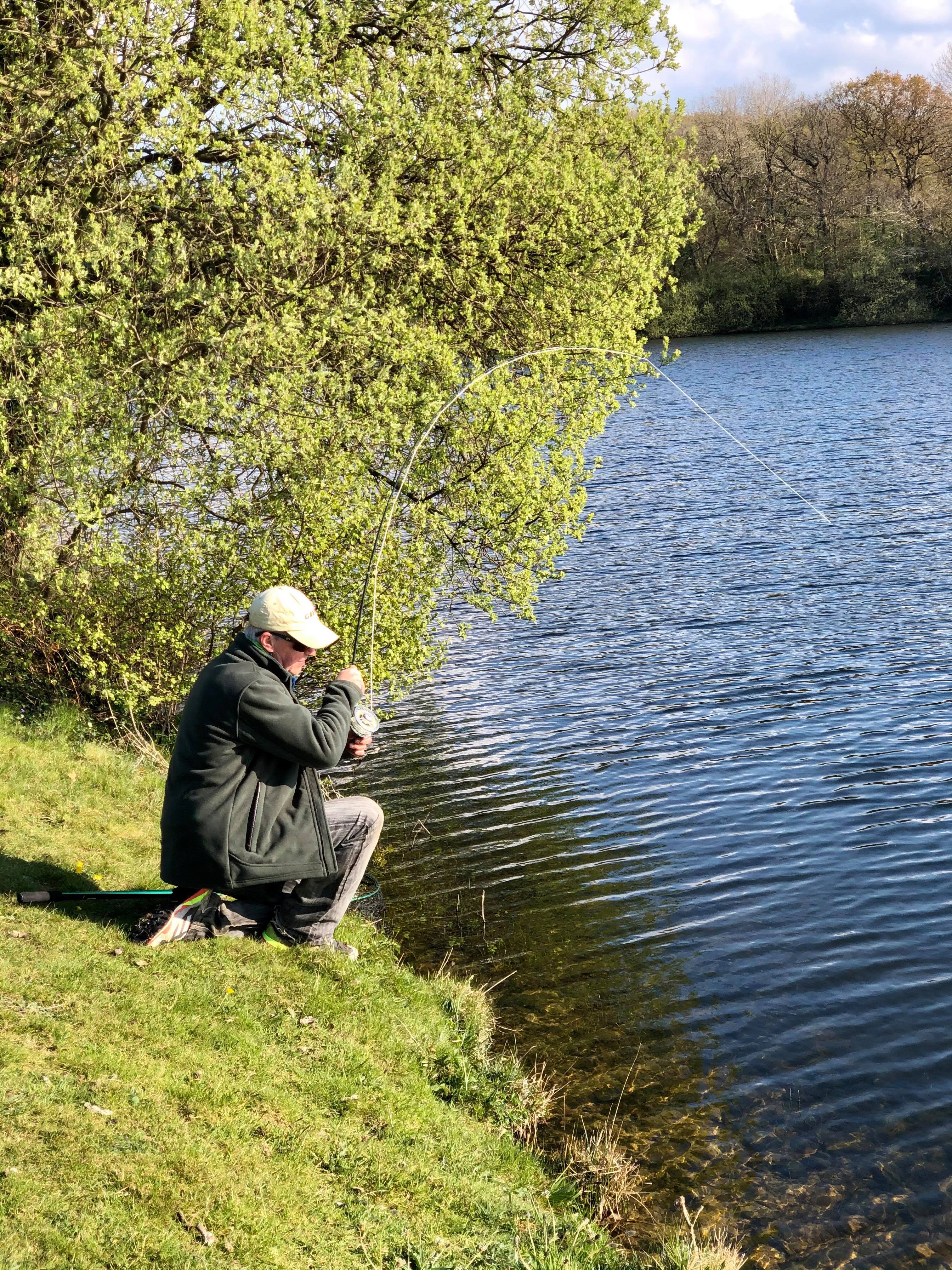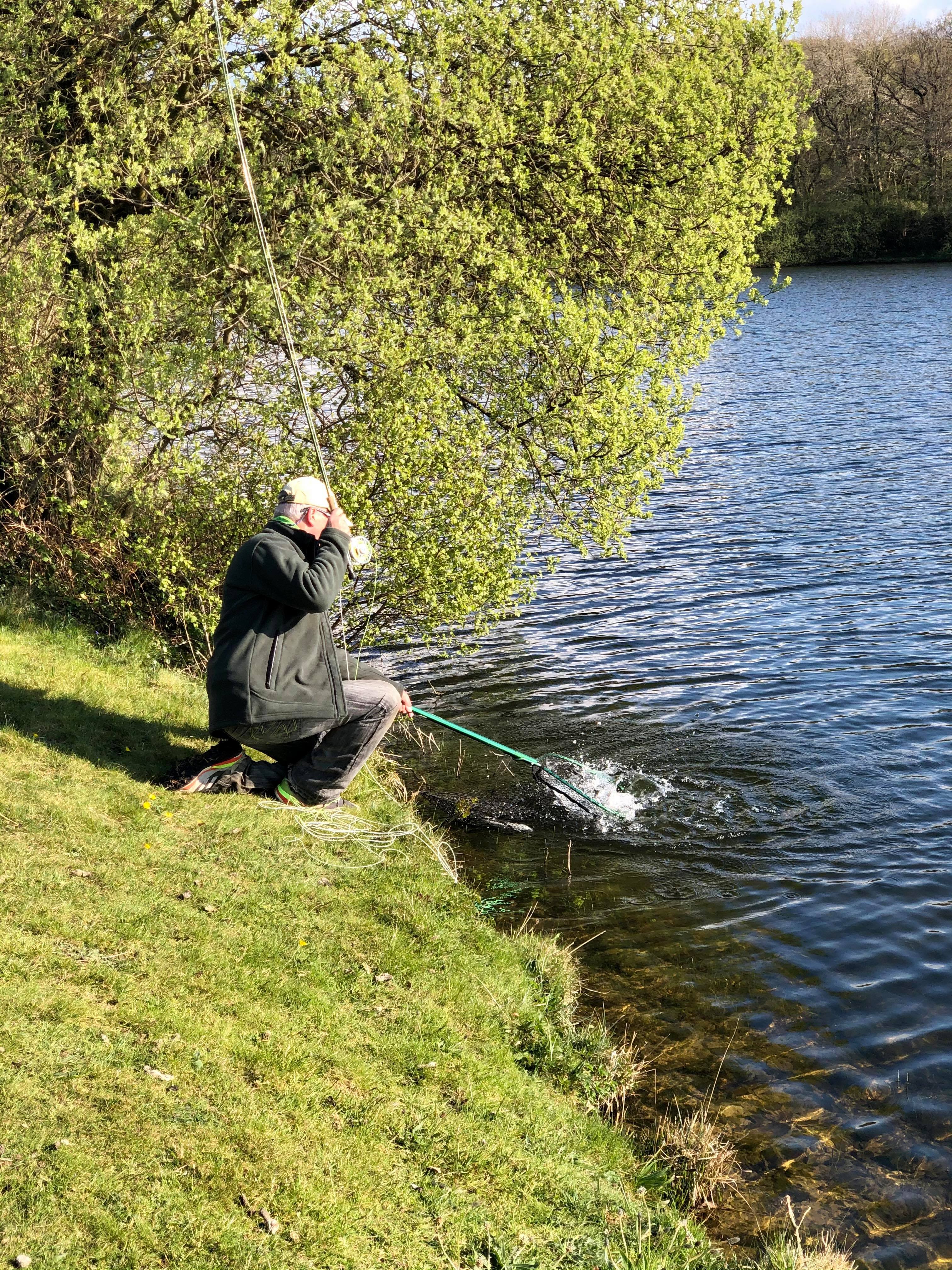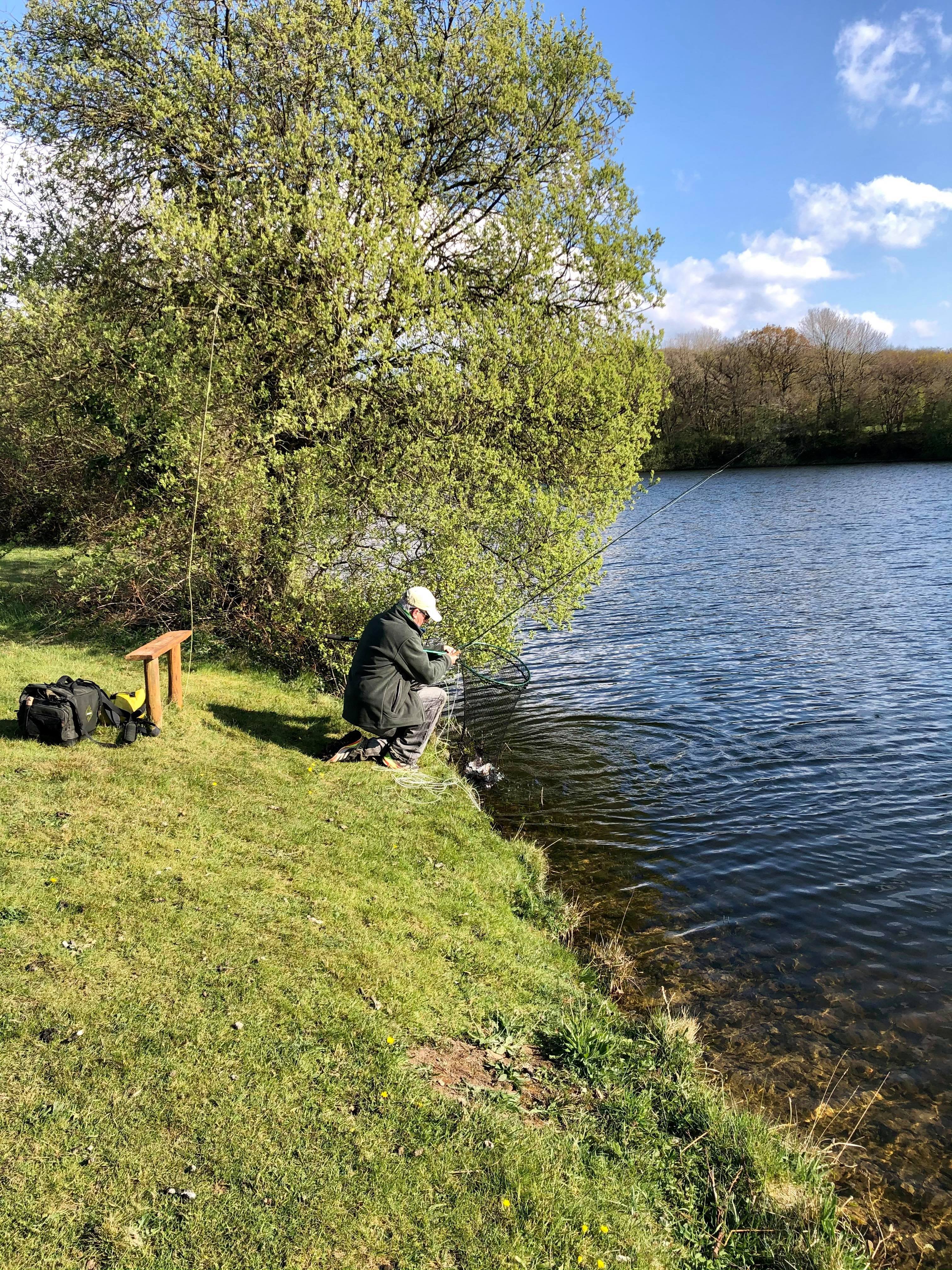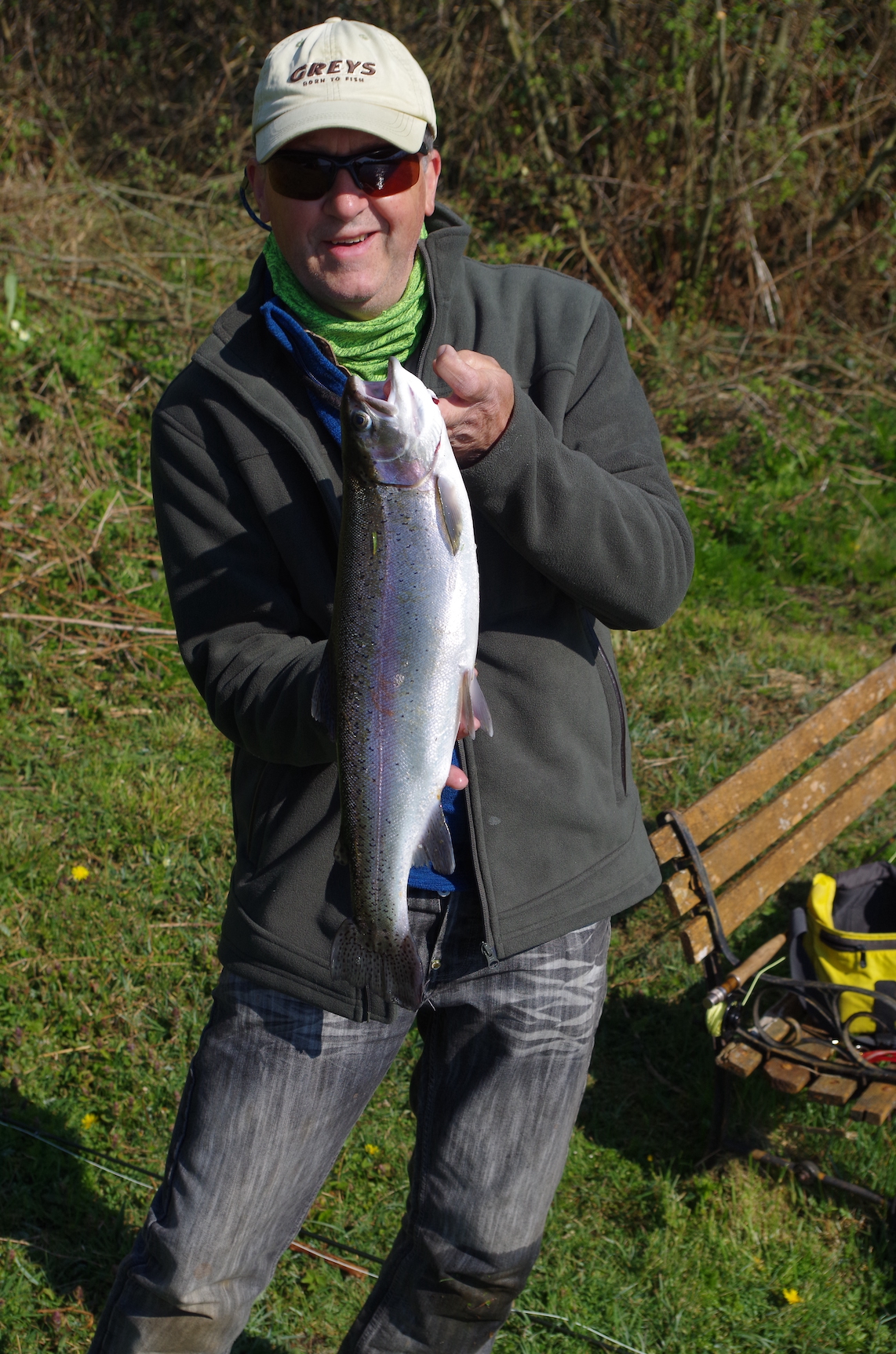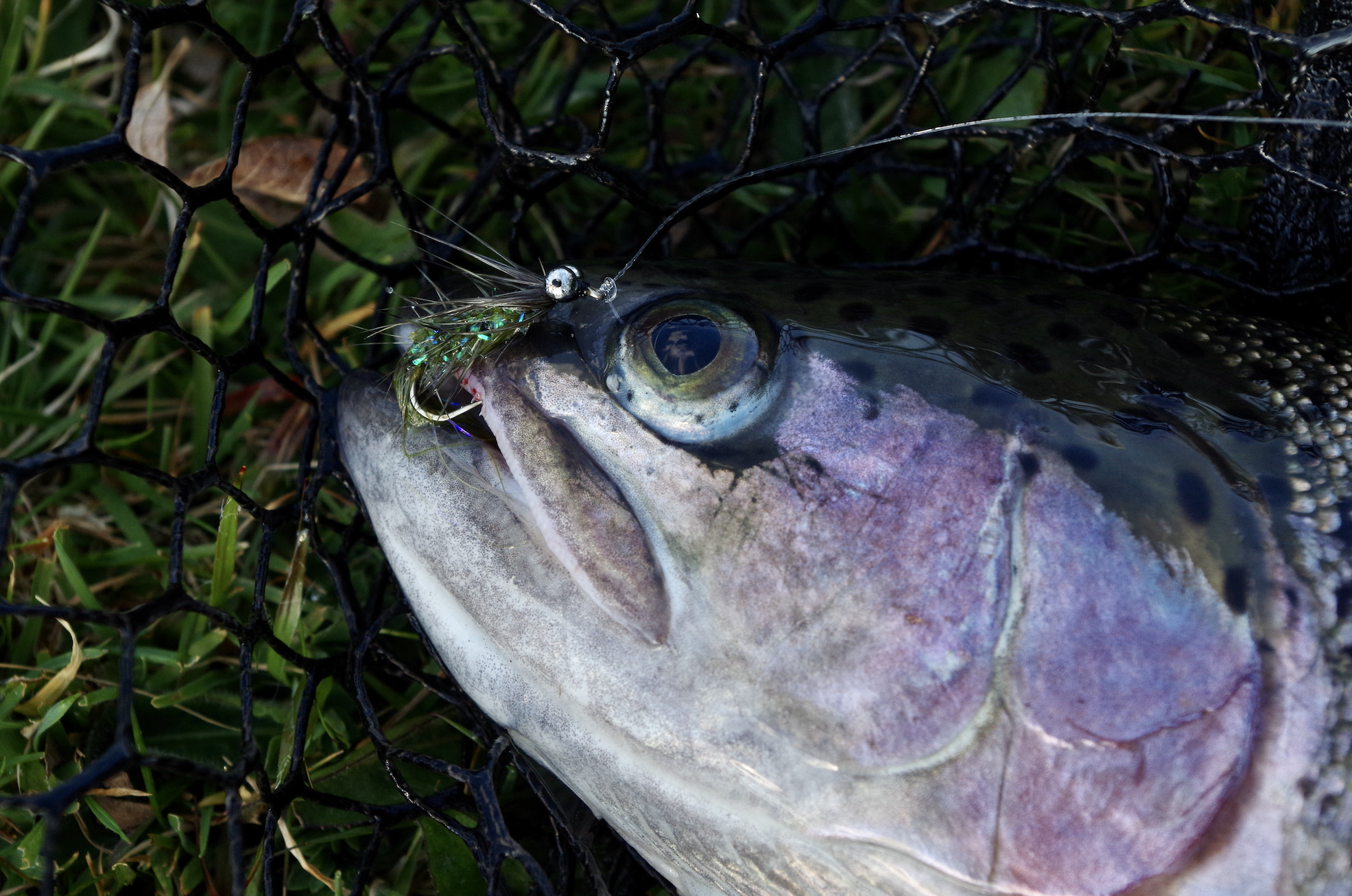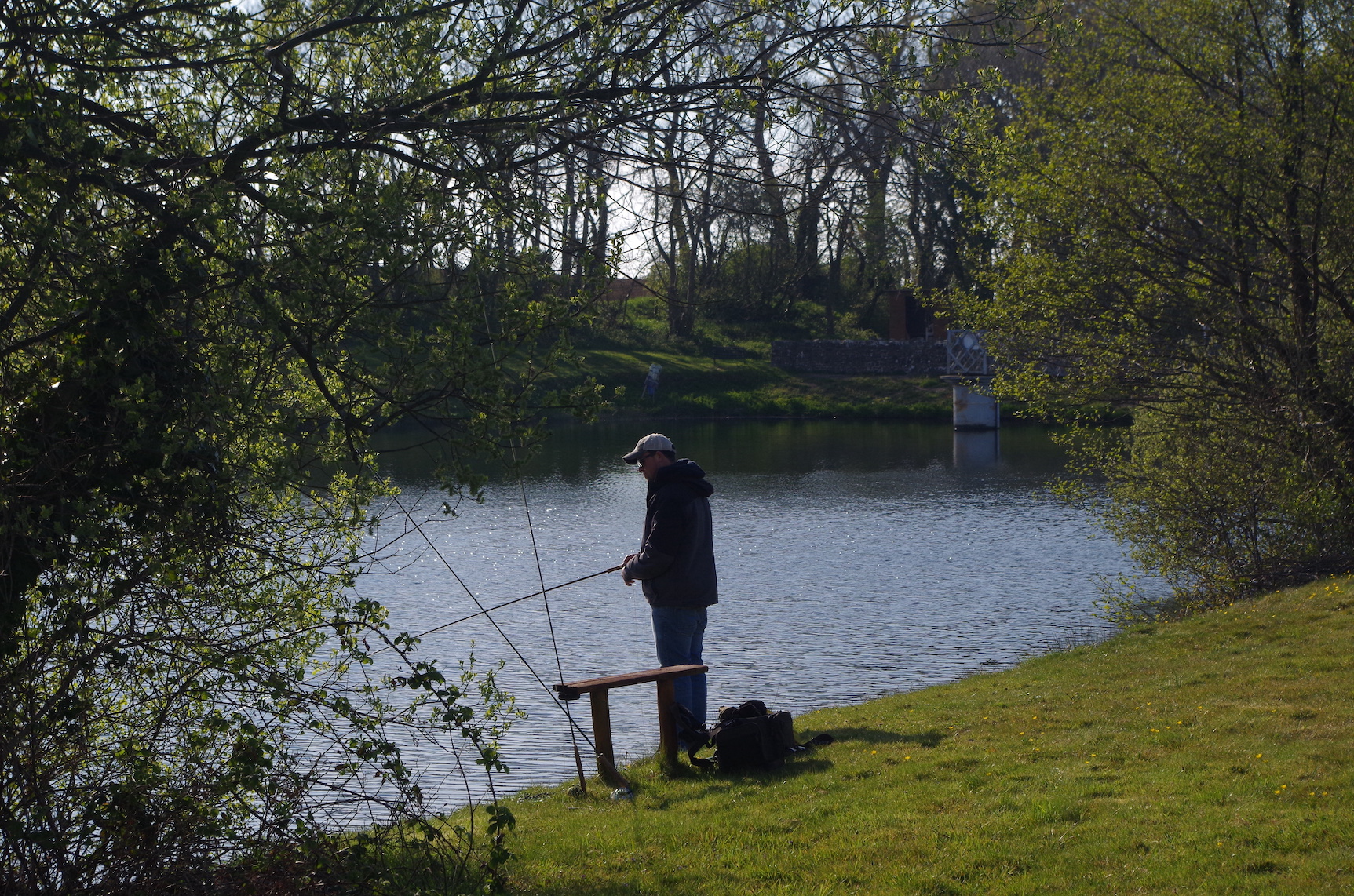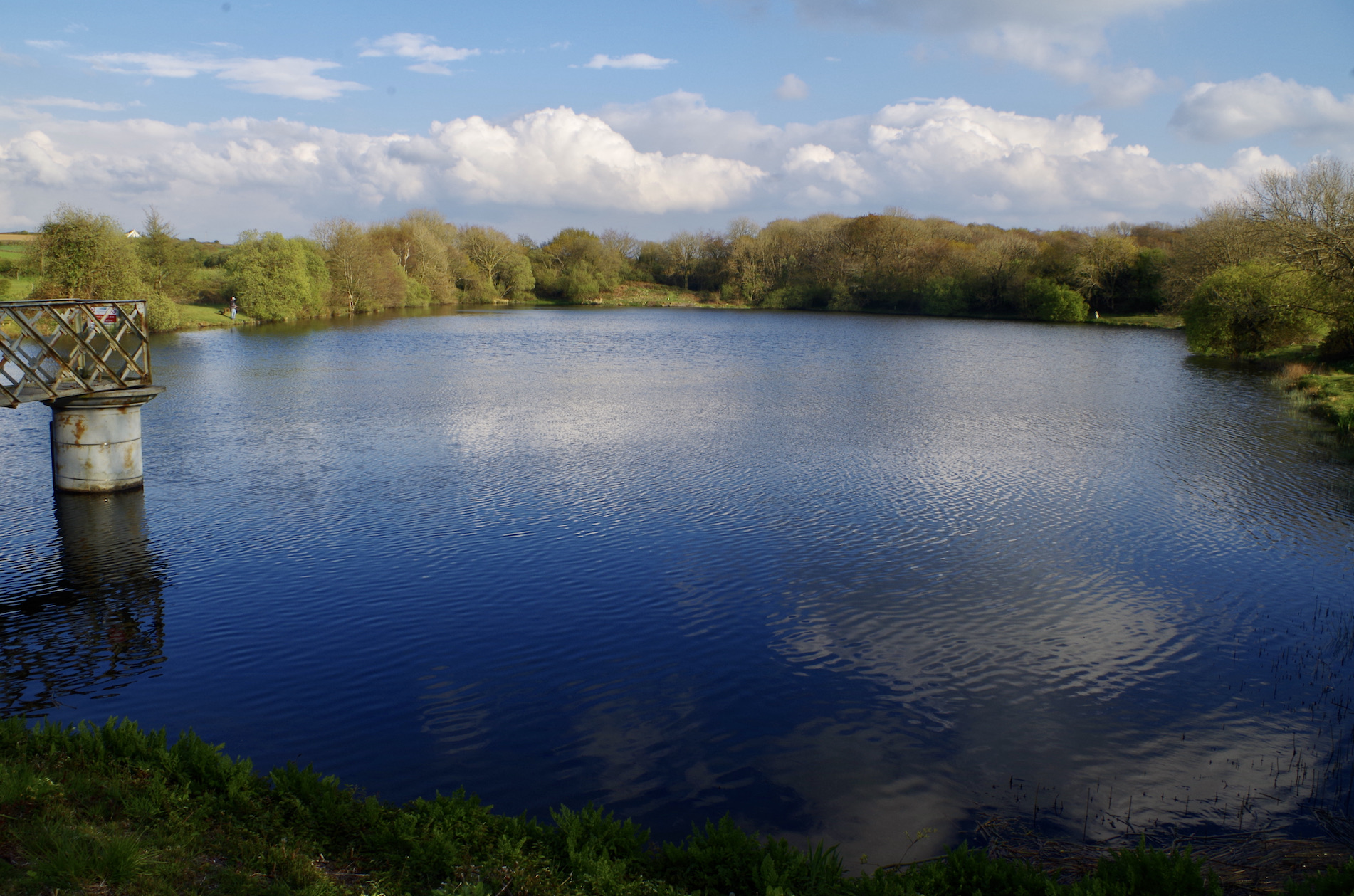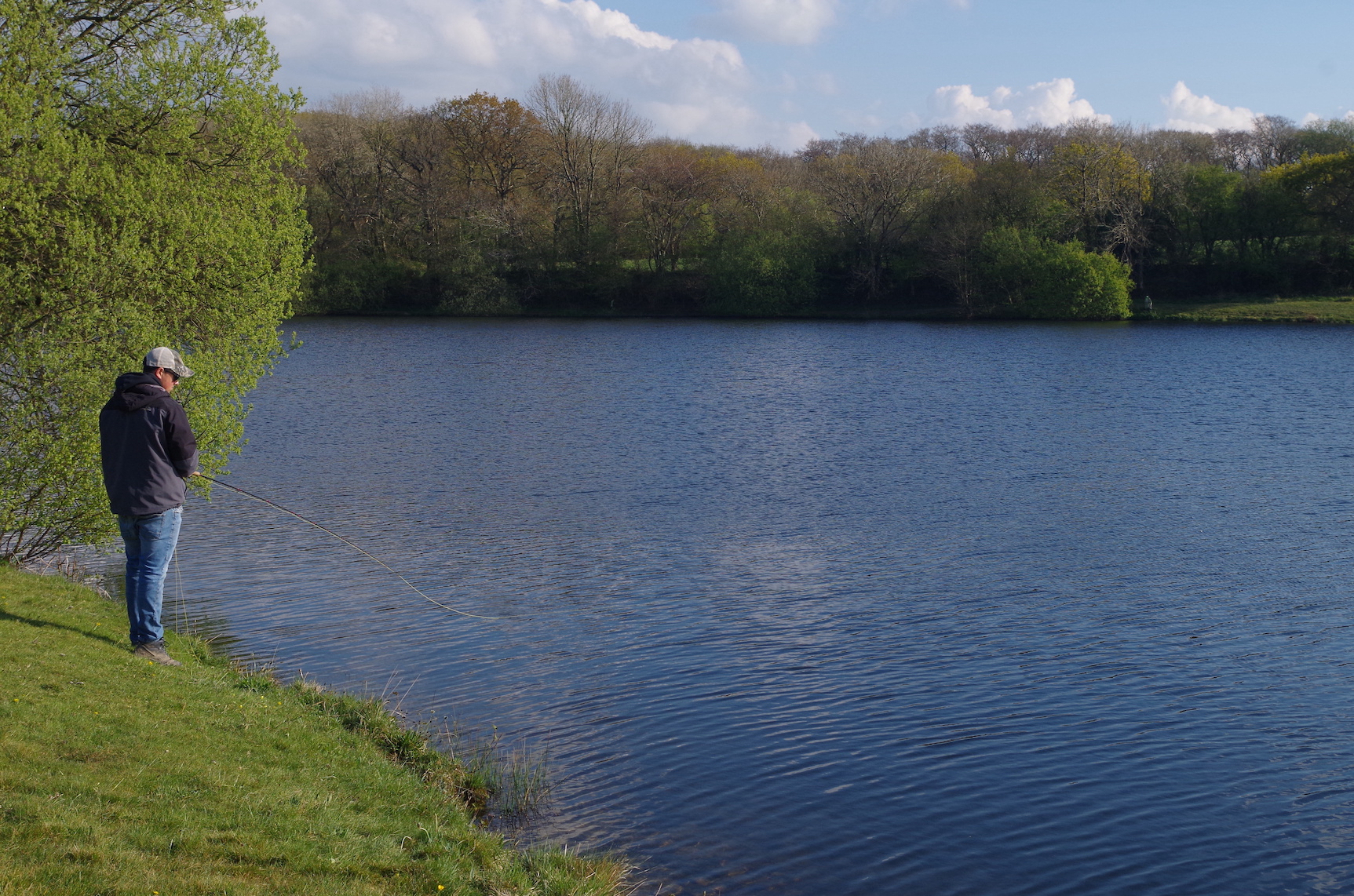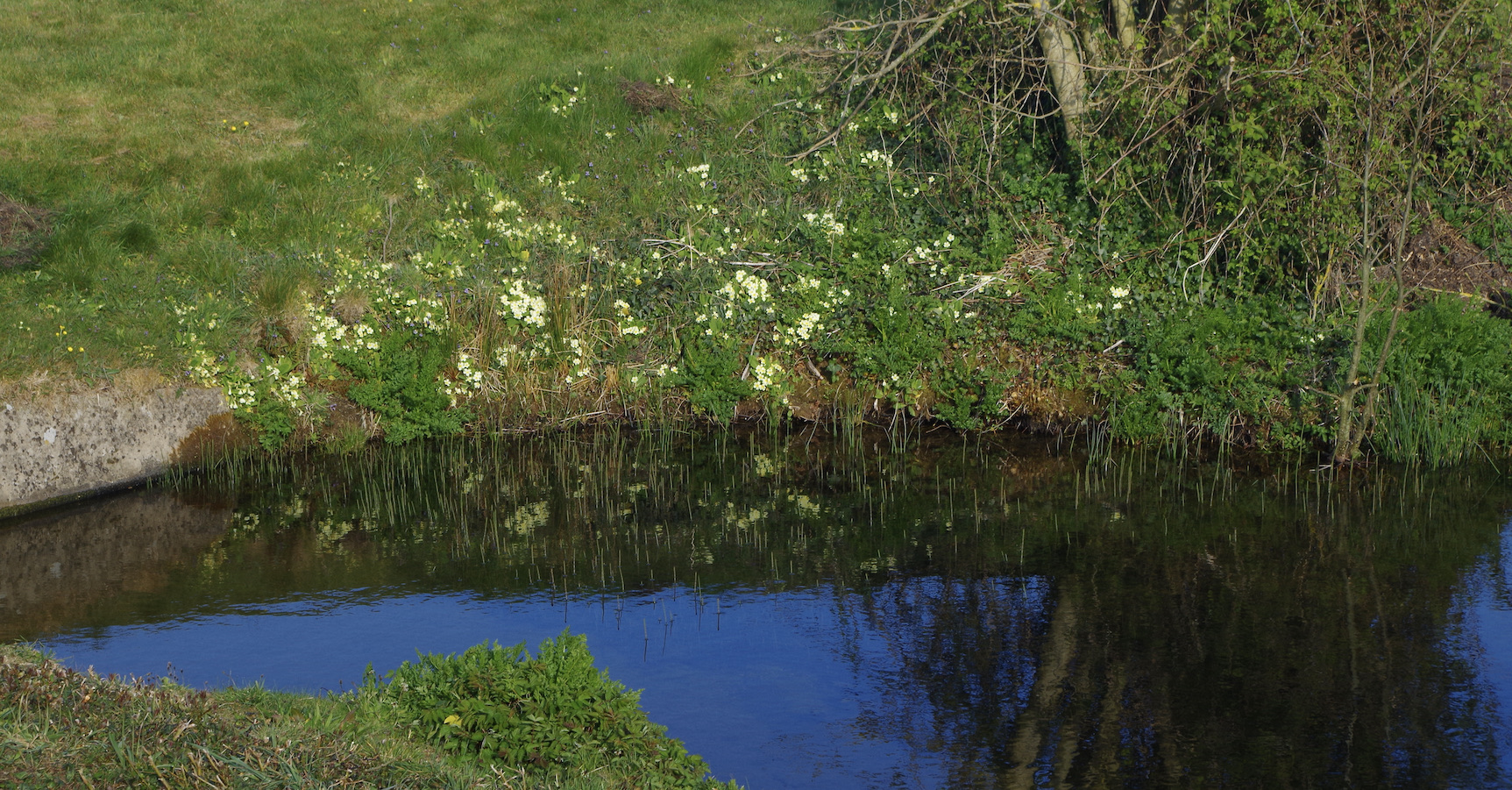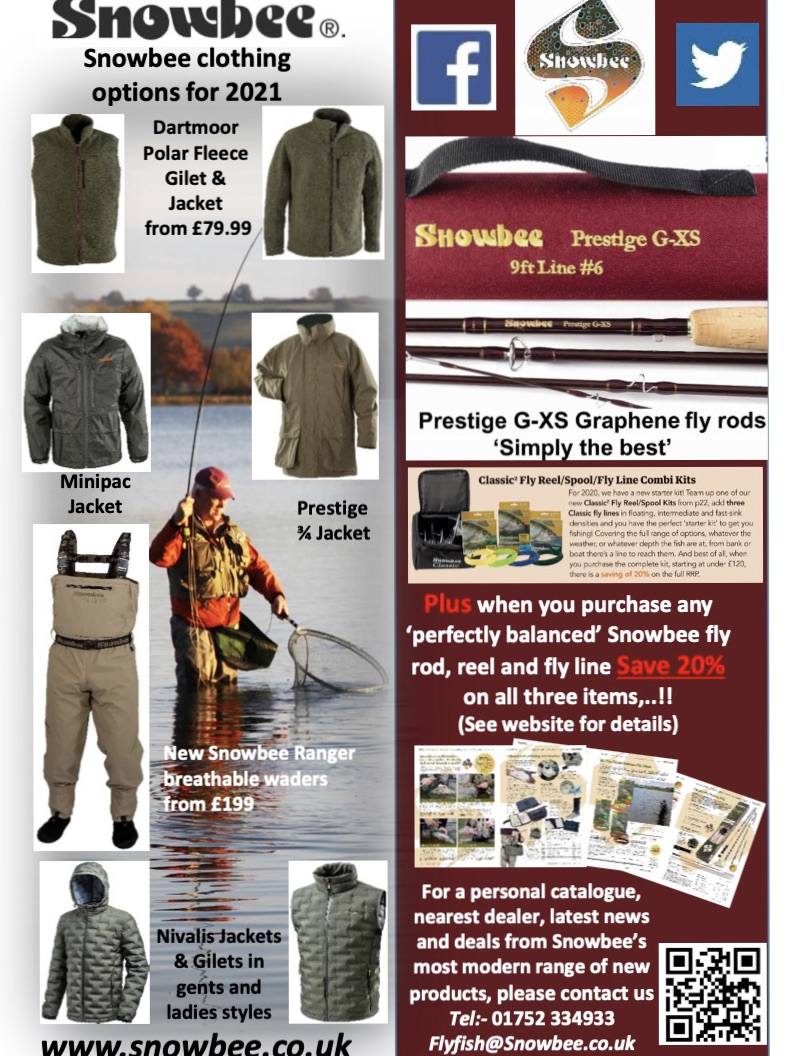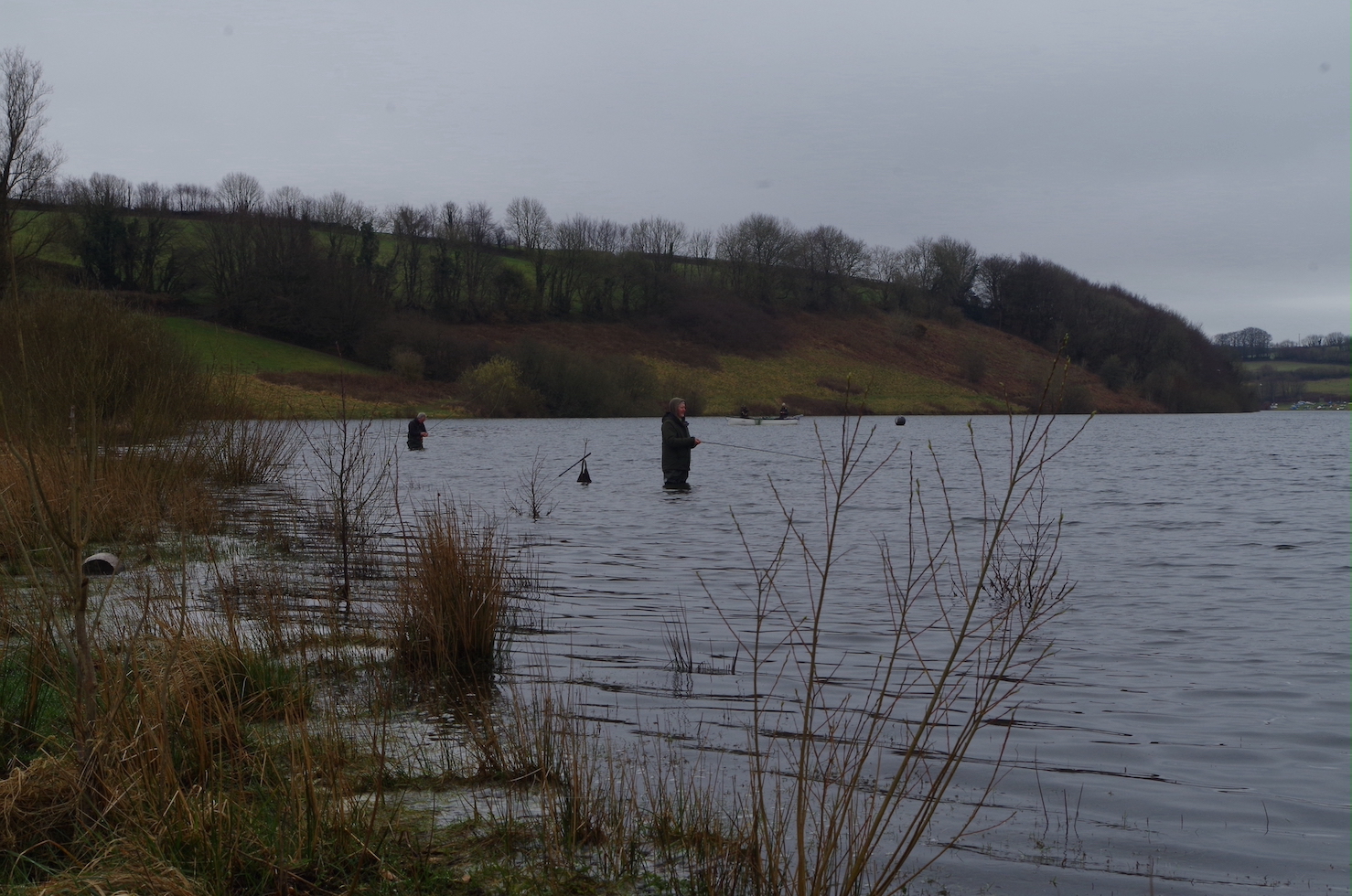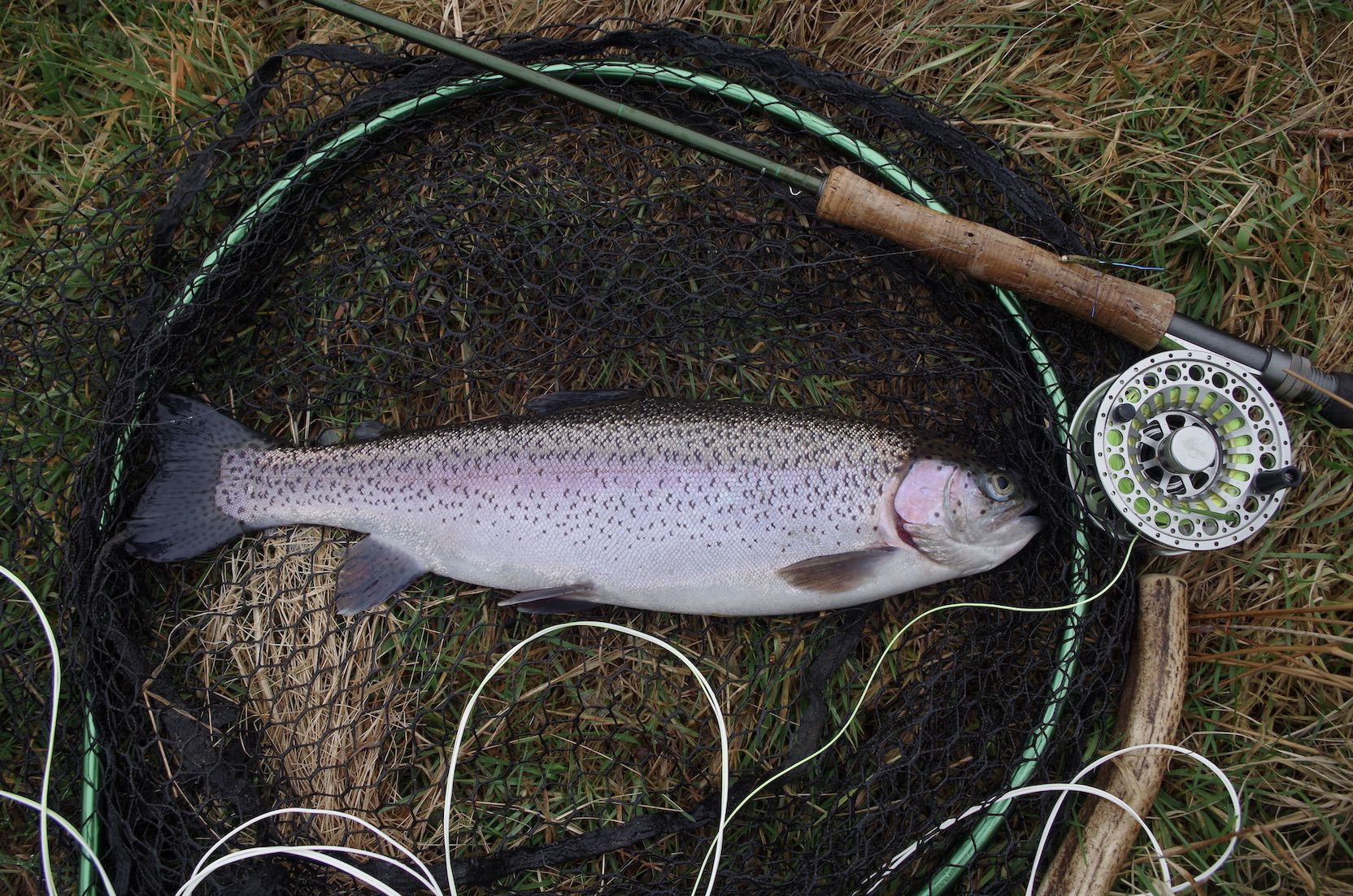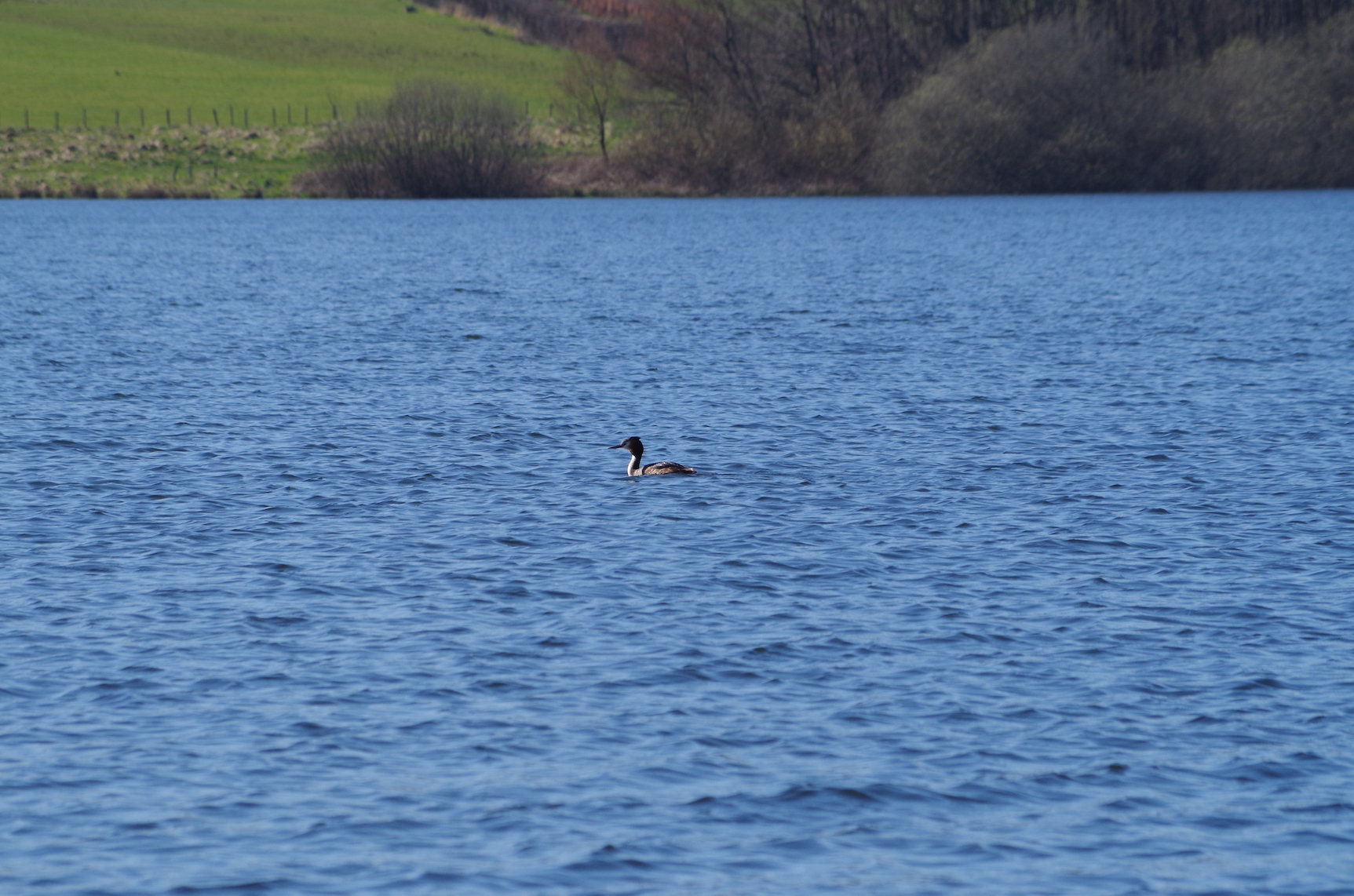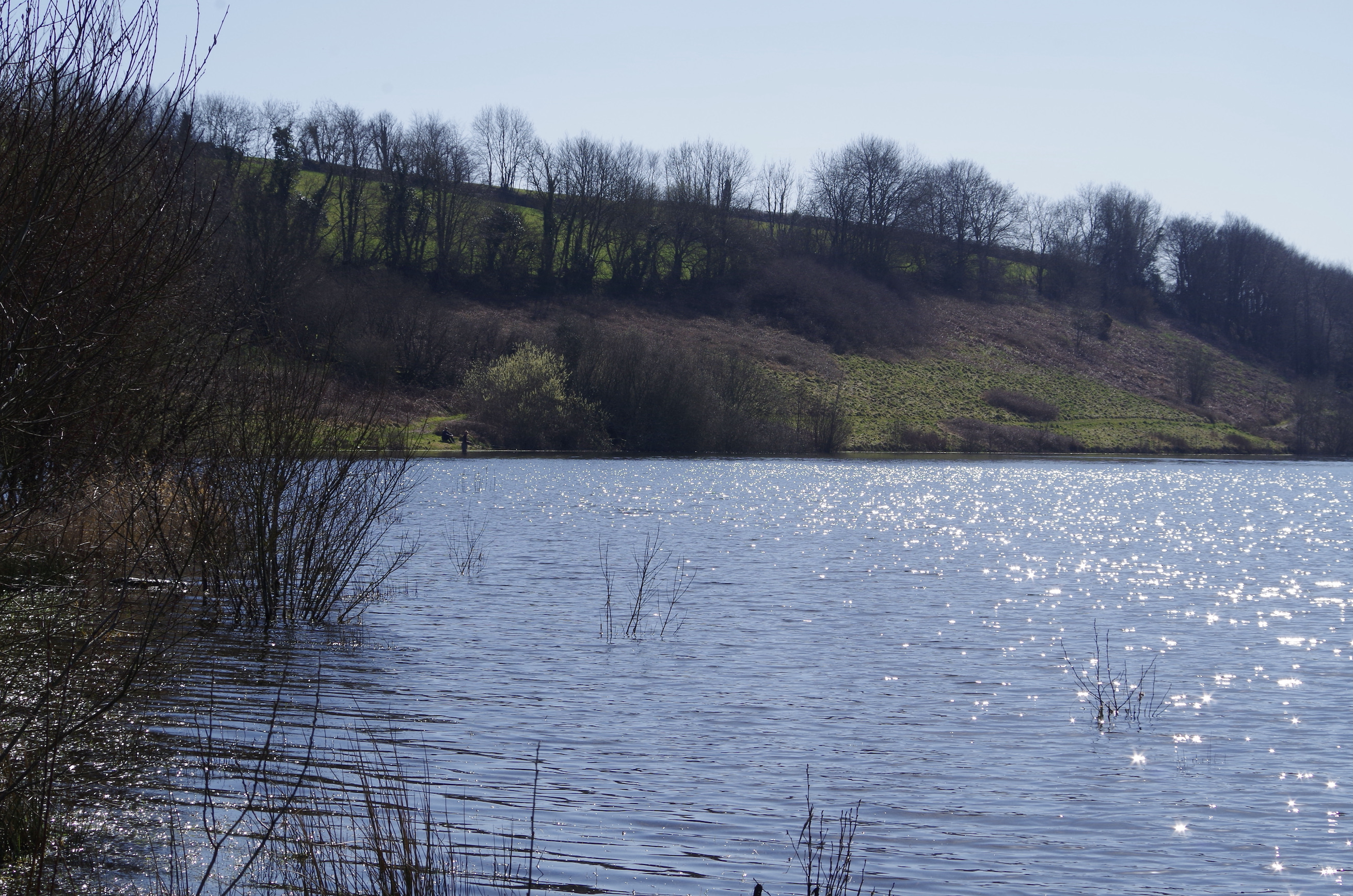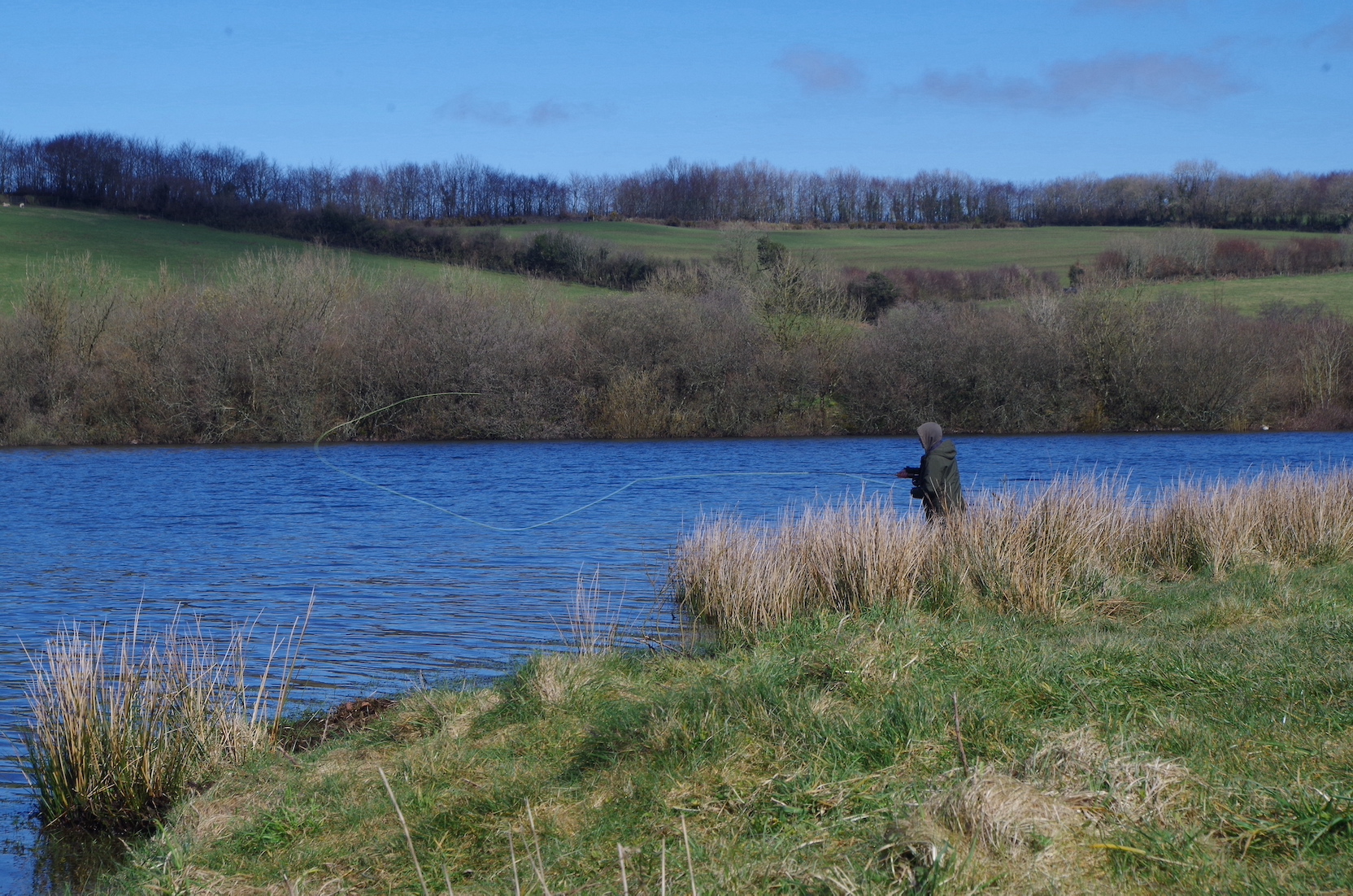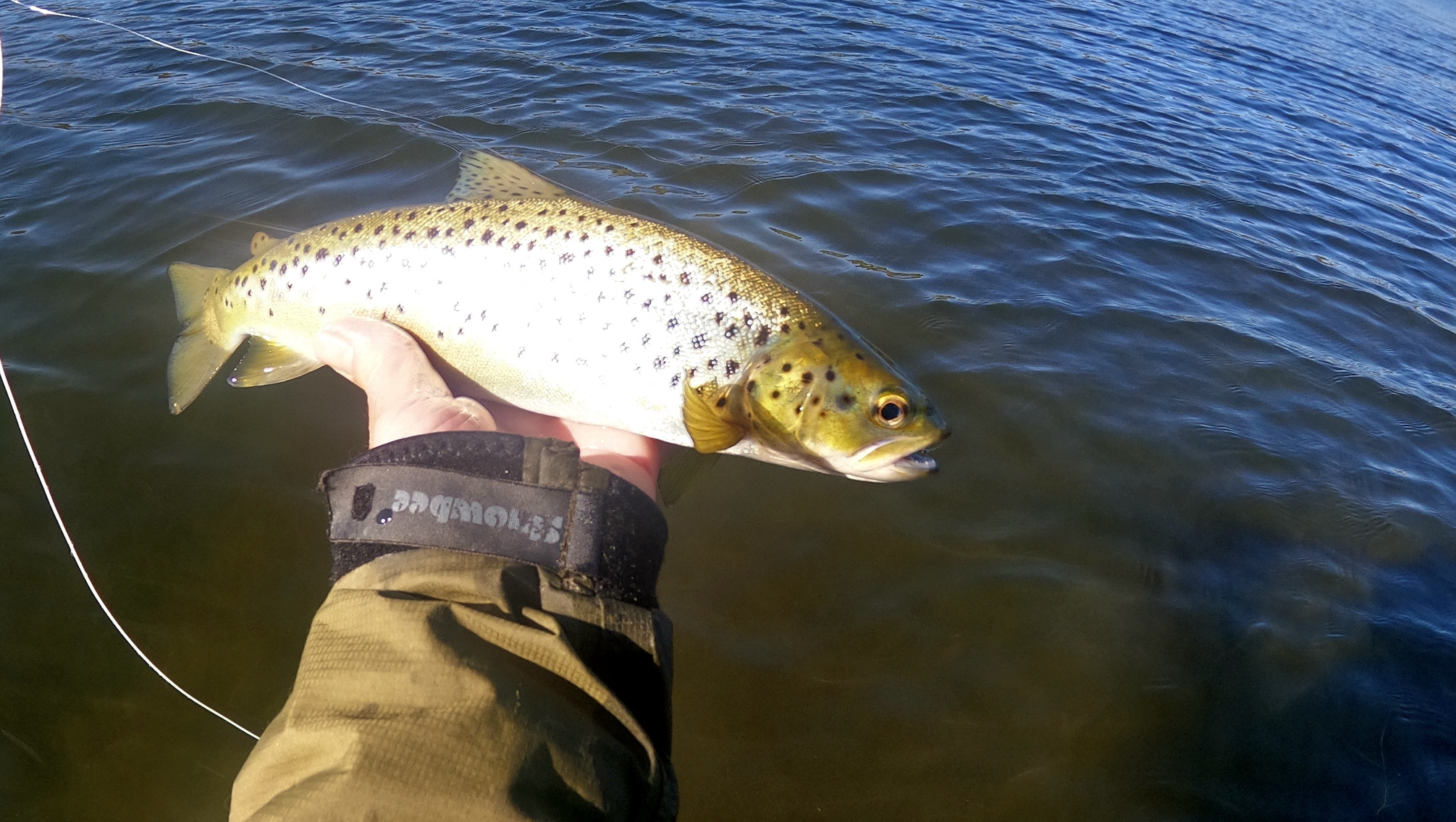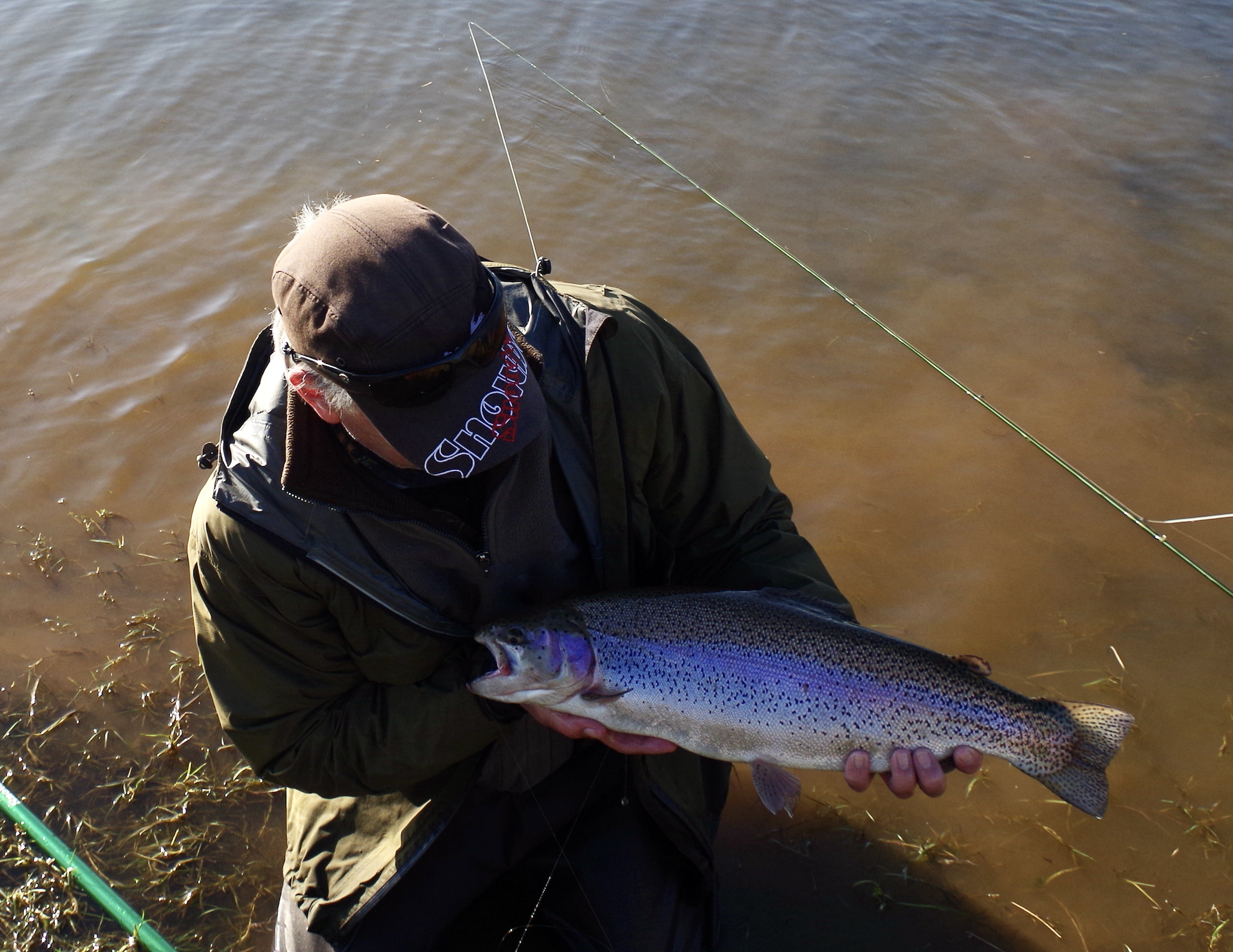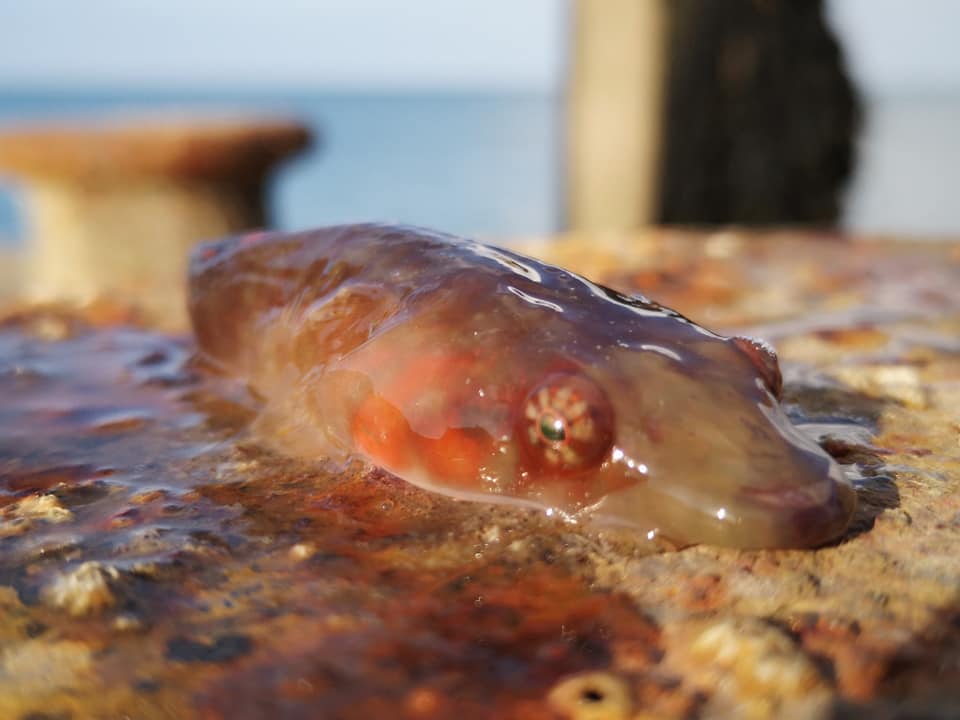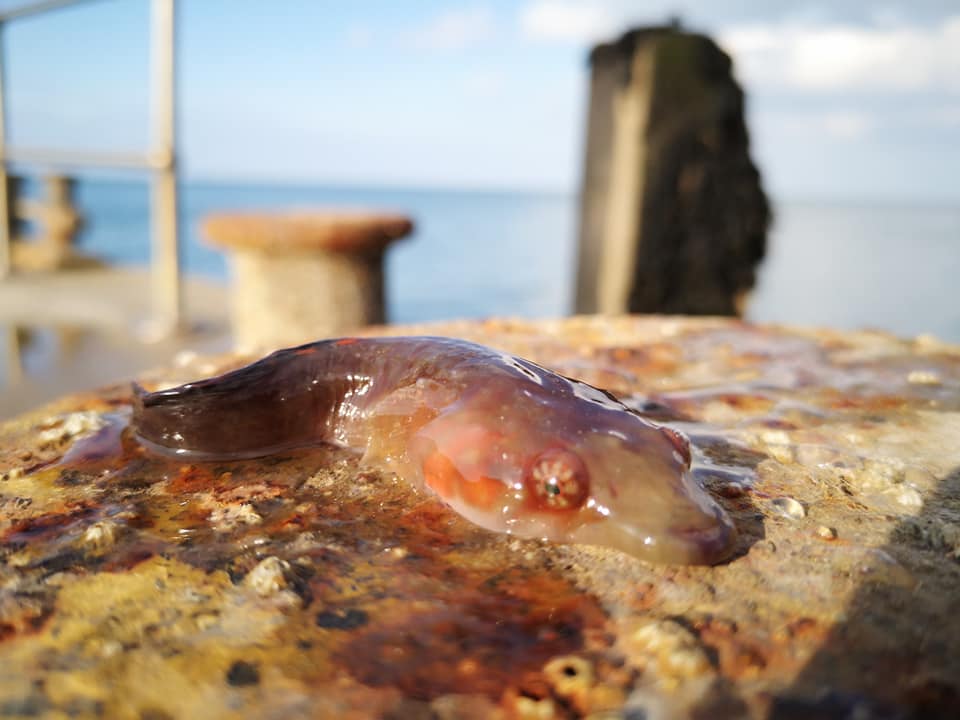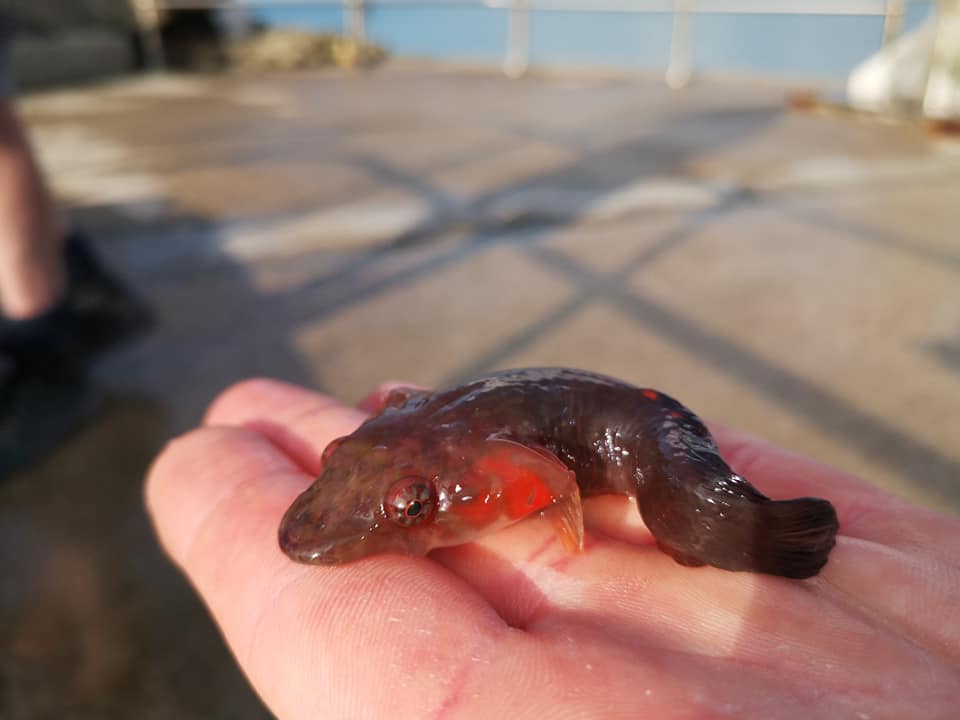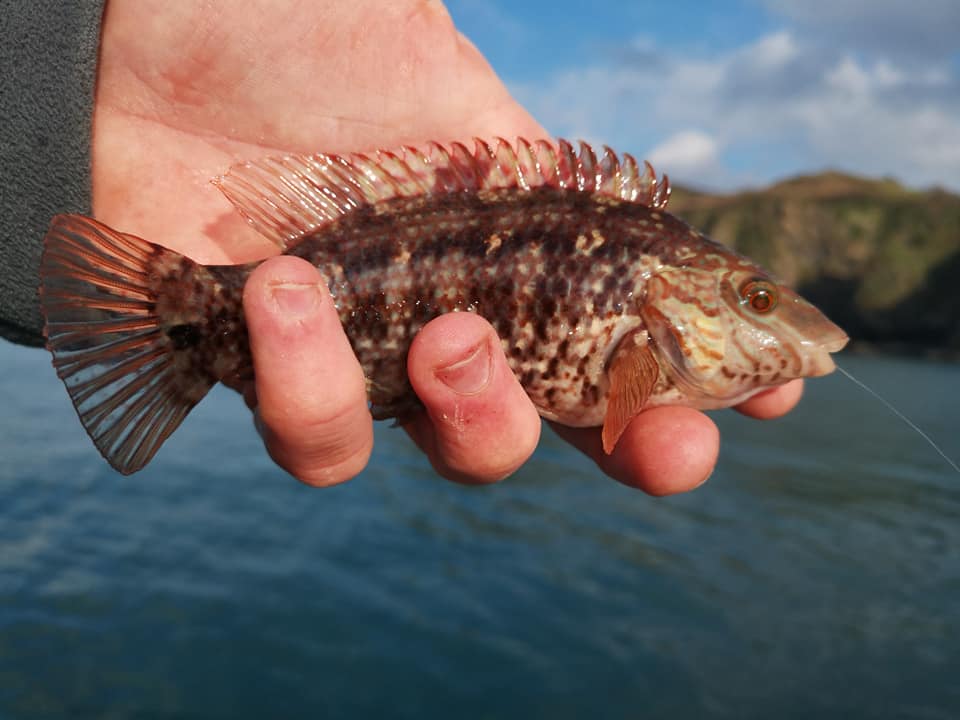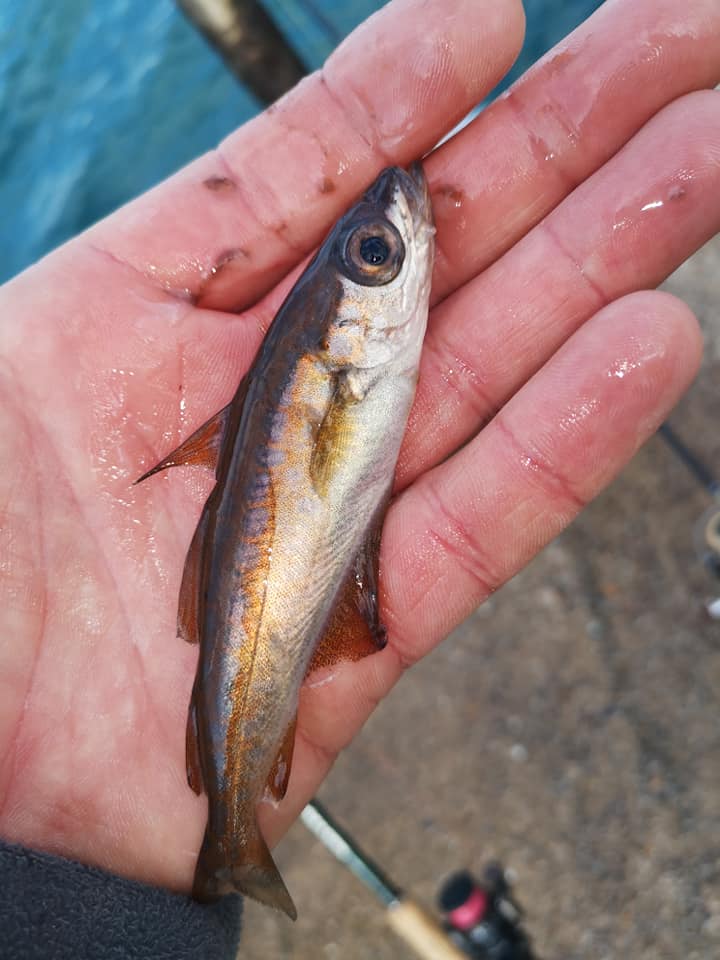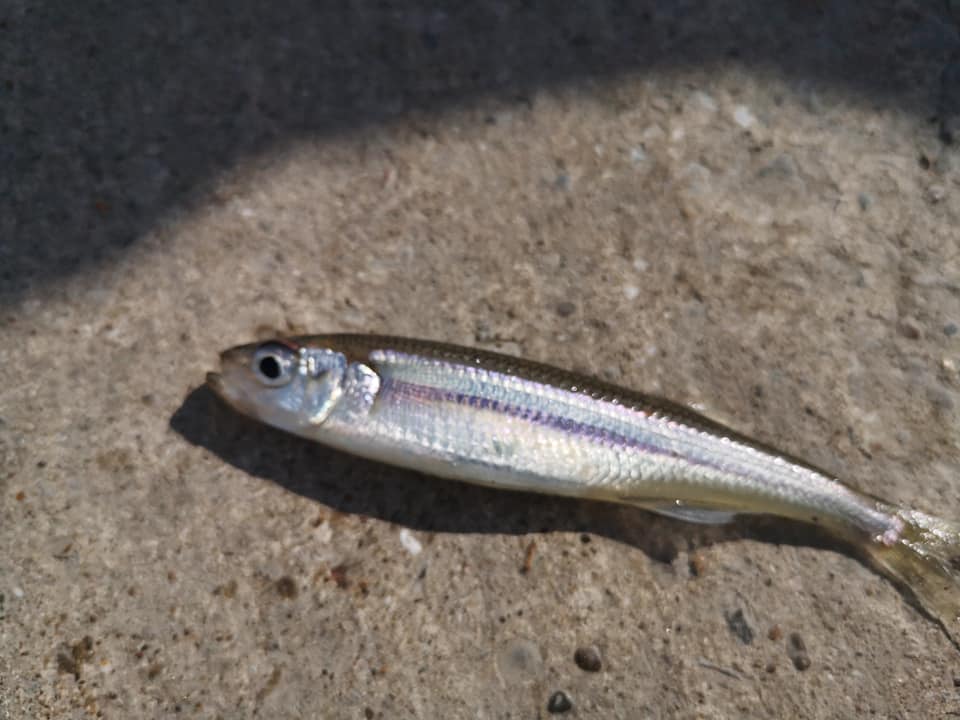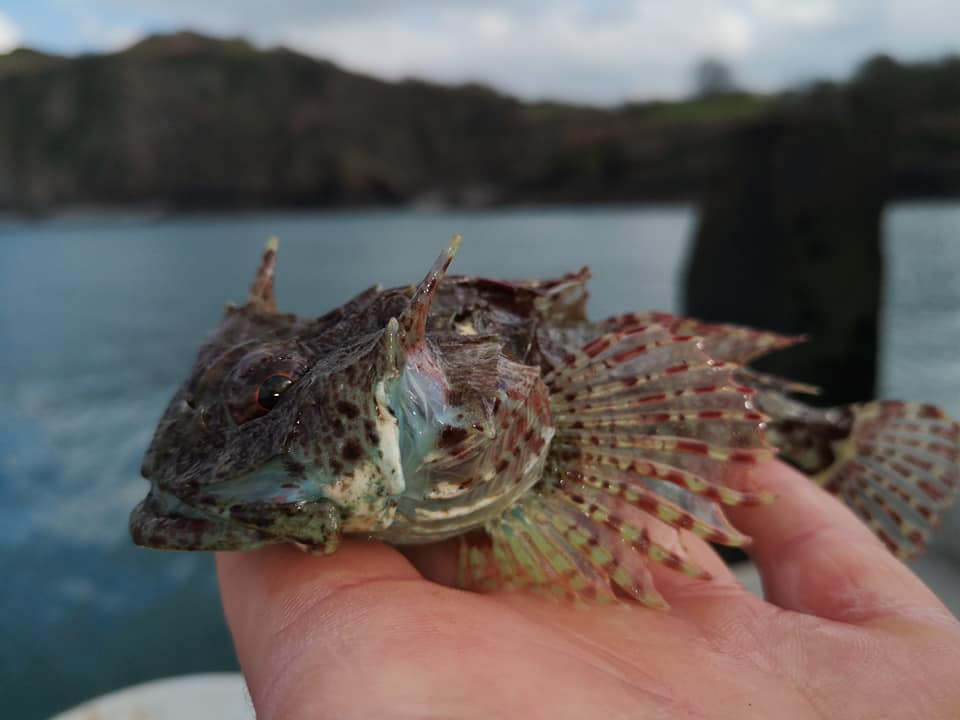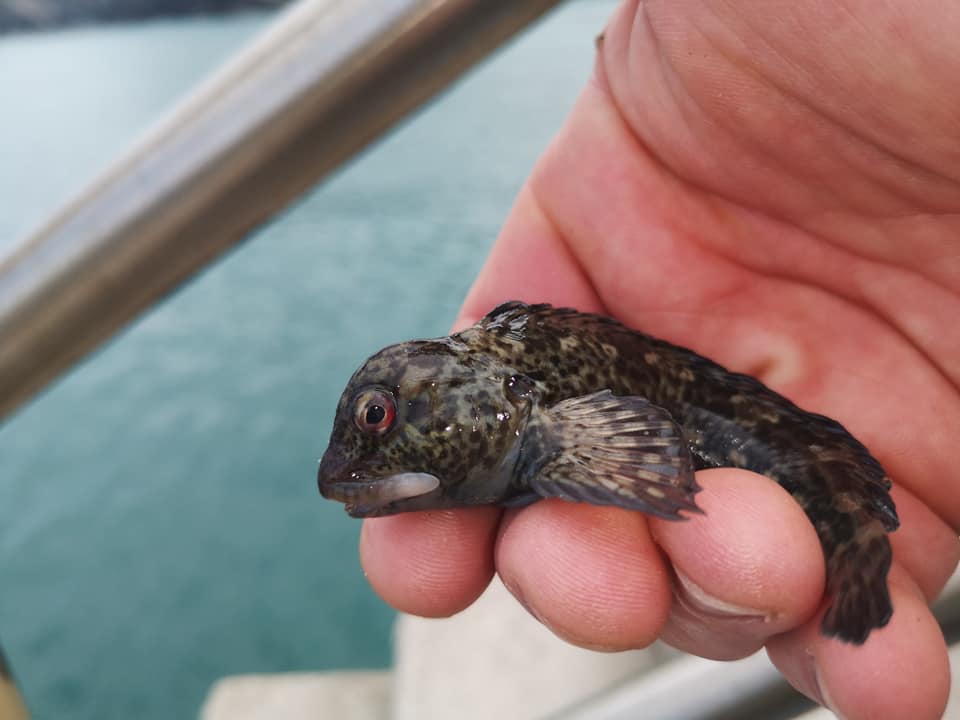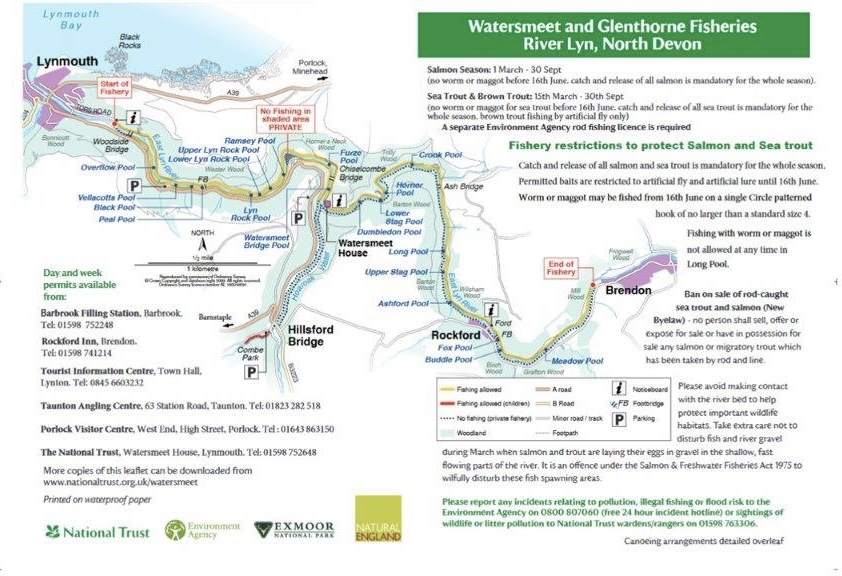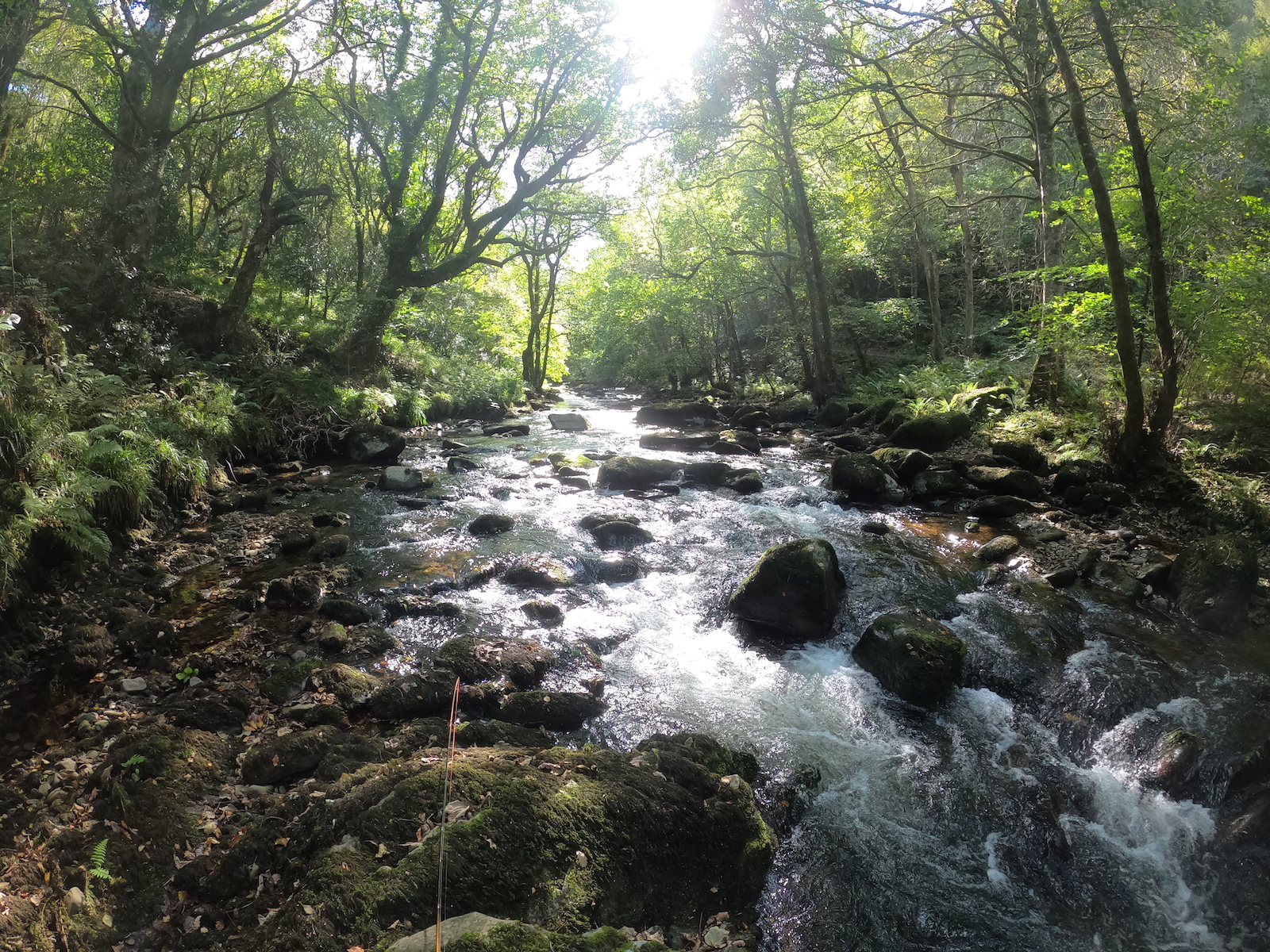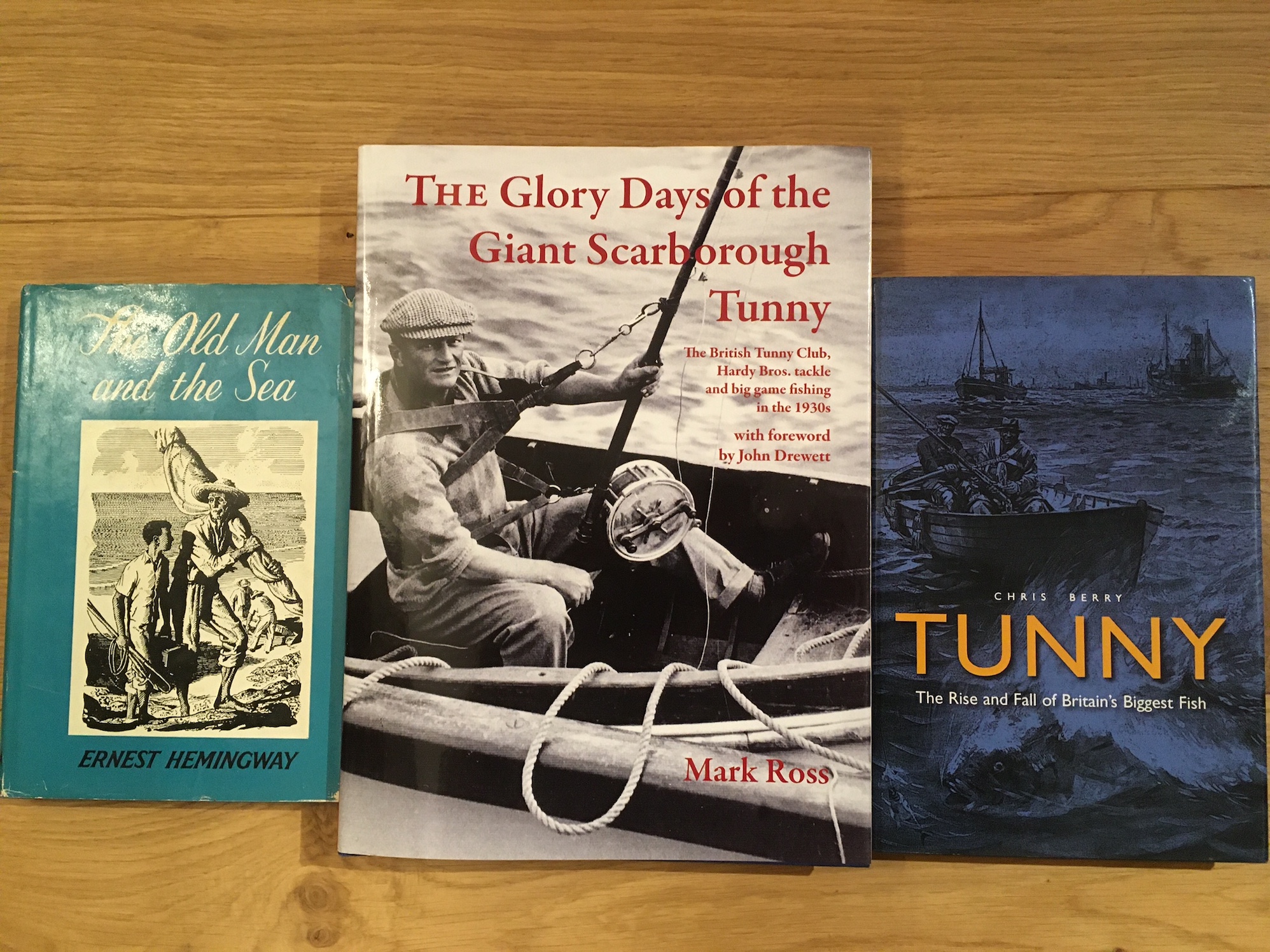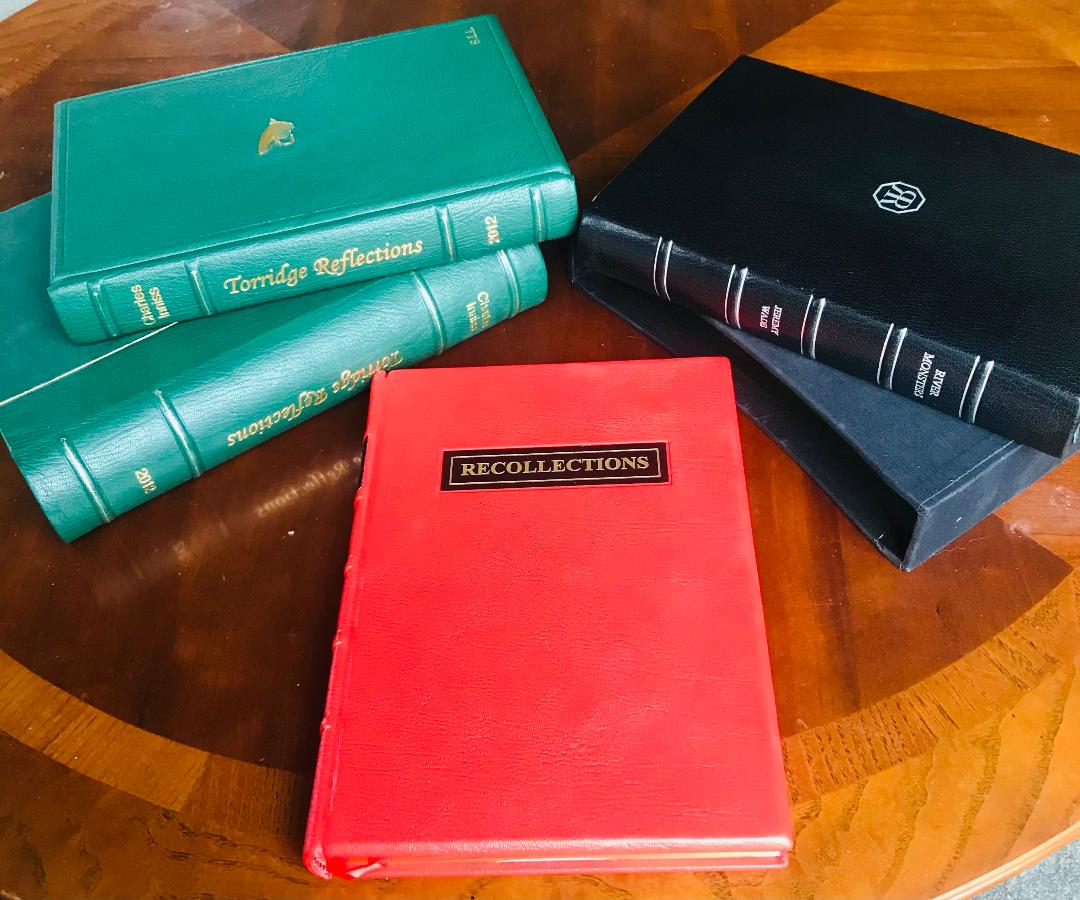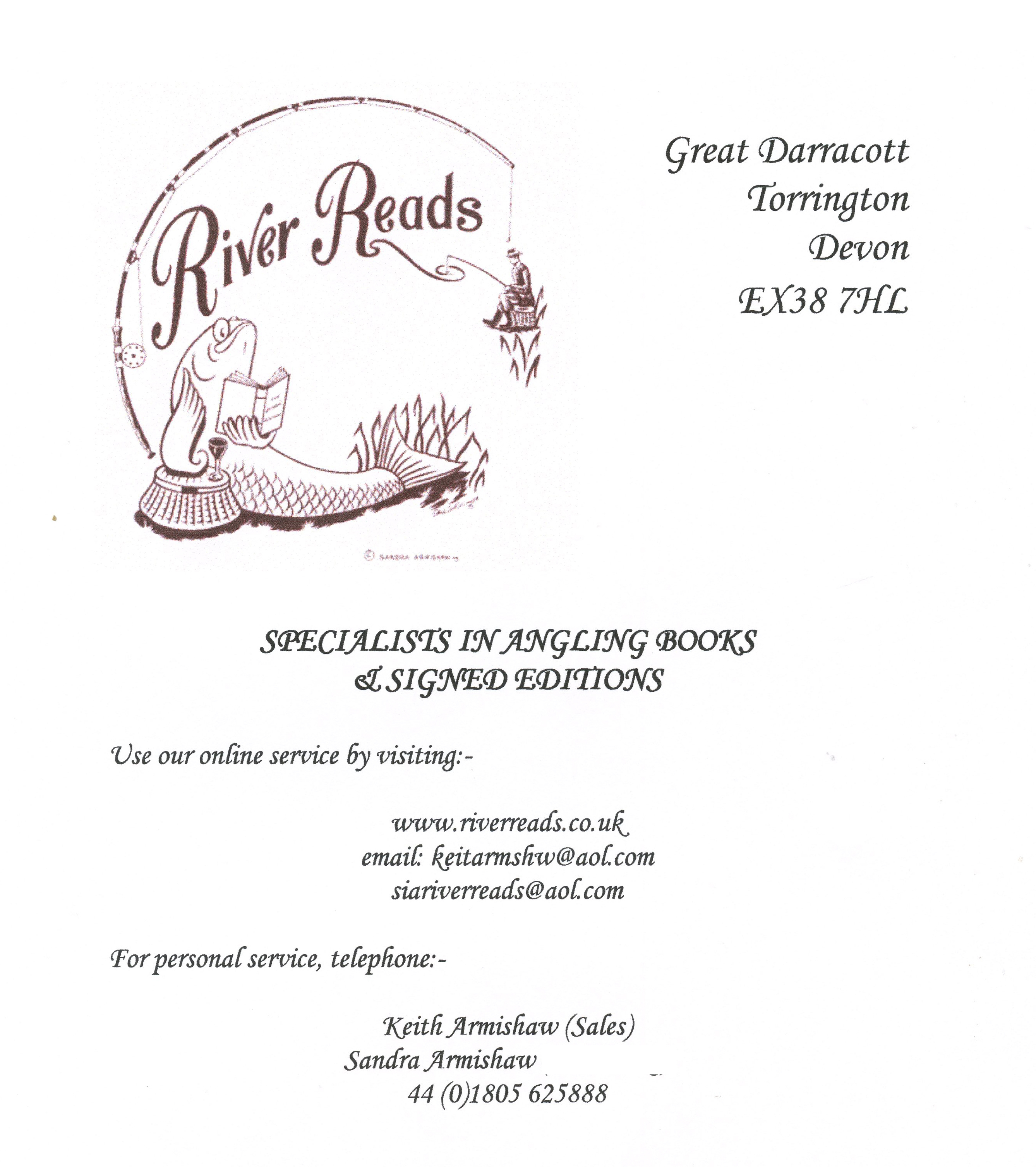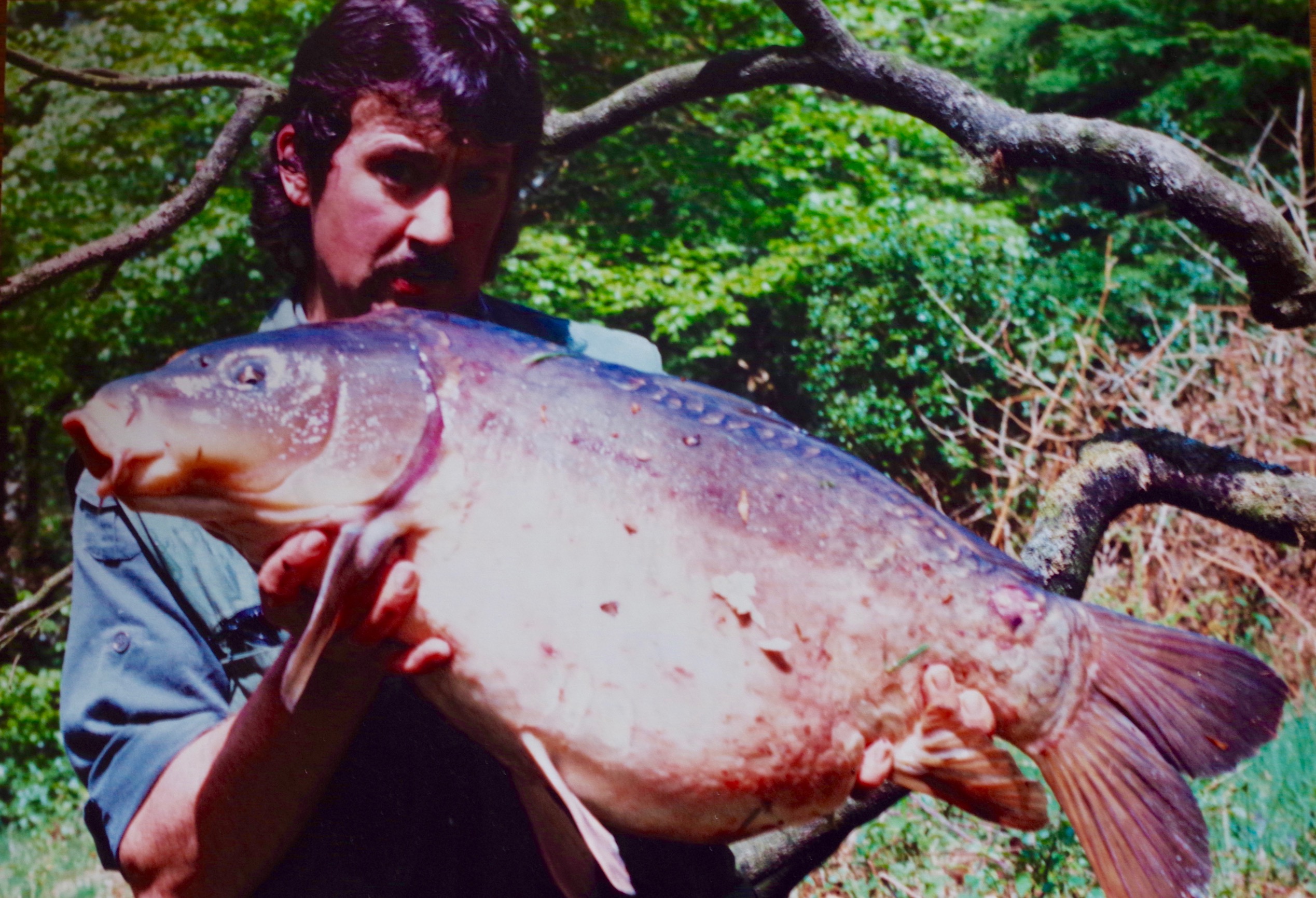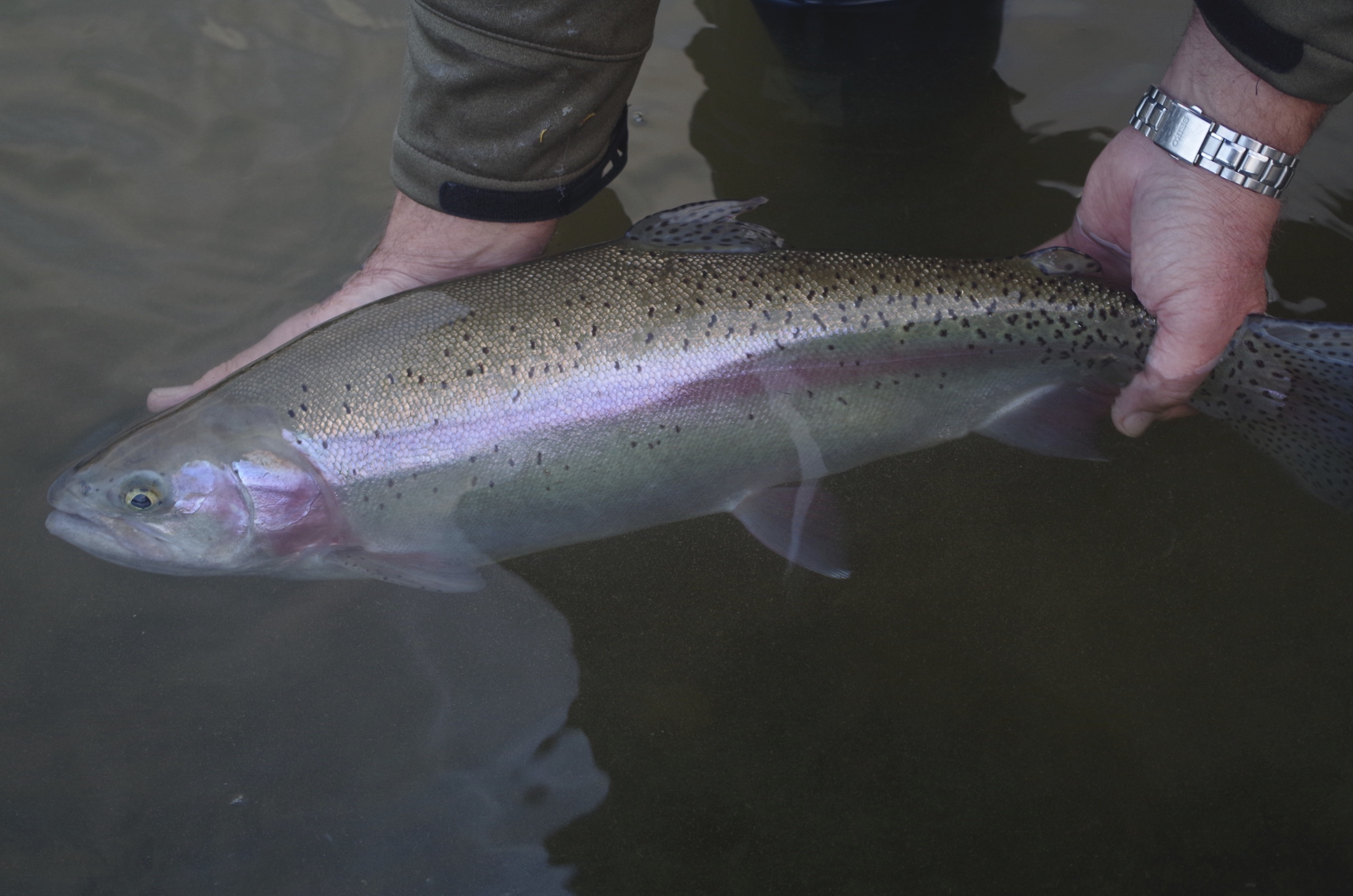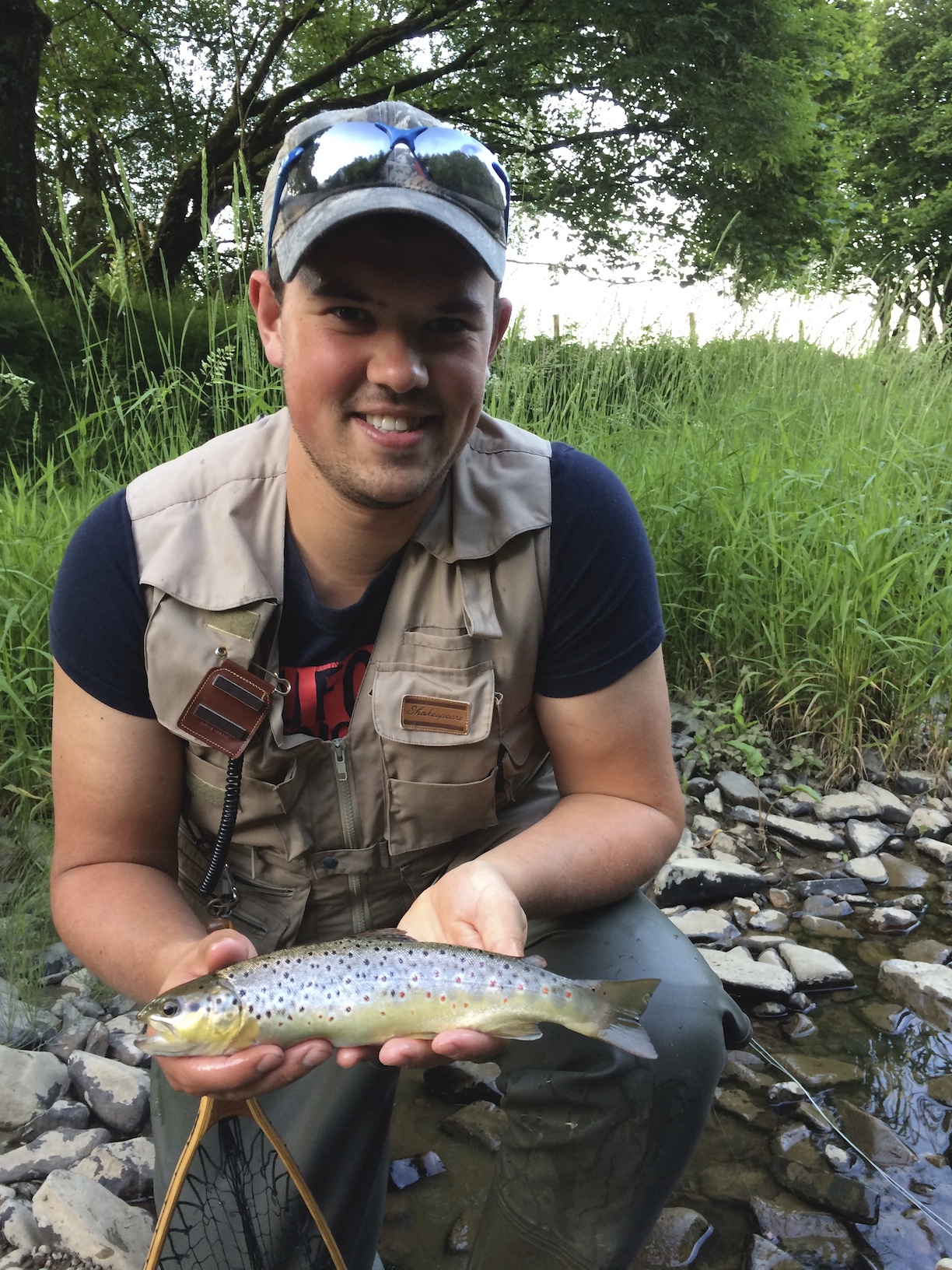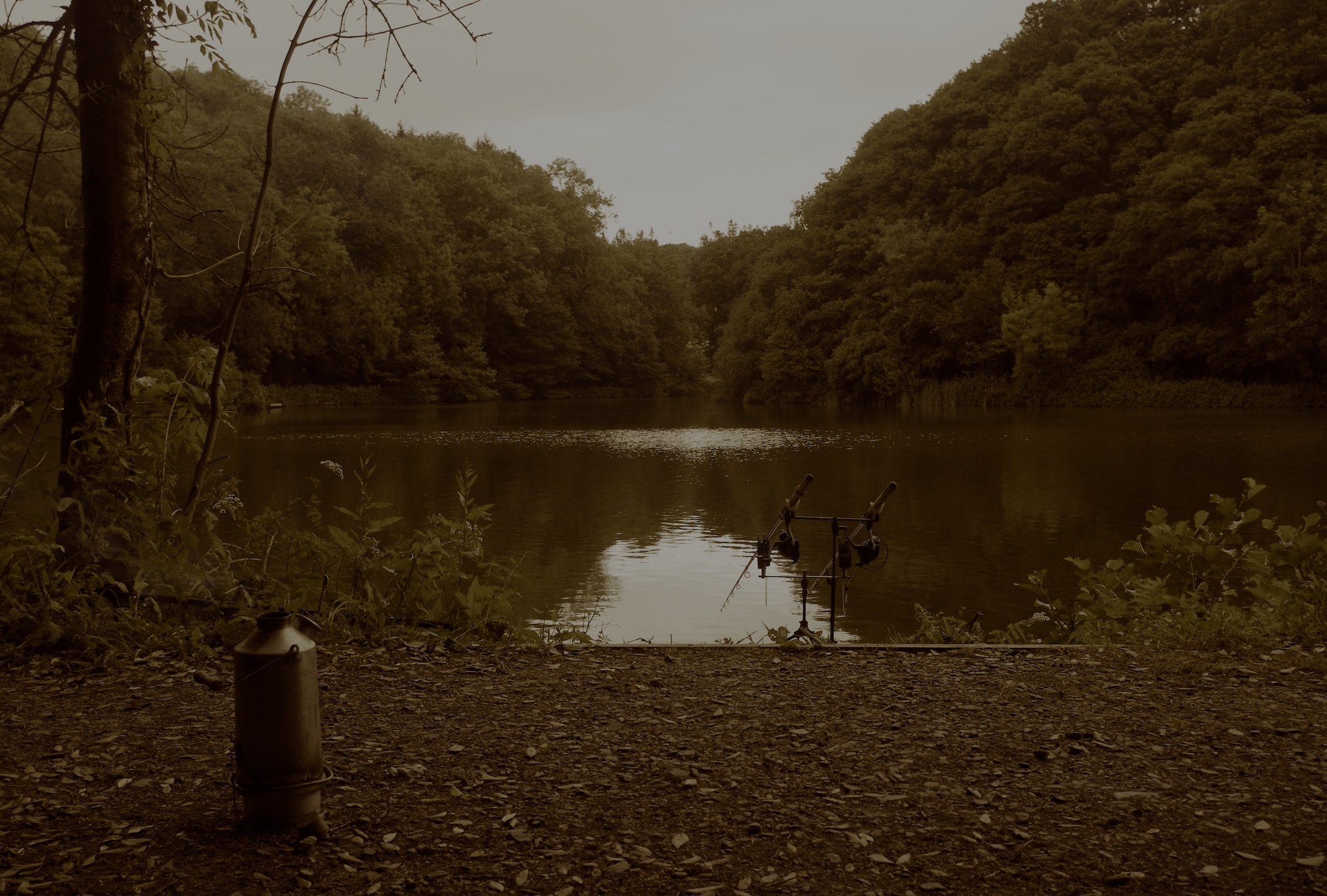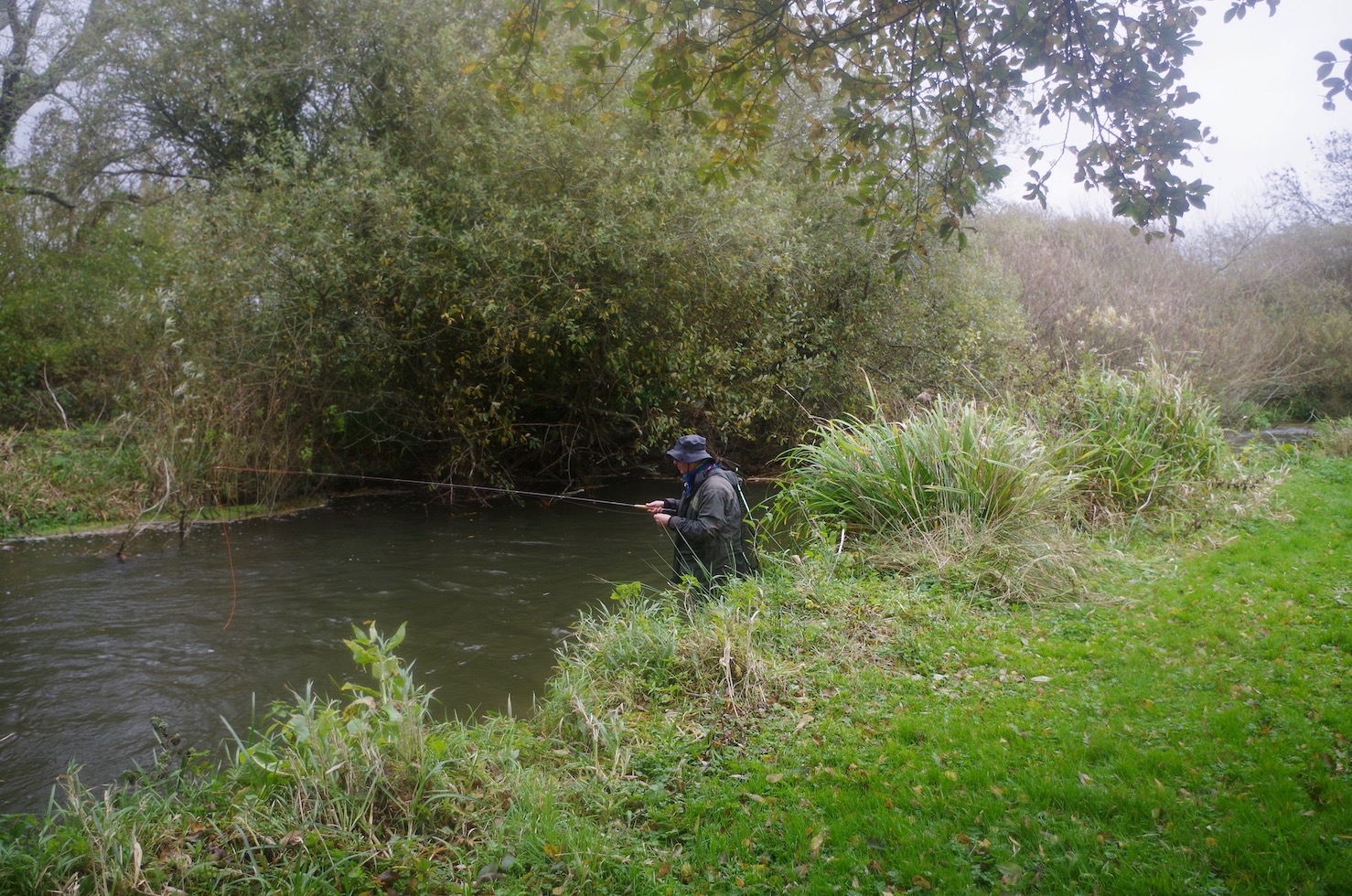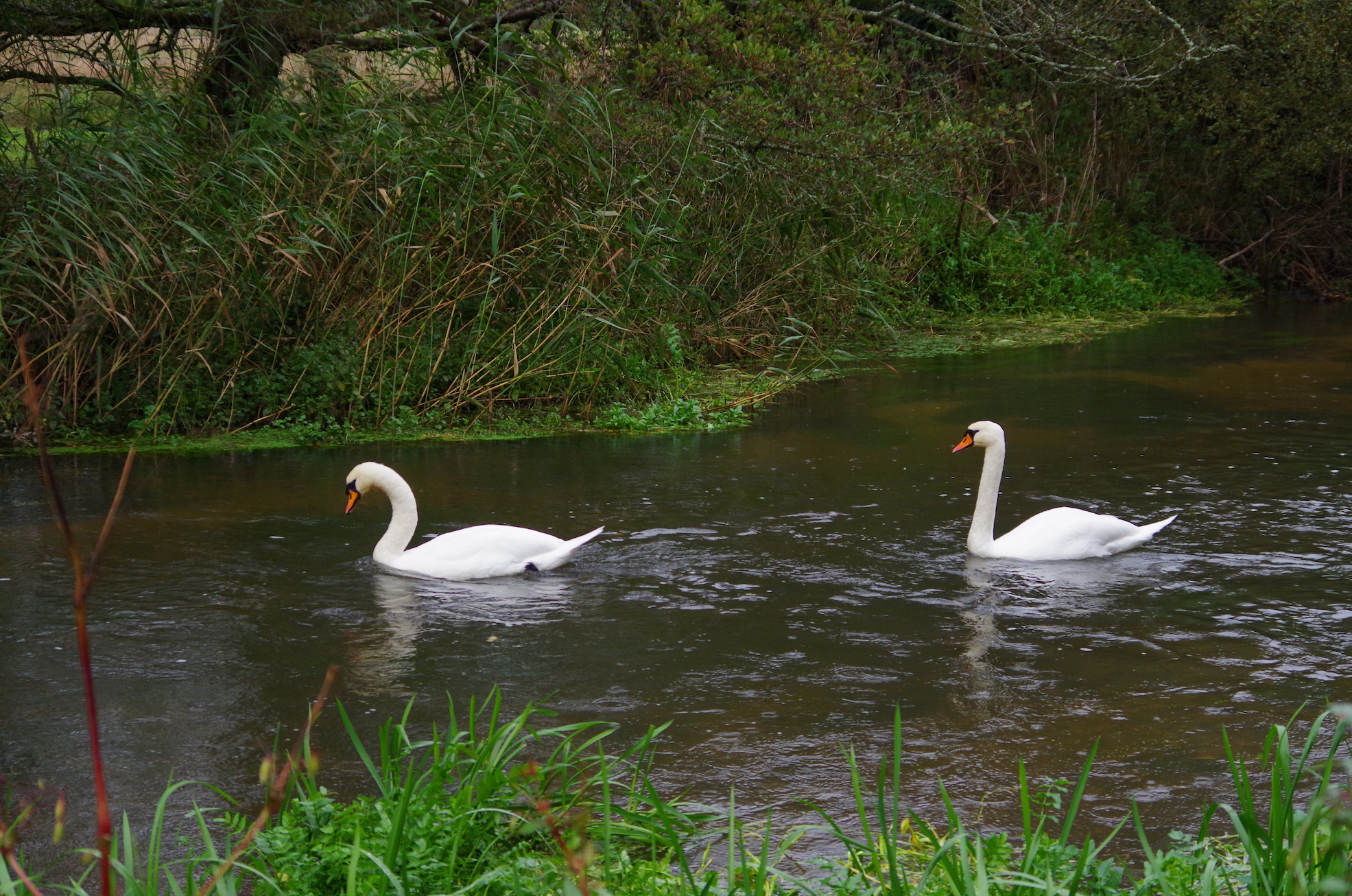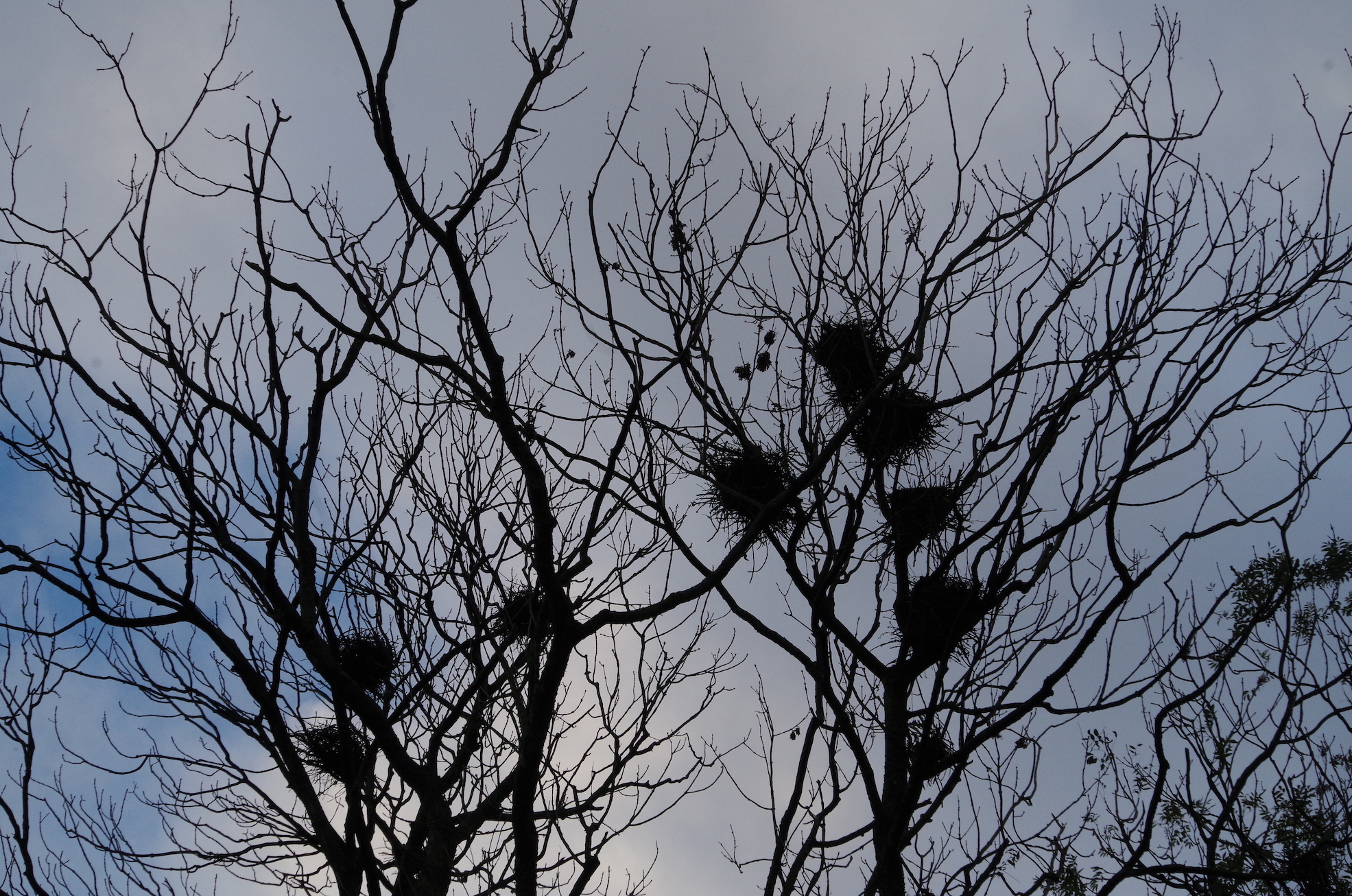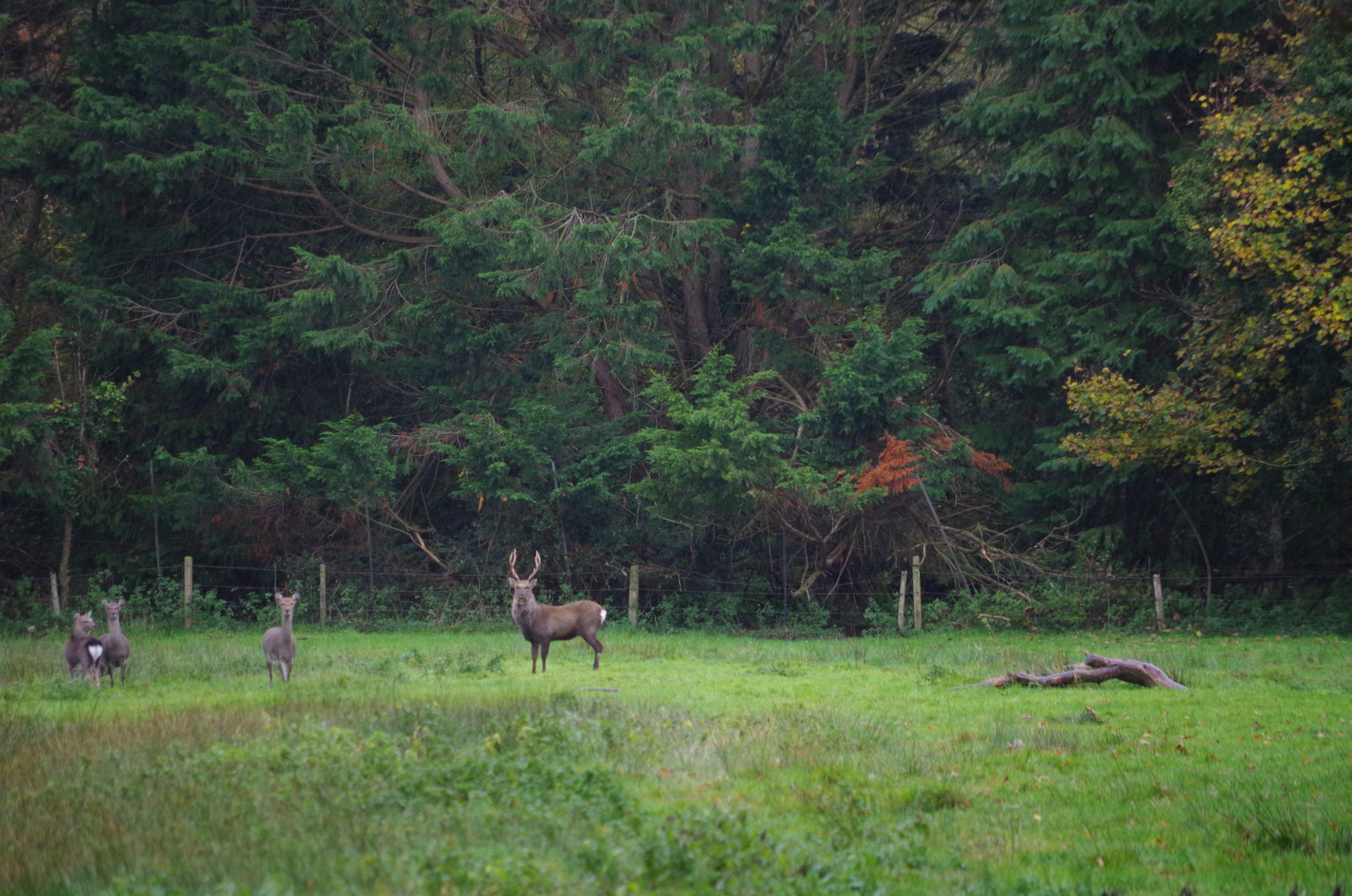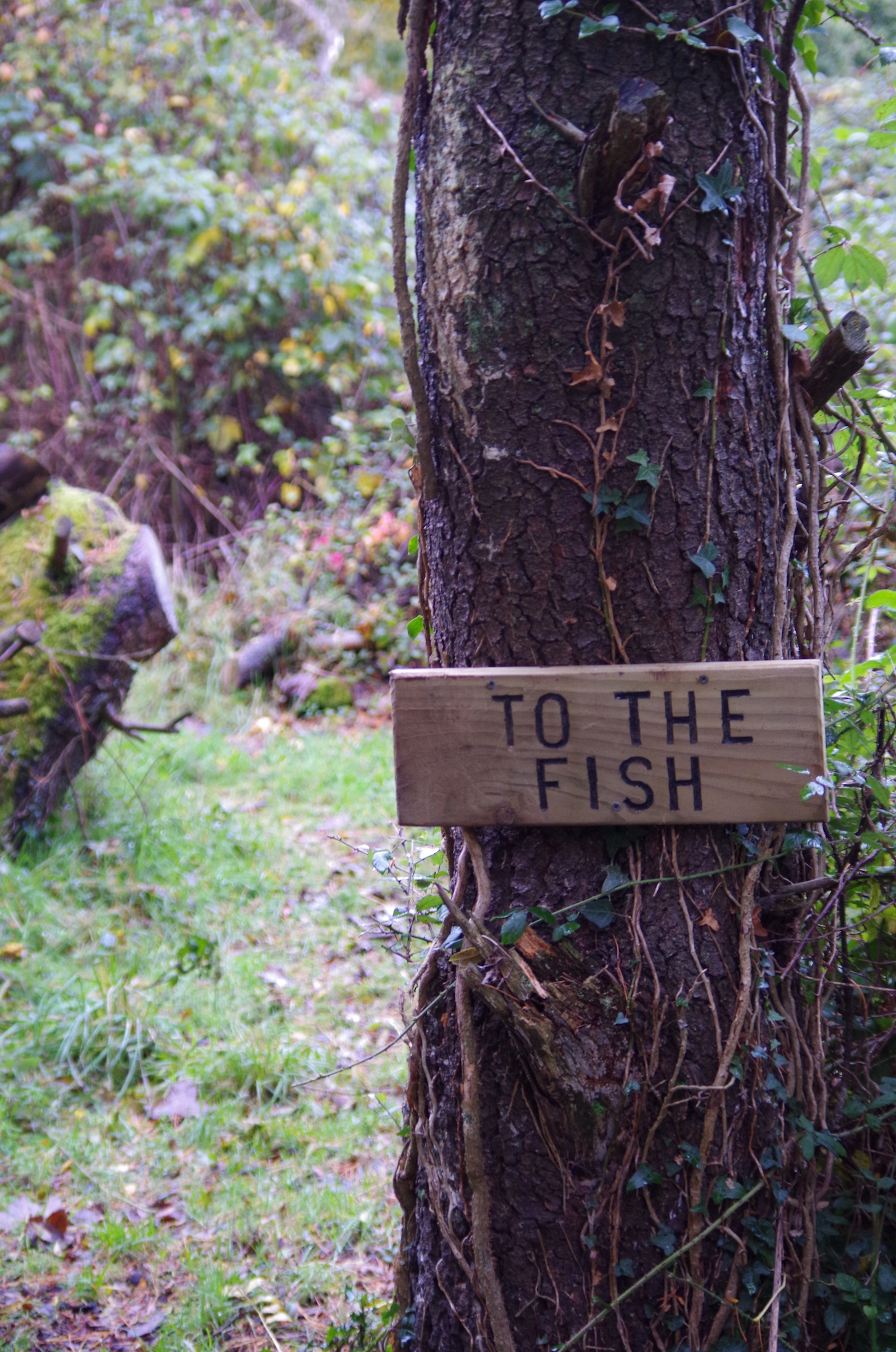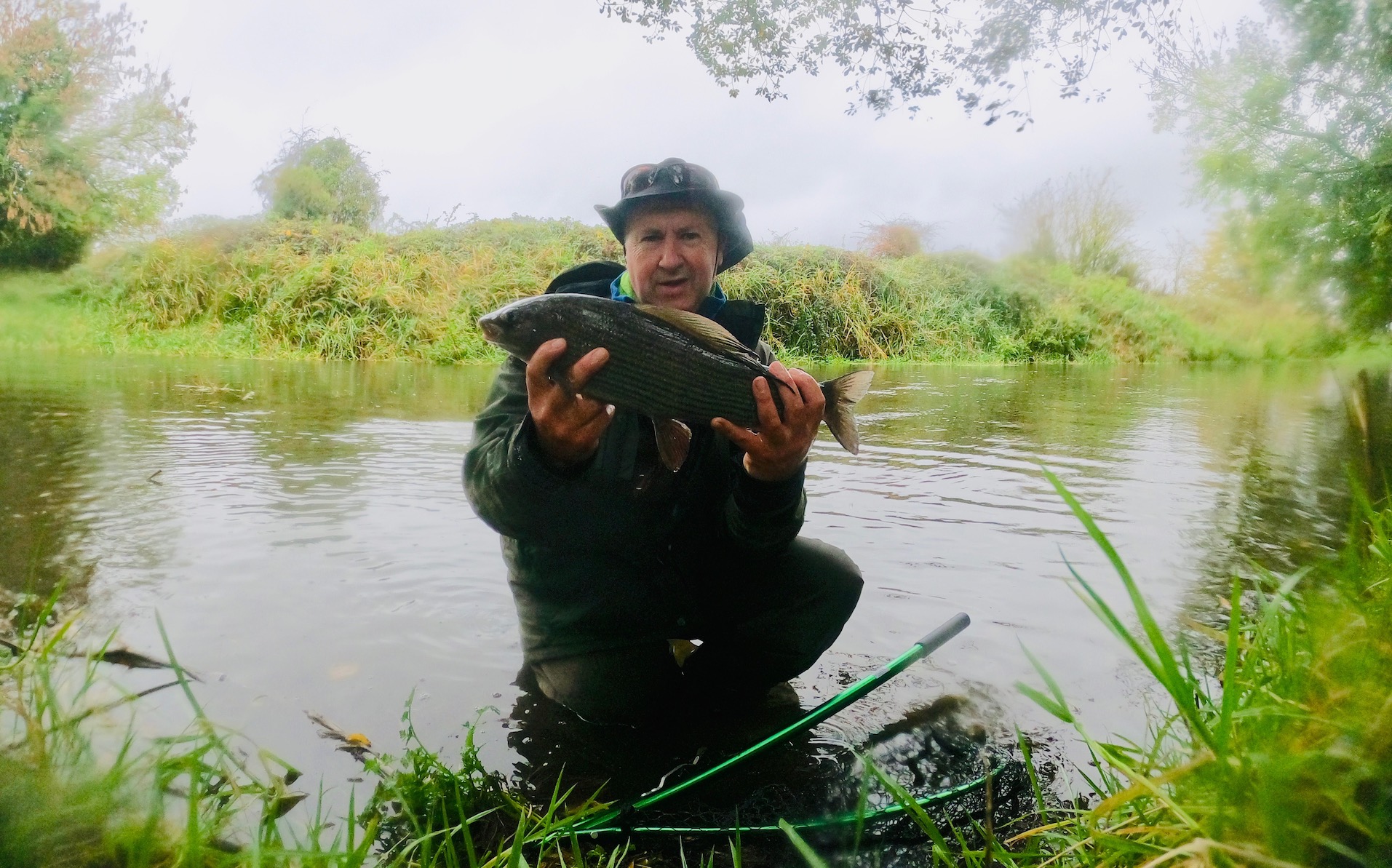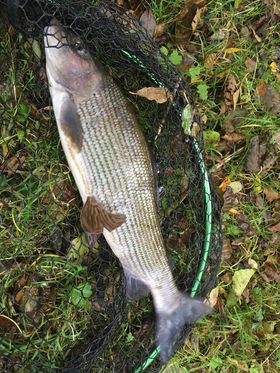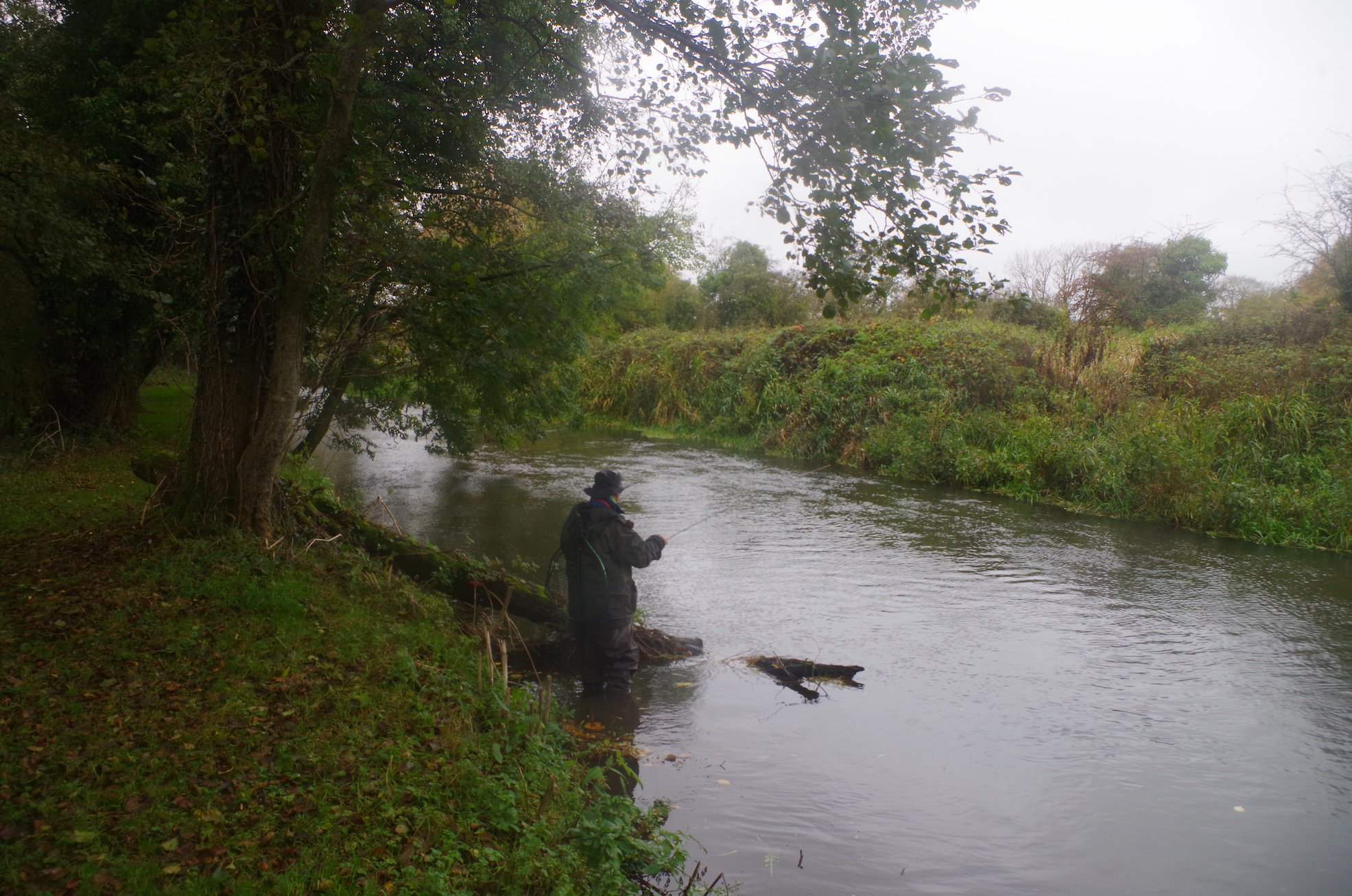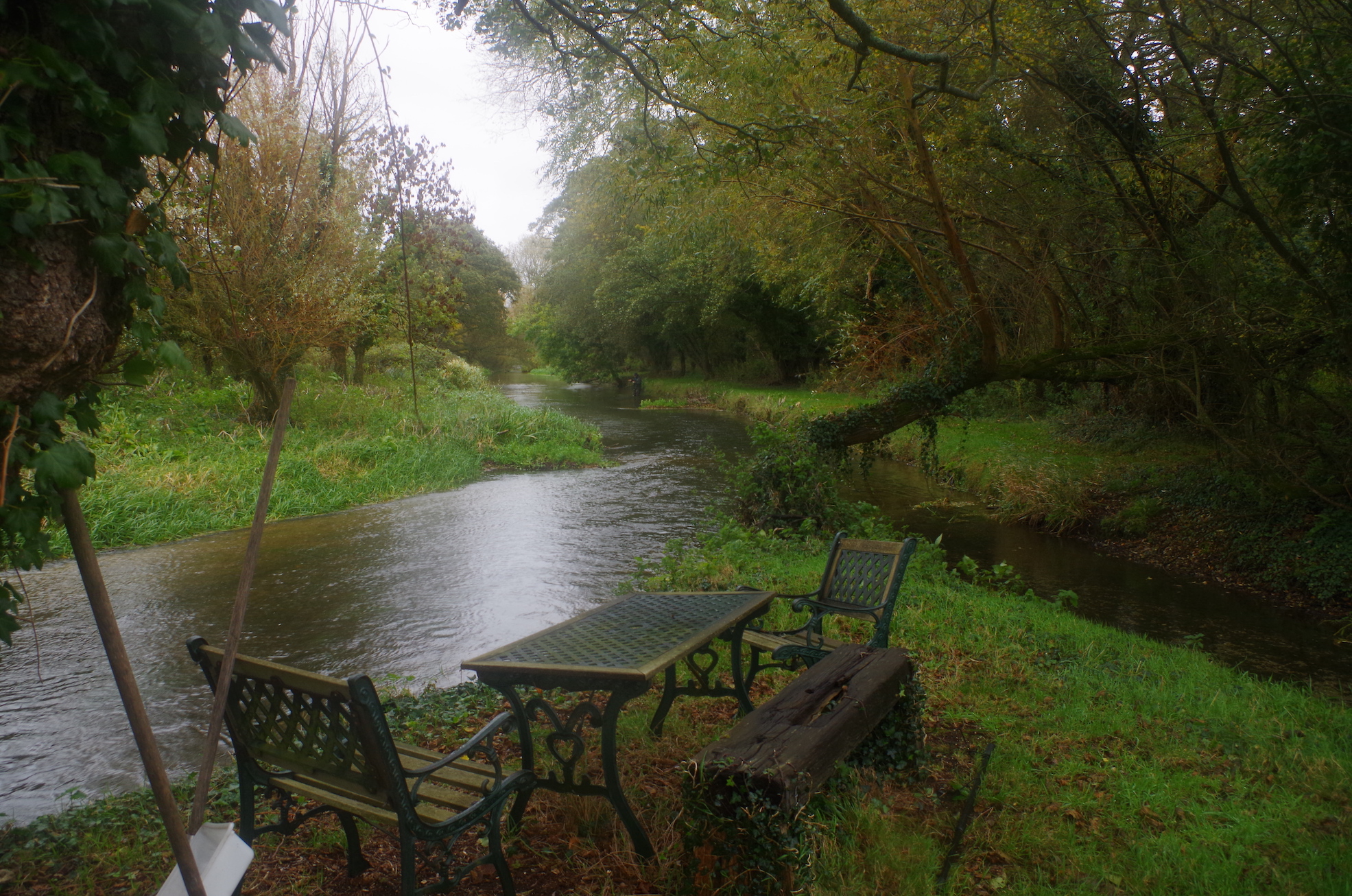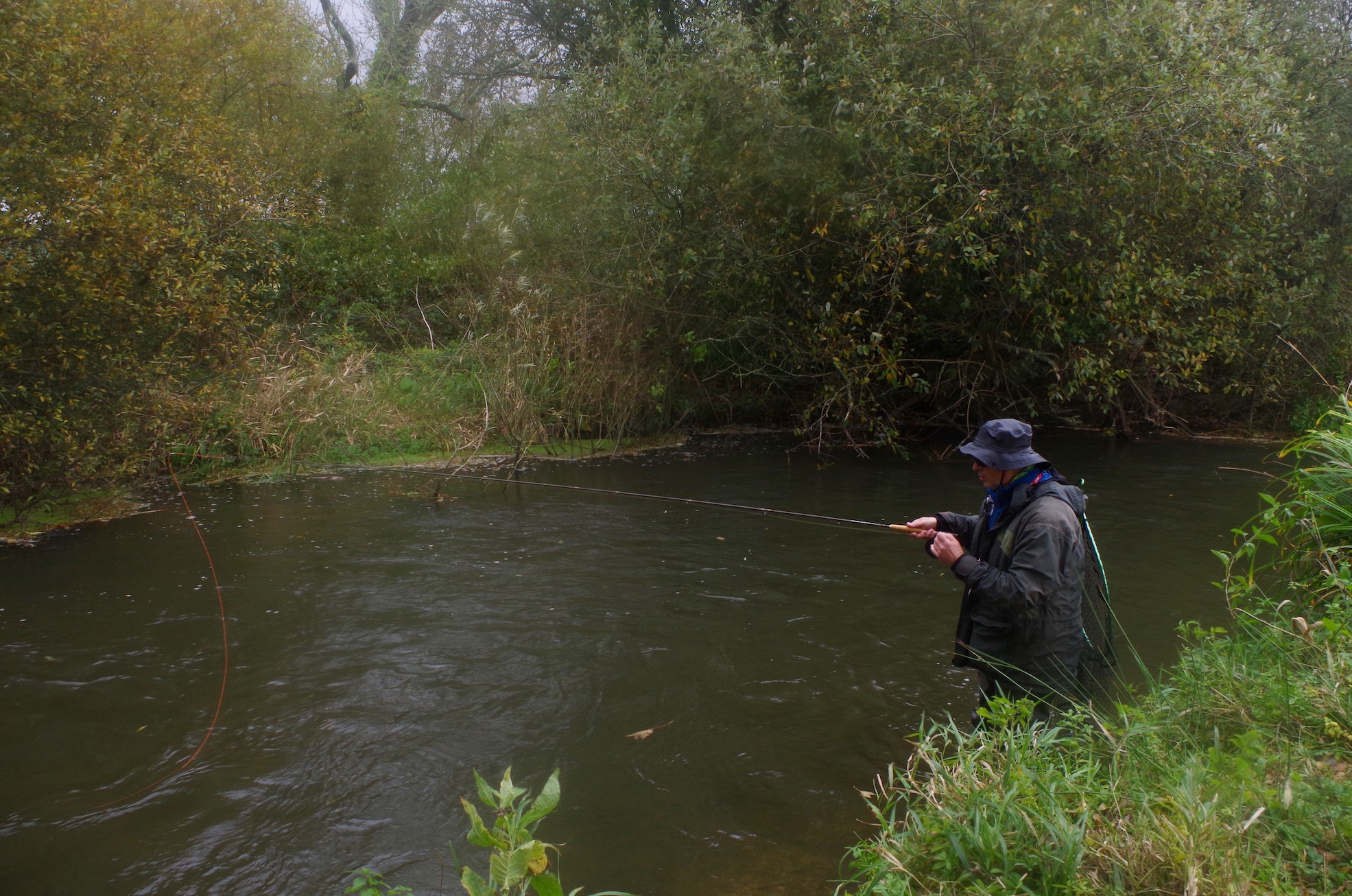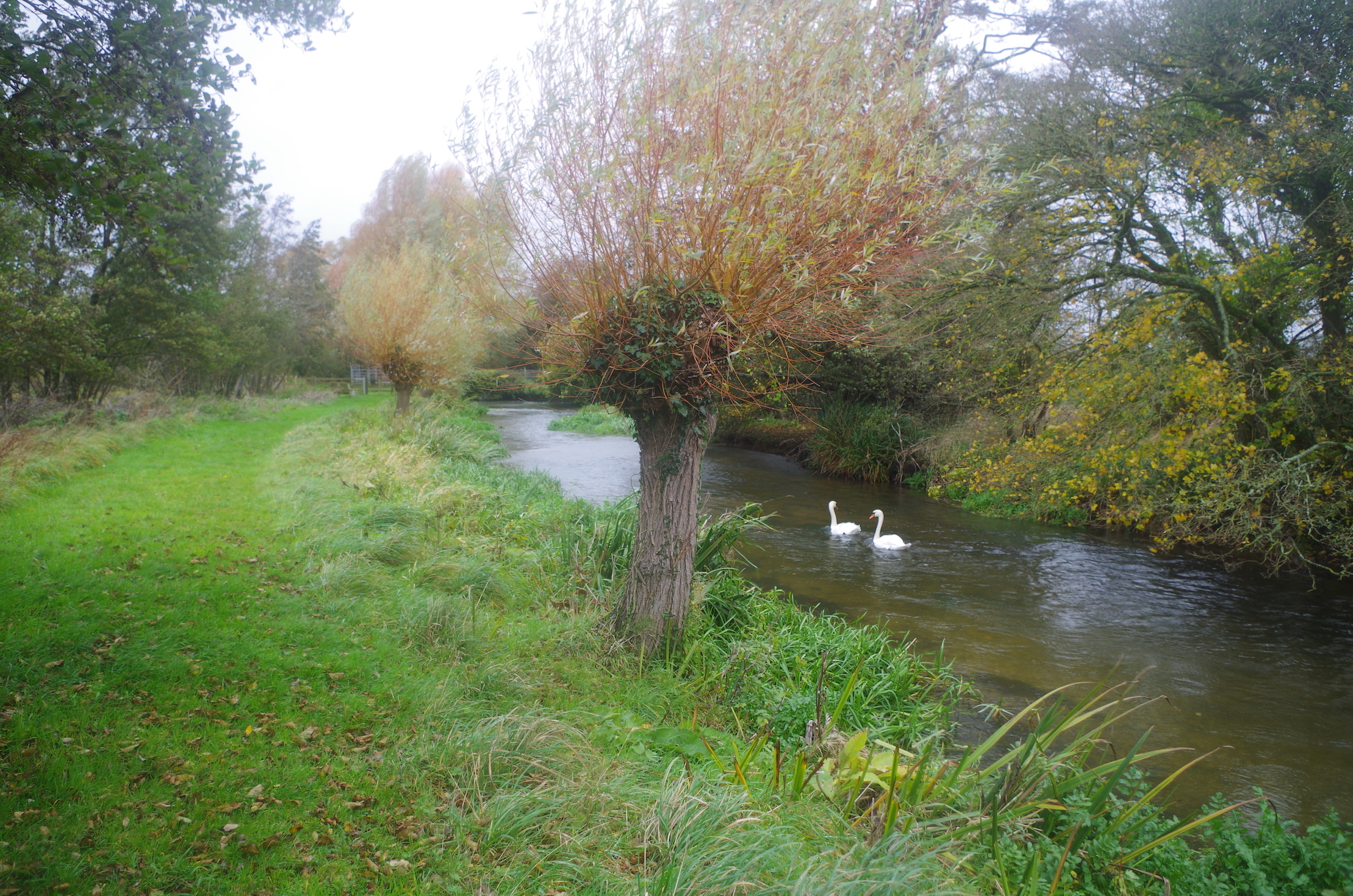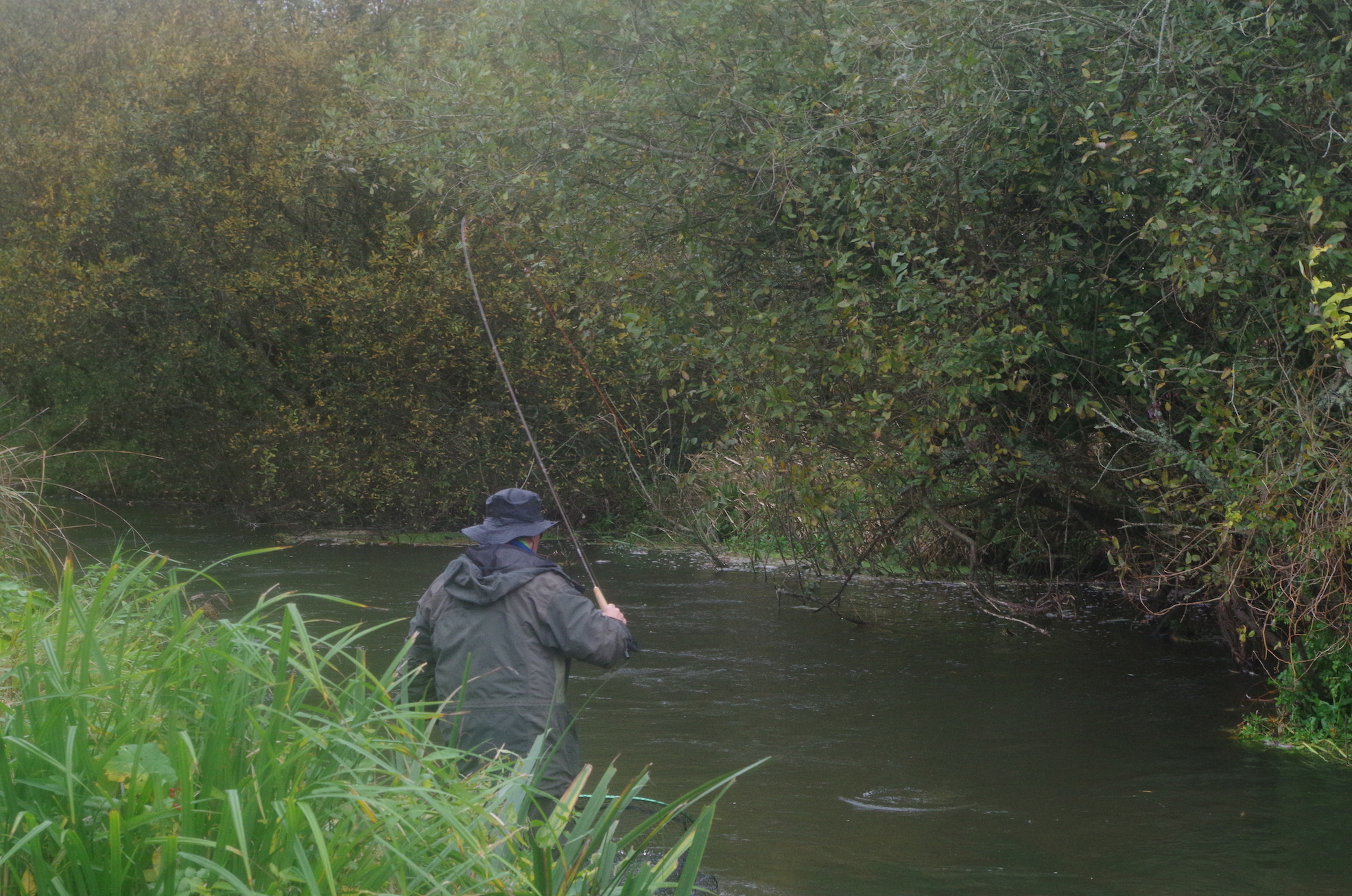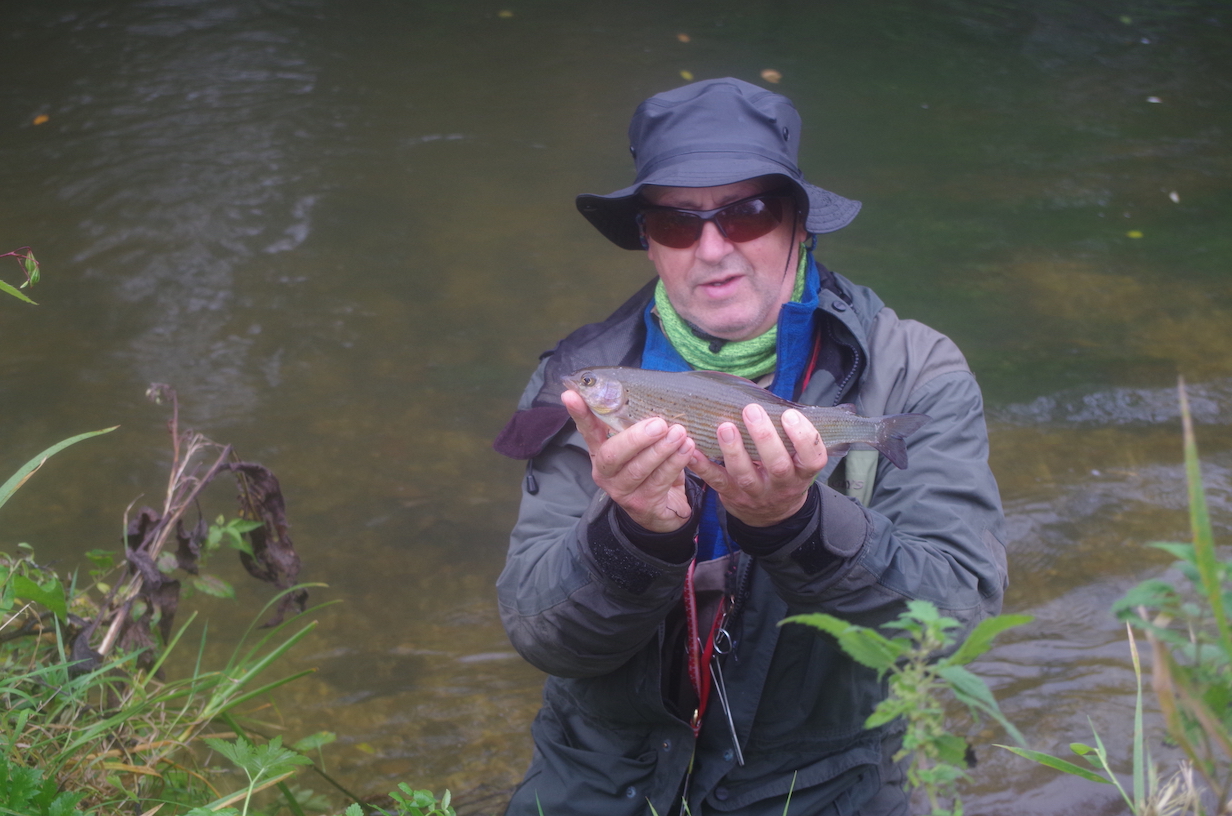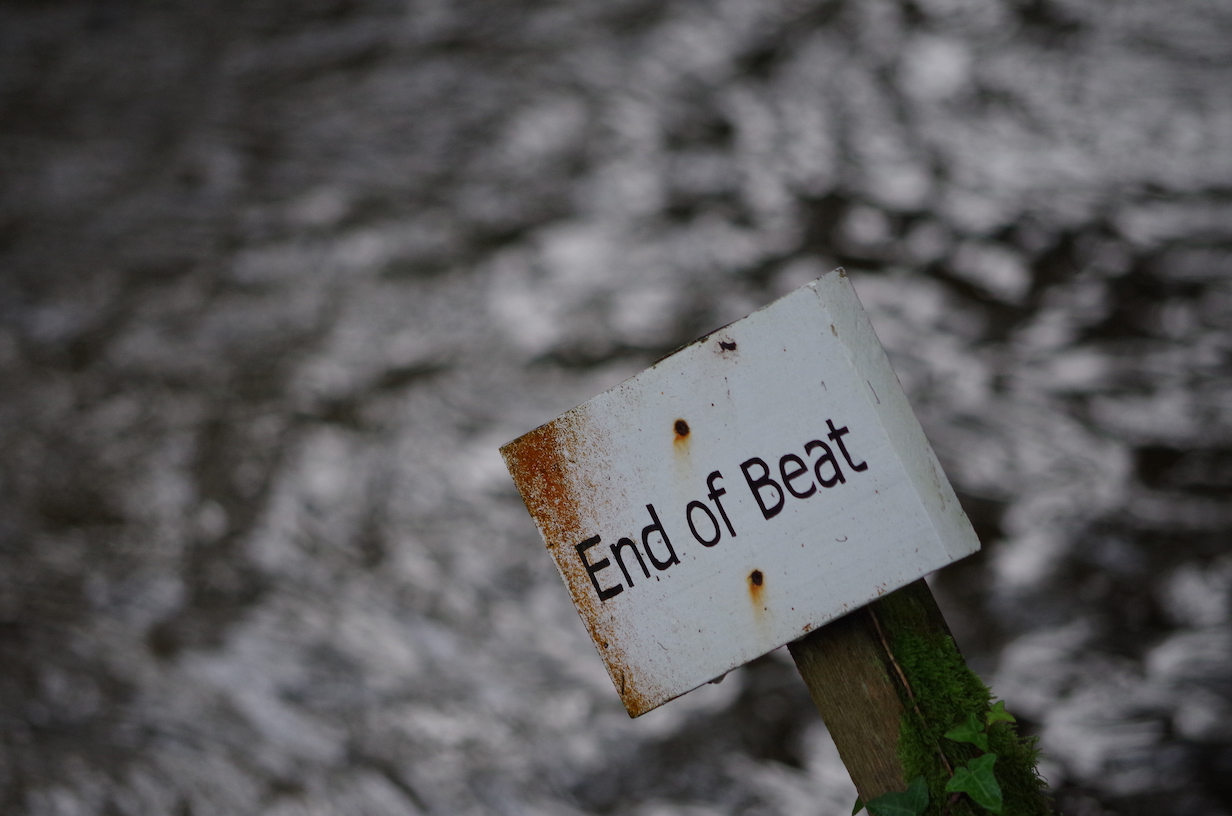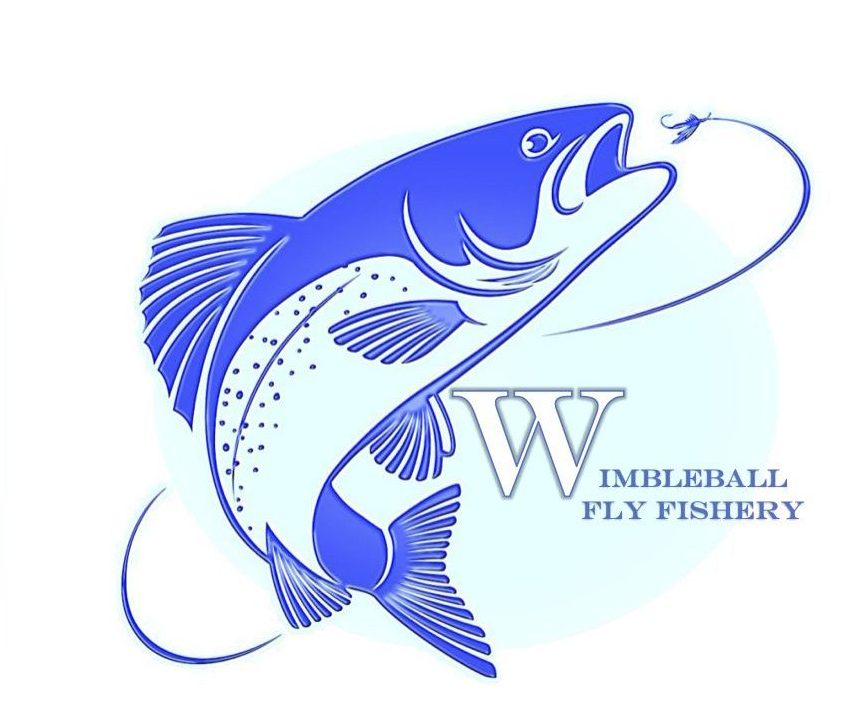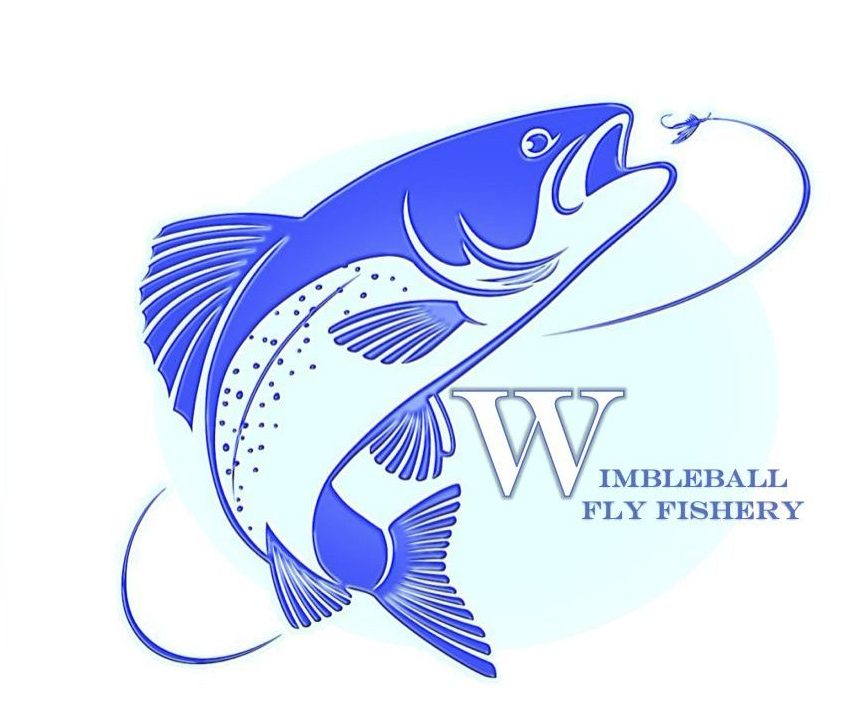
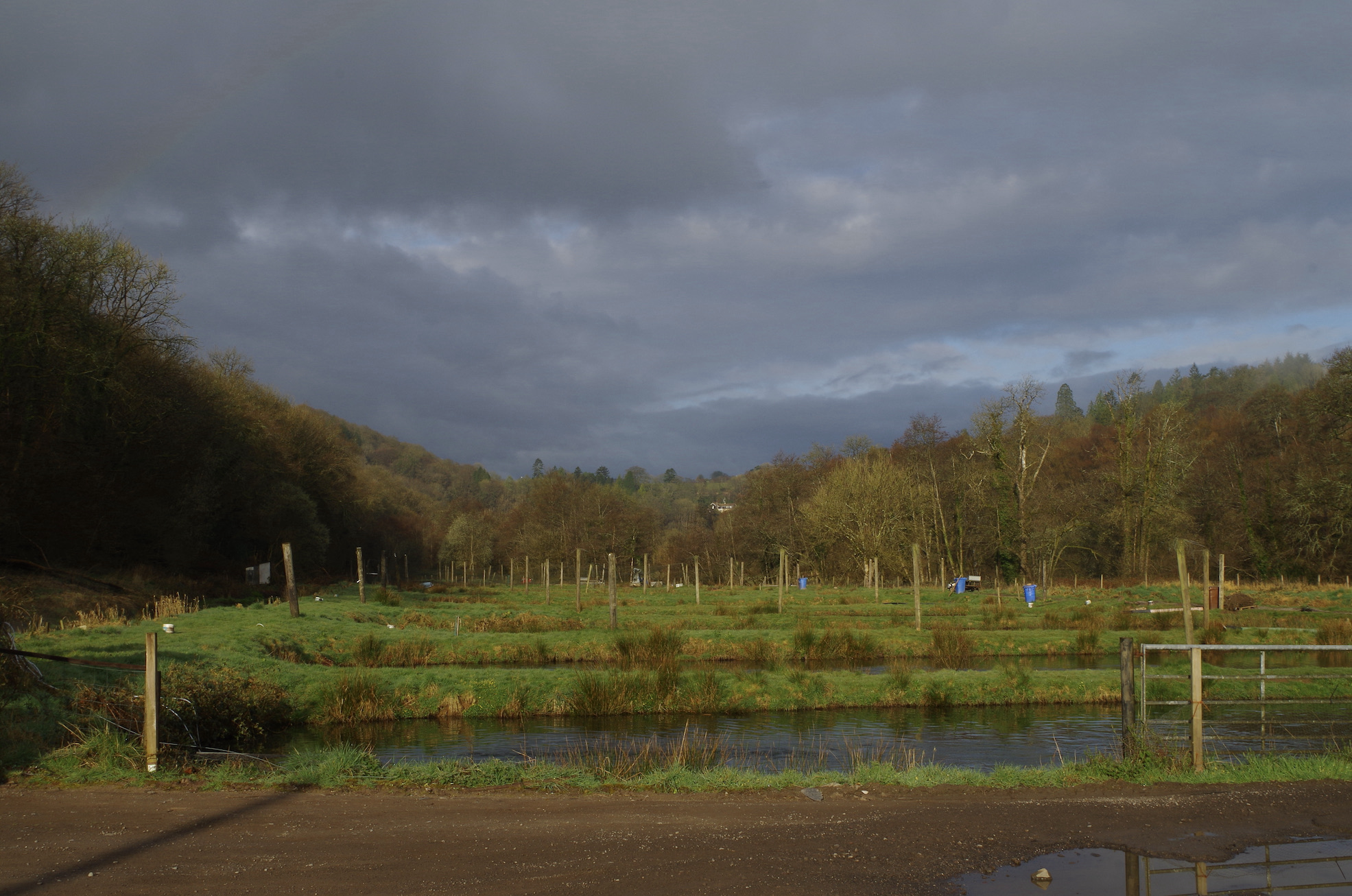
Wimbleball Lake high on Exmoor has earned a reputation as one of the West Country’s Premier Fly Fishery’s with its hard fighting full tailed rainbows and immaculate wild browns attracting anglers from far and wide. This recent upturn in fortune has been delivered by Mark Underhill his wife Trudi and their family team who continue to build on the venue’s attractiveness as an angling venue.
I was fortunate to join with Snowbee Ambassador Jeff Pearce and Angling Journalist Dominic Garret at Rainbow Valley Trout Farm prior to a day’s fishing. The farm situated beside the pristine River Exe supplies quality rainbows to Stillwater trout fisheries across the UK including Rutland, Grafham, Pittsford numerous South West lakes including Kennick and of course Wimbleball.
The Trout Farming industry has had a difficult decade or so as market forces, the challenges of climate change and ever increasing demand for water has increased the need for legislation.
I arrived at the trout farm fifteen minutes or so before time and it was appropriate that a faint rainbow arched across the valley as the morning sun illuminated the scene.
I chatted with Mark about future plans and life in general for a few minutes until Jeff and Dom arrived. We then embarked upon a brief and fascinating tour of the trout farm. The first impression was of the cleanliness of the incoming water flowing in through a fast flowing leat. Within this swam an impressive number of rainbow trout that were destined for stocking out into Wimbleball. The trout are kept here for a while in a sort of strength and conditioning period ensuring they are fighting fit before stocking out. Mark tossed trout pellets into the water where they were eagerly devoured in a swirling frenzy.
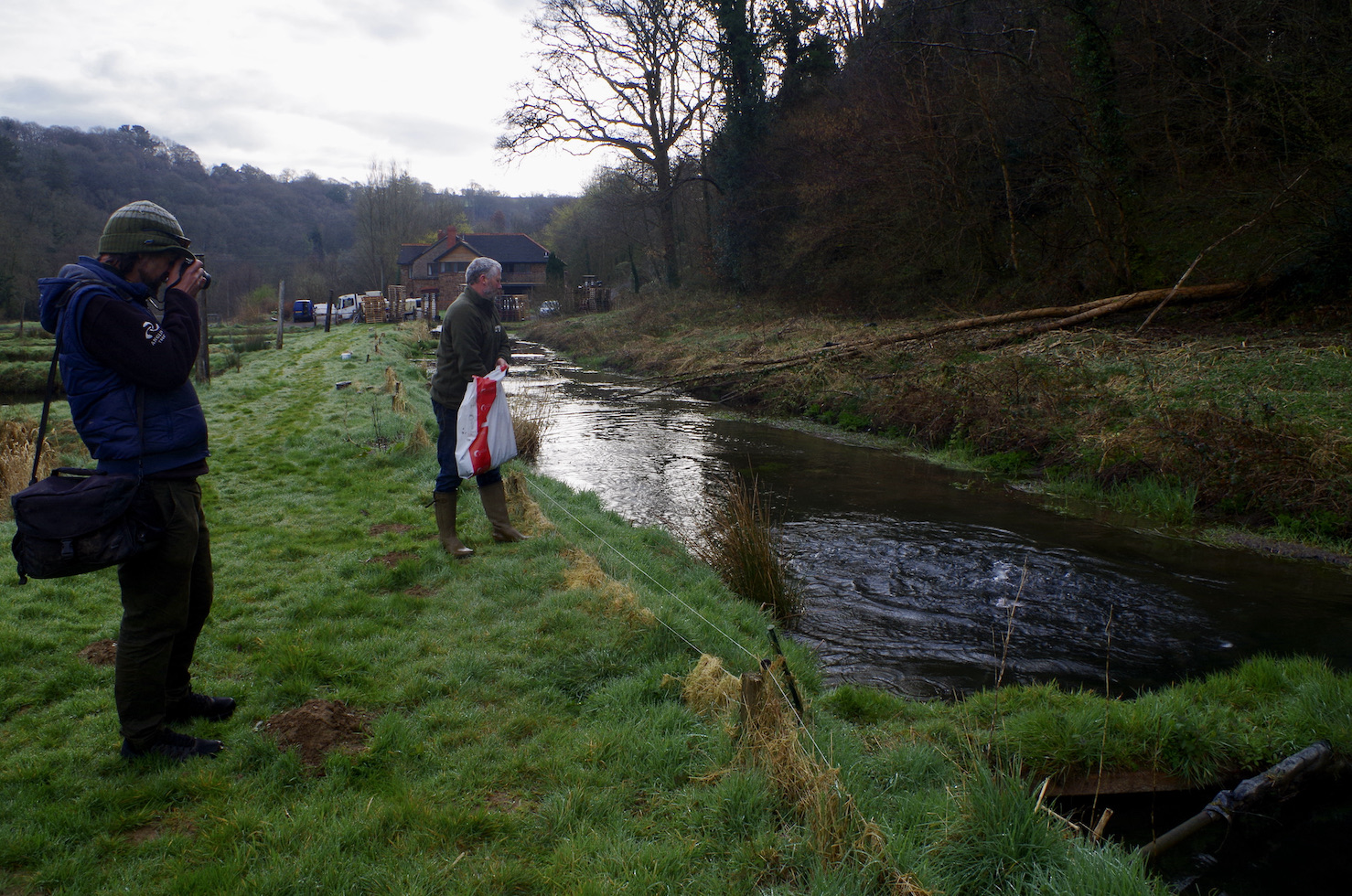
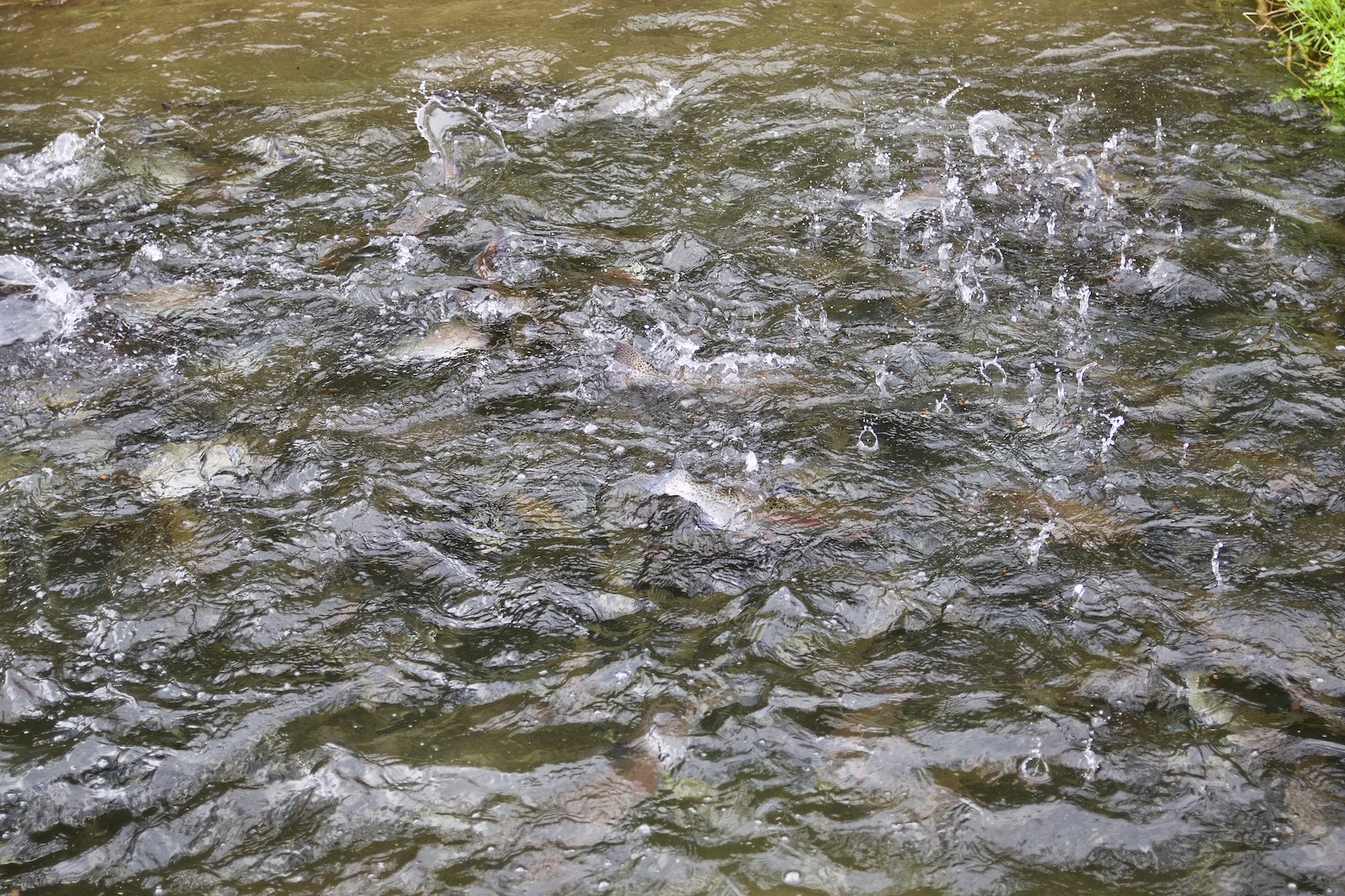
We walked slowly around the stew ponds listening intently to Marks fascinating explanation of fish rearing and its many complex issues. An in depth understanding of the environment was apparent as we discussed the challenges posed by invasive species such as signal crayfish and Himalayan balsam. Whilst the numbers of trout were considerable the stew ponds were large and the fish in superb condition.
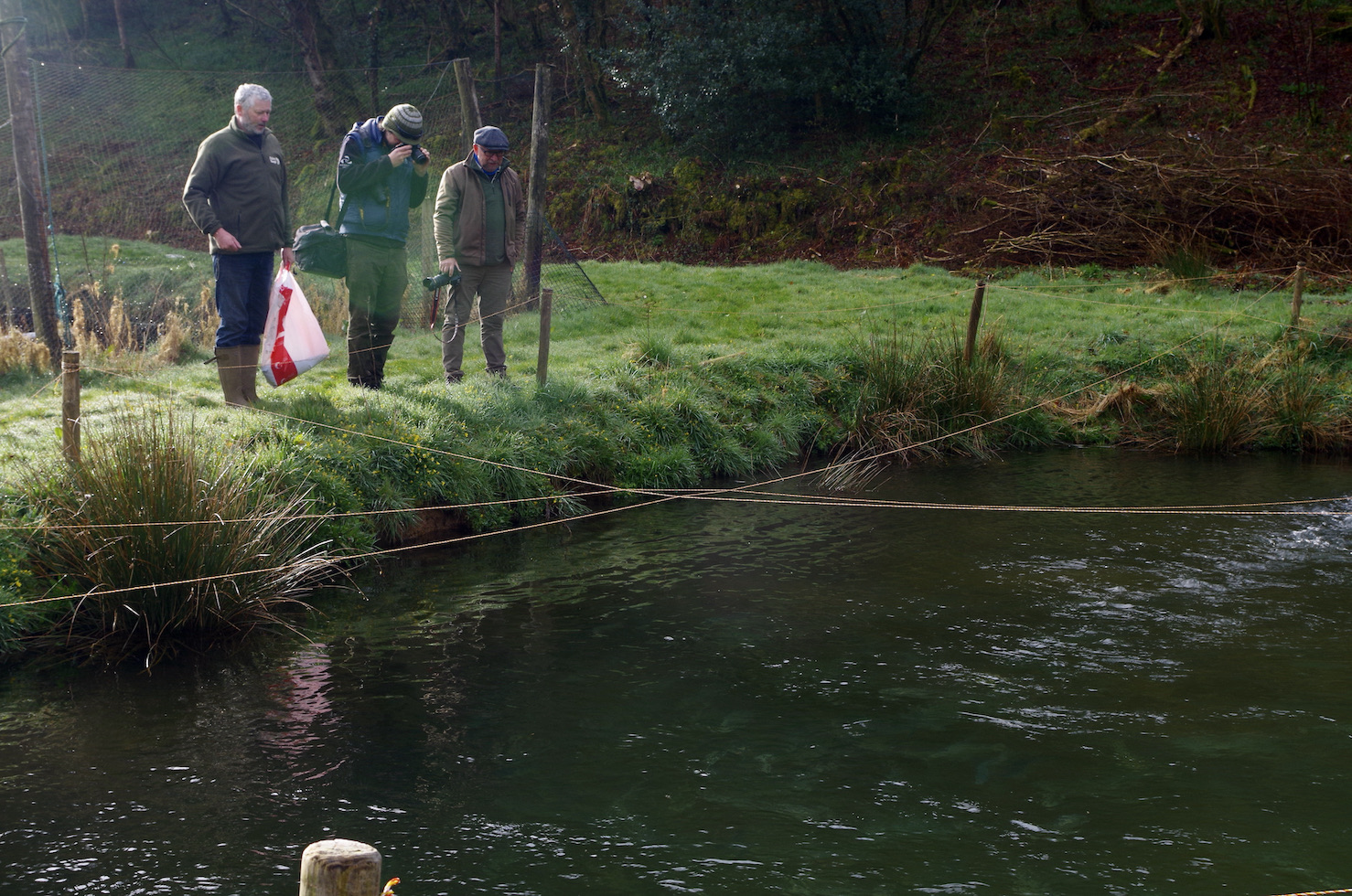
The four of us could have spent many hours discussing the world of angling and beyond but the sight of the trout and the call of the lake was strong.
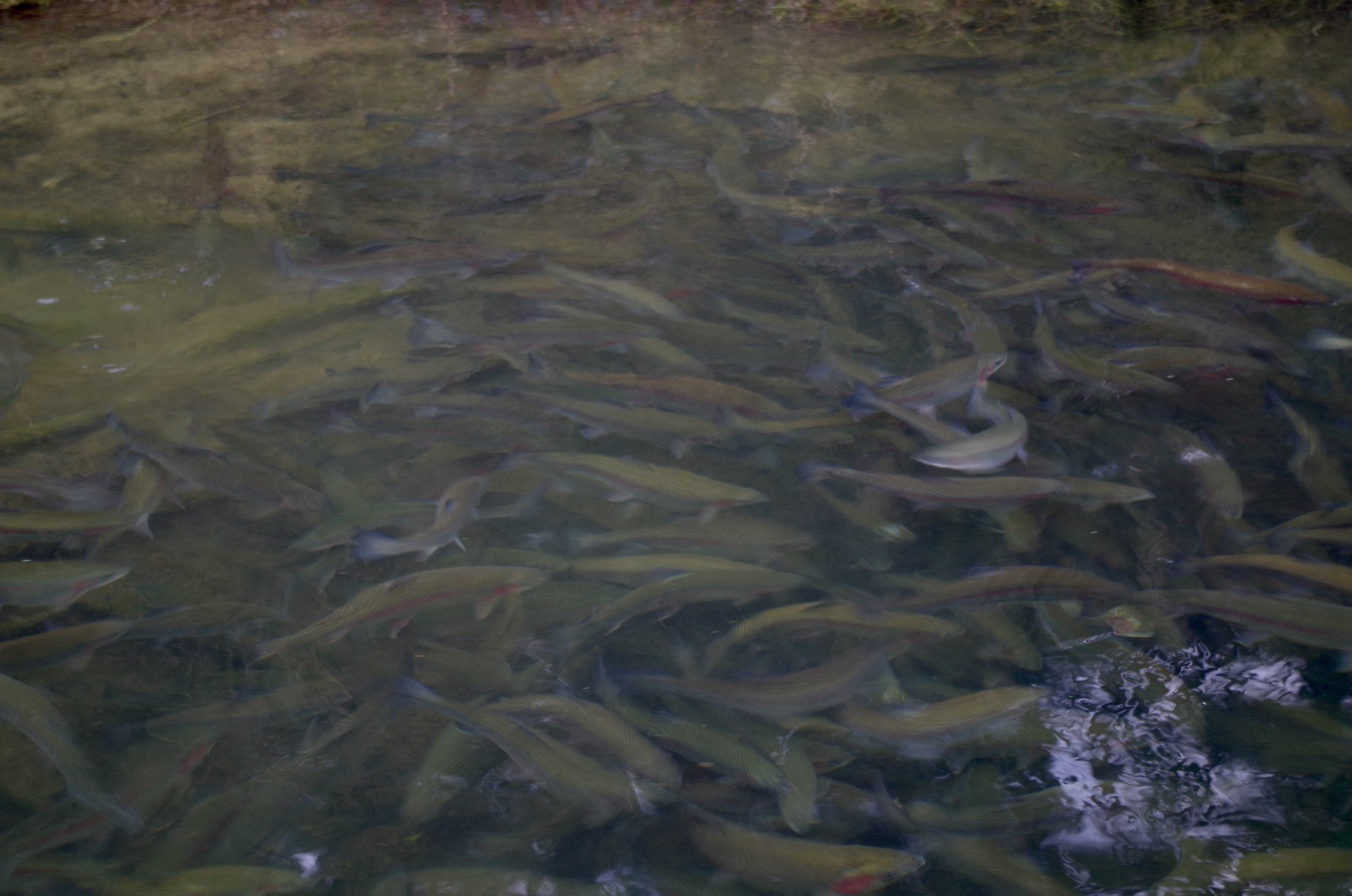
The journey to Wimbleball required us to take a scenic route as a result of numerous road improvement schemes across the area. A trio of anglers took a ride through the twisting and turning roads of Devon and Somerset. Pretty hamlets and villages, trees in blossom and glimpses of streams and ponds brought thoughts of future explorations that will probably never see the light of day.
We assembled on the Wimbleball shoreline where we were joined by Dom’s friend Charles Halliday, who runs the Fishwish angling coaching business. a keen kayaker who had agreed upon the comfort of boat for this day afloat. We eagerly and loaded our gear into the boats deciding that we would all head for the Bessoms end of the reservoir and hopefully catch a few rainbows to start the day.
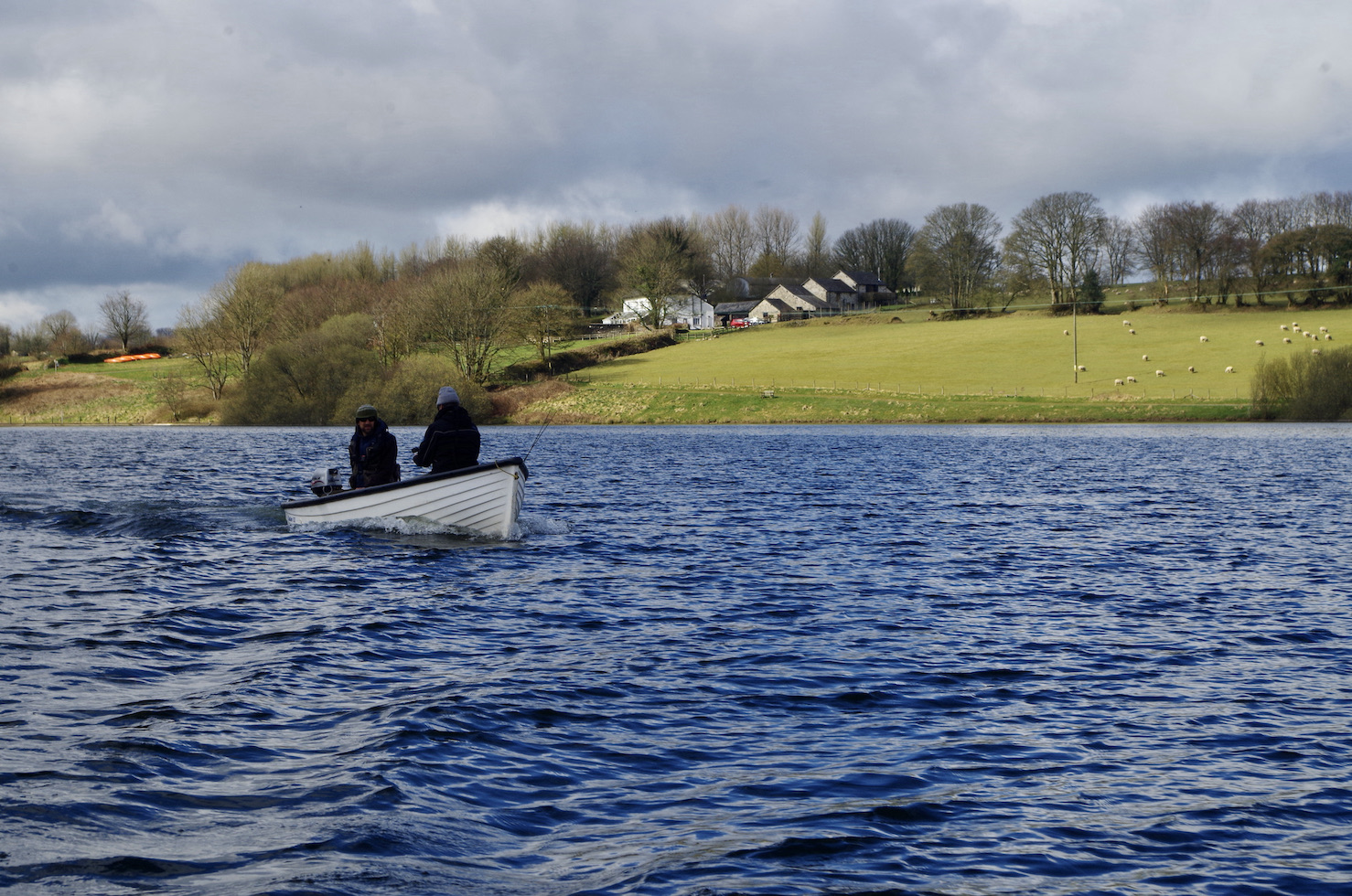
Early in the season bank fishers often out fish the boats if they can locate the fish. The big advantage with the boat is that you can cover plenty of water by drifting over a wide area. If this fails to work you can completely relocate to a different area of the lake within a short time.
There was a cool wind blowing into the bay as we drifted and conditions seemed perfect so it was surprising when the fish proved elusive. For an hour we all failed to get even a pull but persistence eventually paid off when we saw Dom’s rod bending as a fighting fit rainbow dashed about on a tight line.
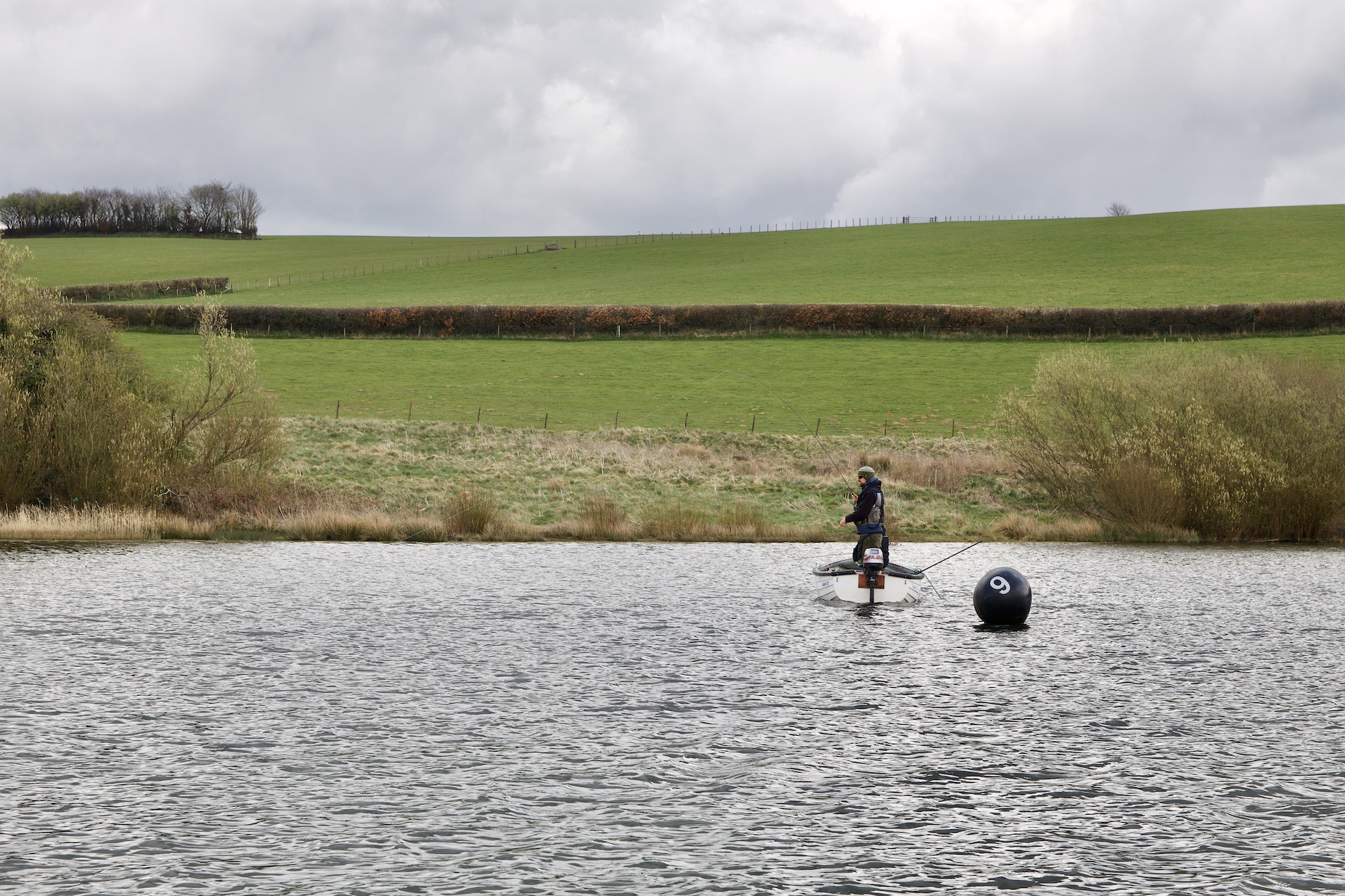
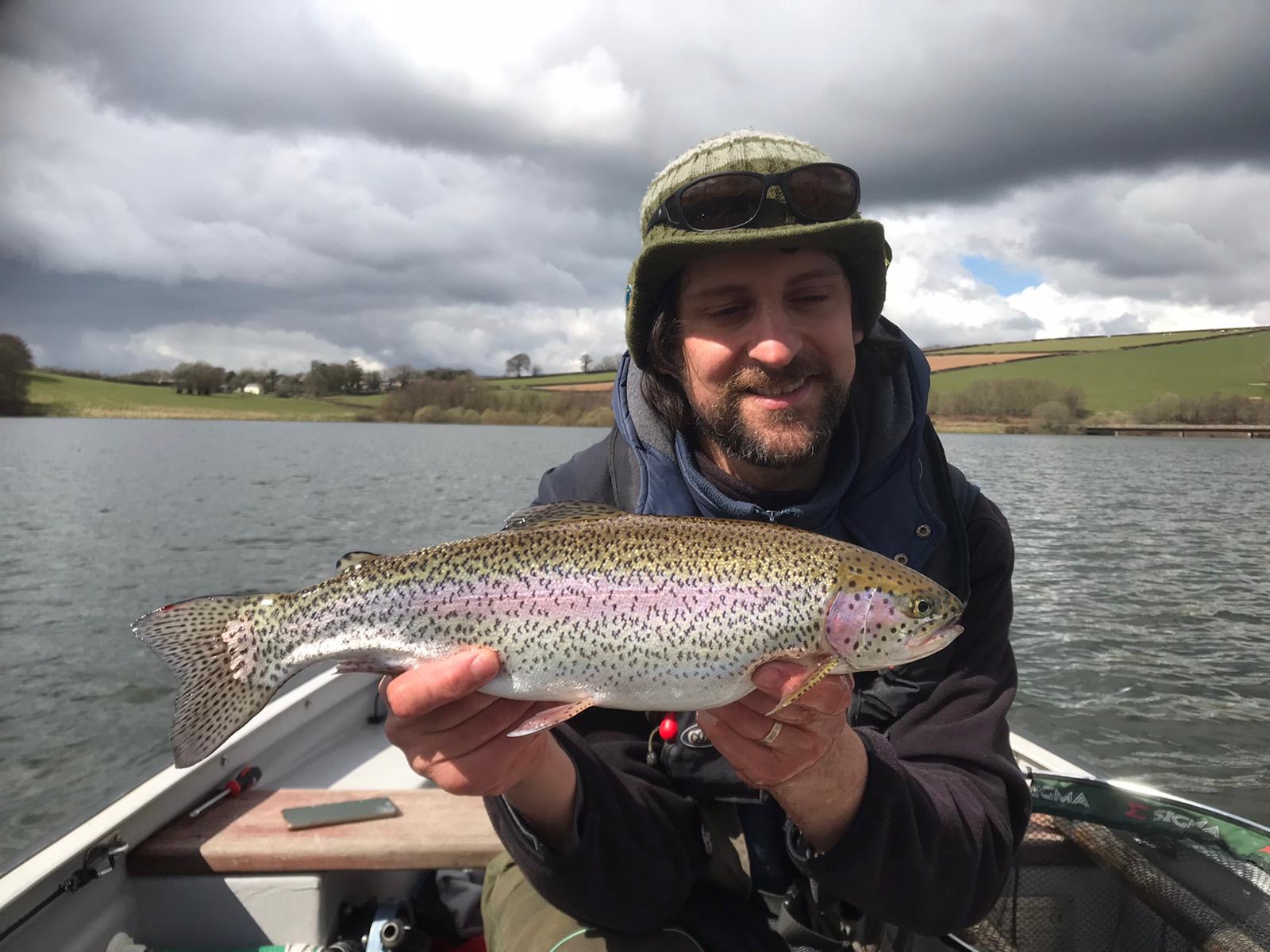
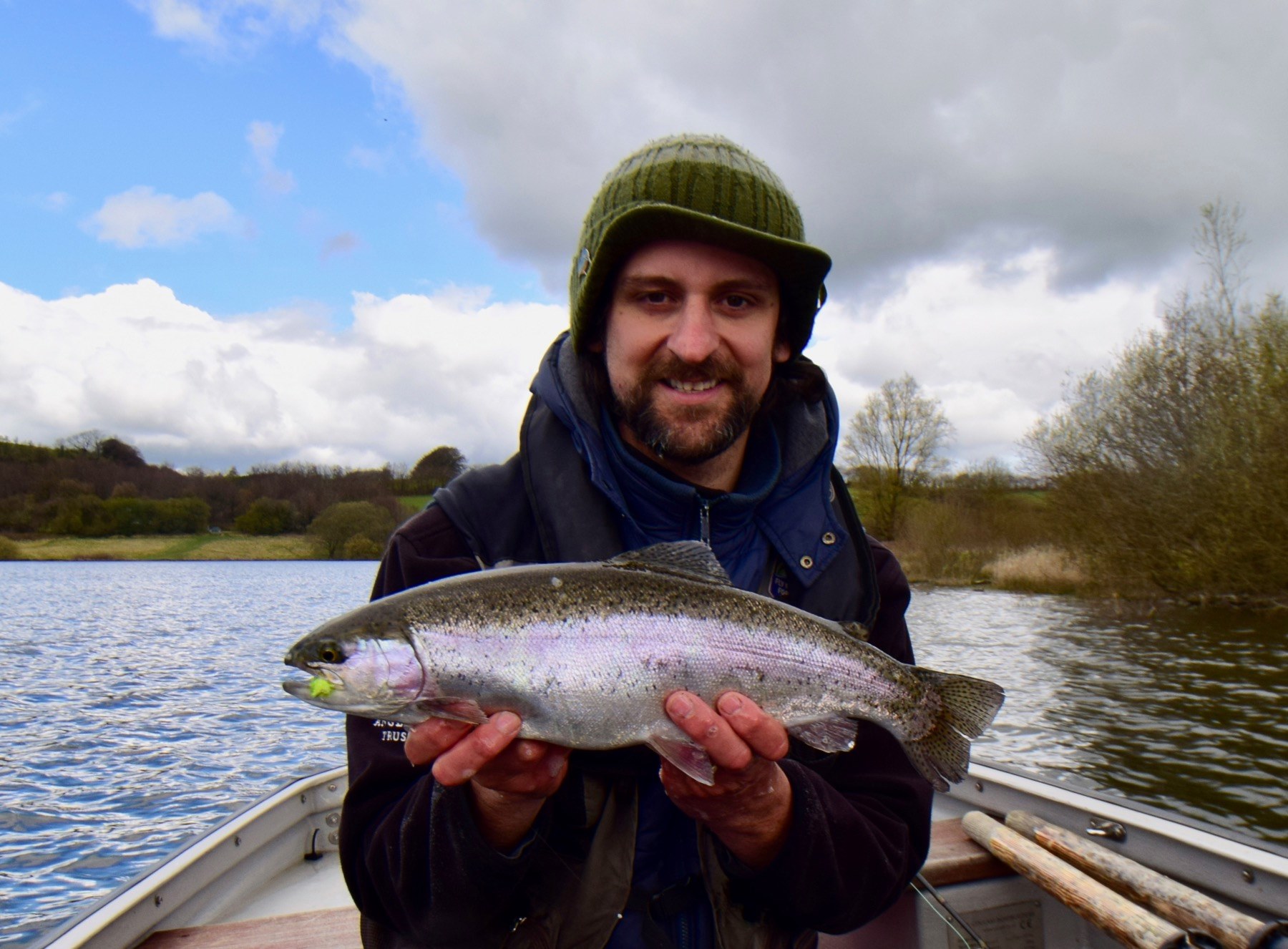
Jeff and I continued to search the water varying fly choice and depth. Jeff persisted with a floating line and team of imitative patterns. We both had a couple of tugs at the fly before Jeff was in action the rod hooping over in a pleasing sign of success. A rainbow of around 3lb had got us off the mark.
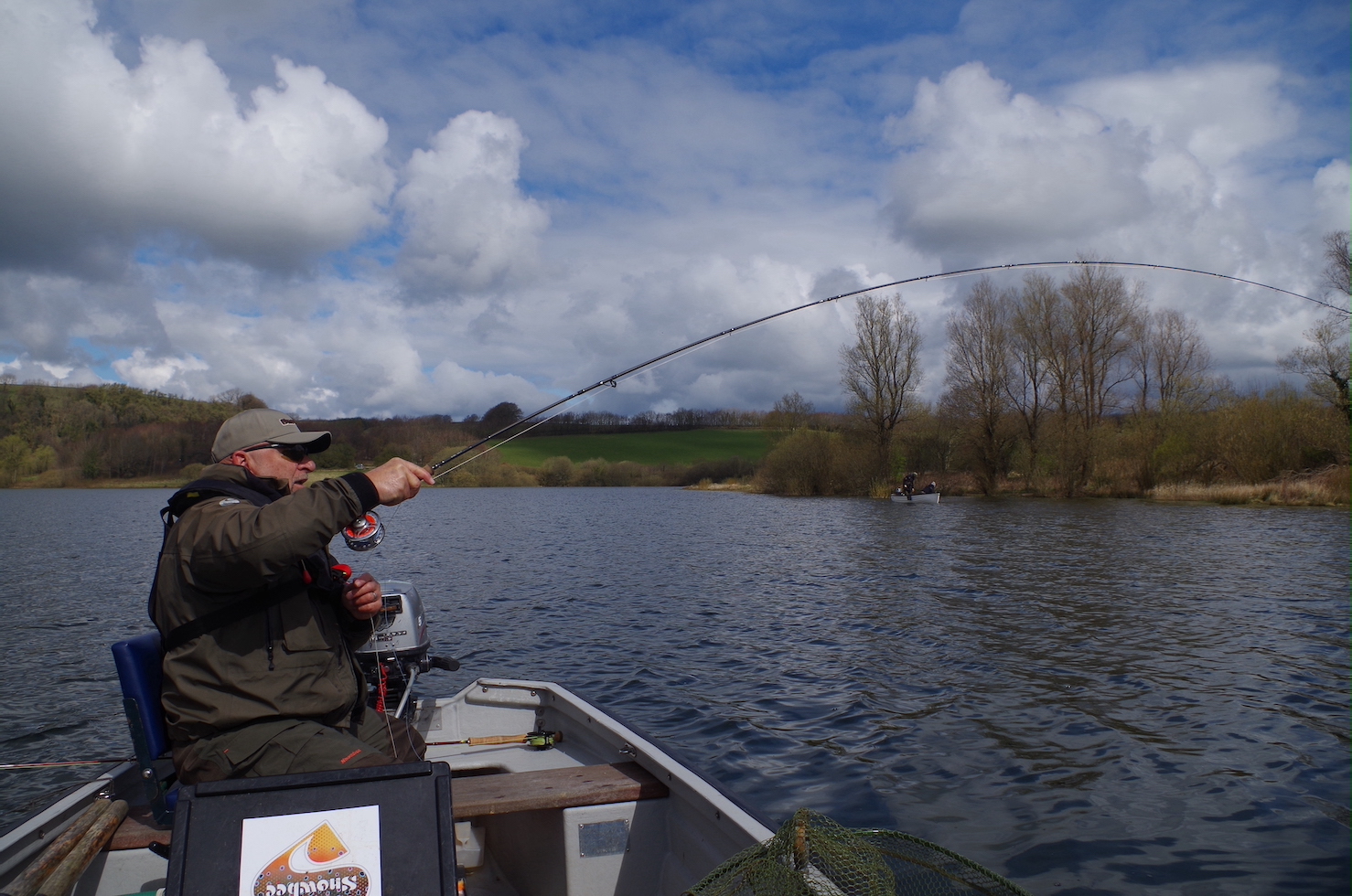
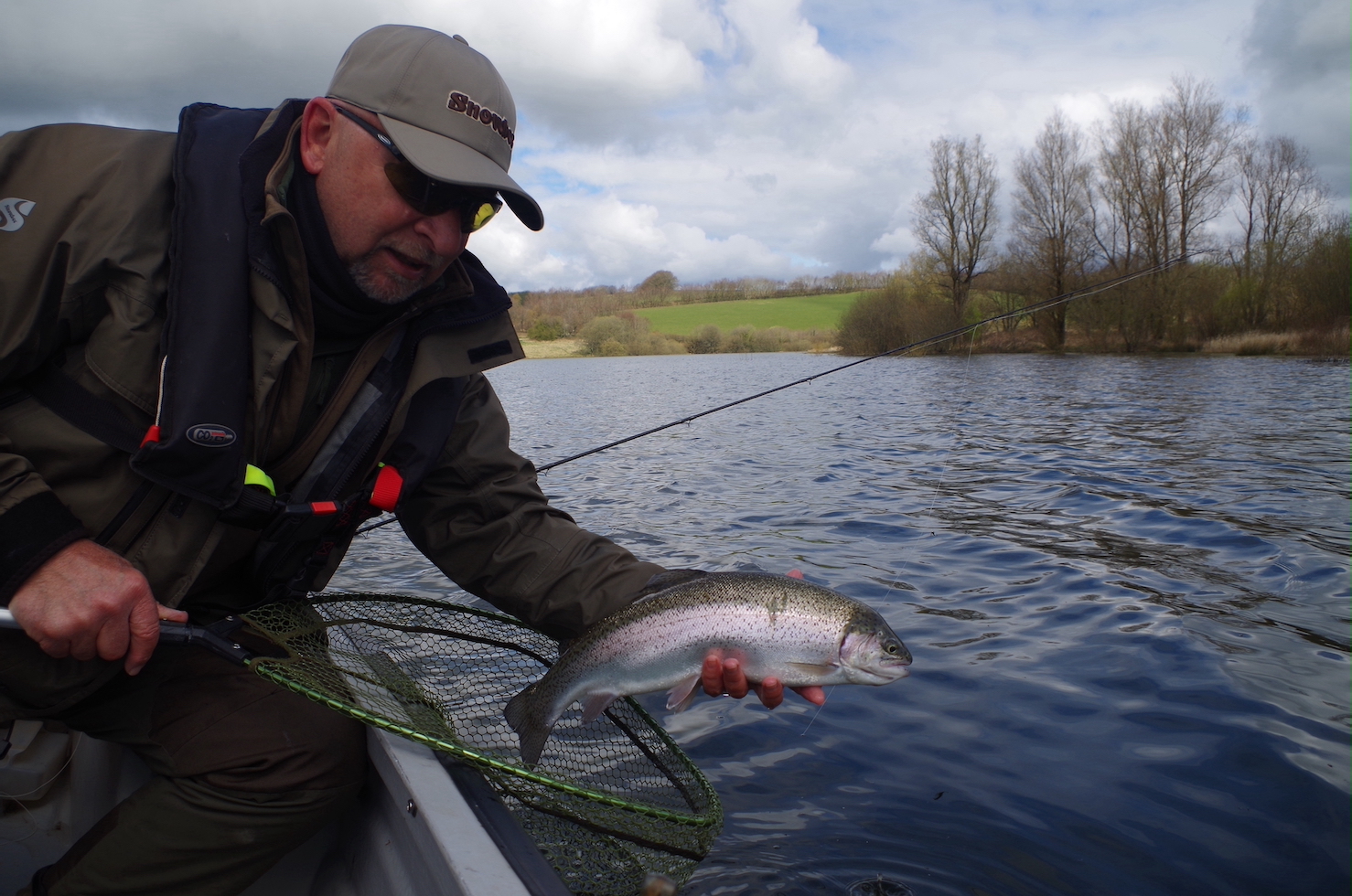
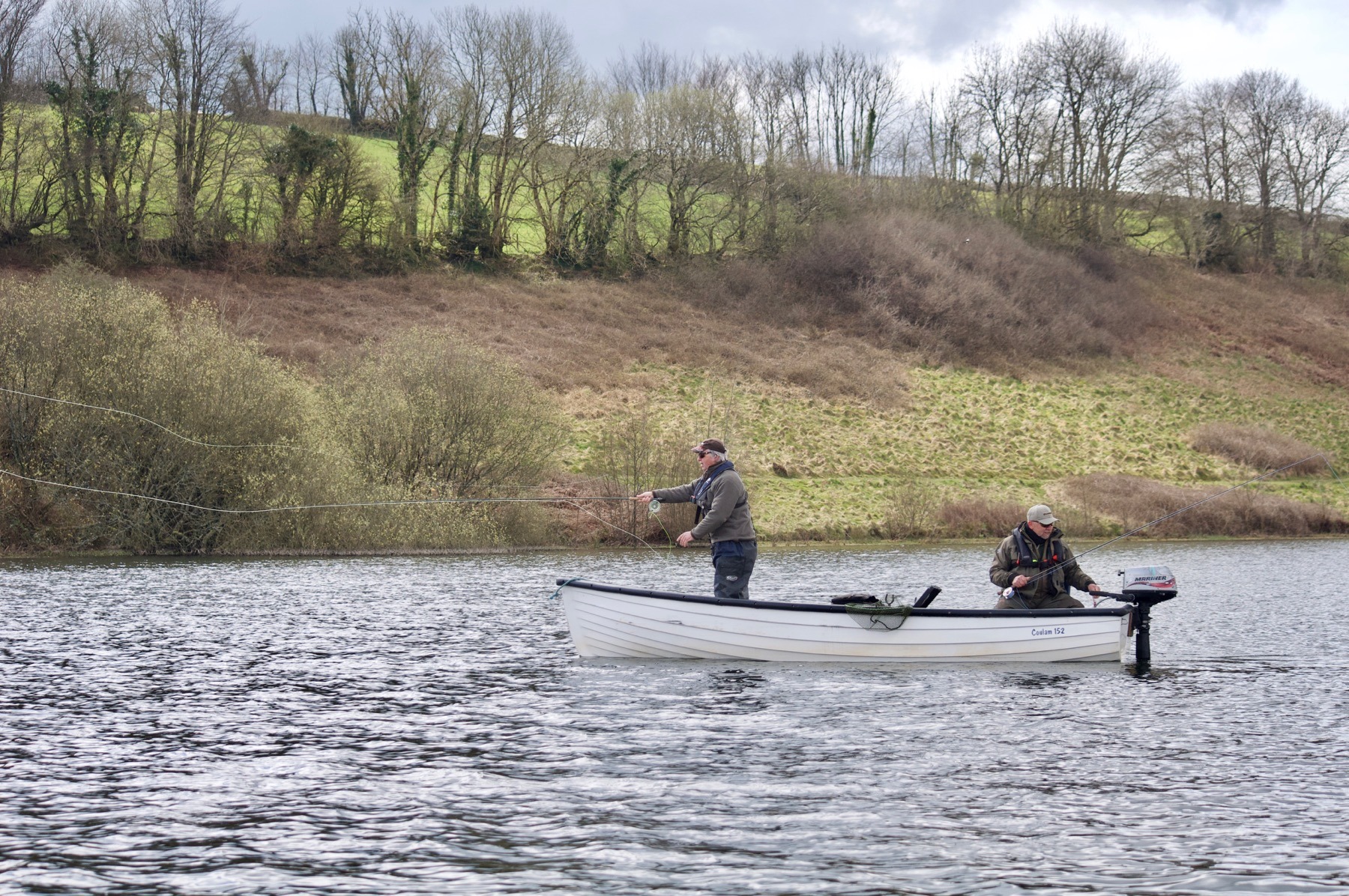
Confidence is key especially on a hard day and I tend to stick with a small selection of flies and lures that I have confidence in. I often wonder how many casts are made during a long day on the water my guess is that it must be close to five hundred meaning that the actual ratio of success is comparatively low. On our day on the lake with four of us fishing we probably made upwards of two thousand casts and actually boated a dozen trout losing around the same number. if you have been casting flies long enough with occasional success there comes a belief that each cast will bring that magical connection. It is undoubtedly that second of delightful connection that keeps us hooked. The bent rod and the singing reel are just the confirmation of success and the netting of the fish the sealing of the deal.
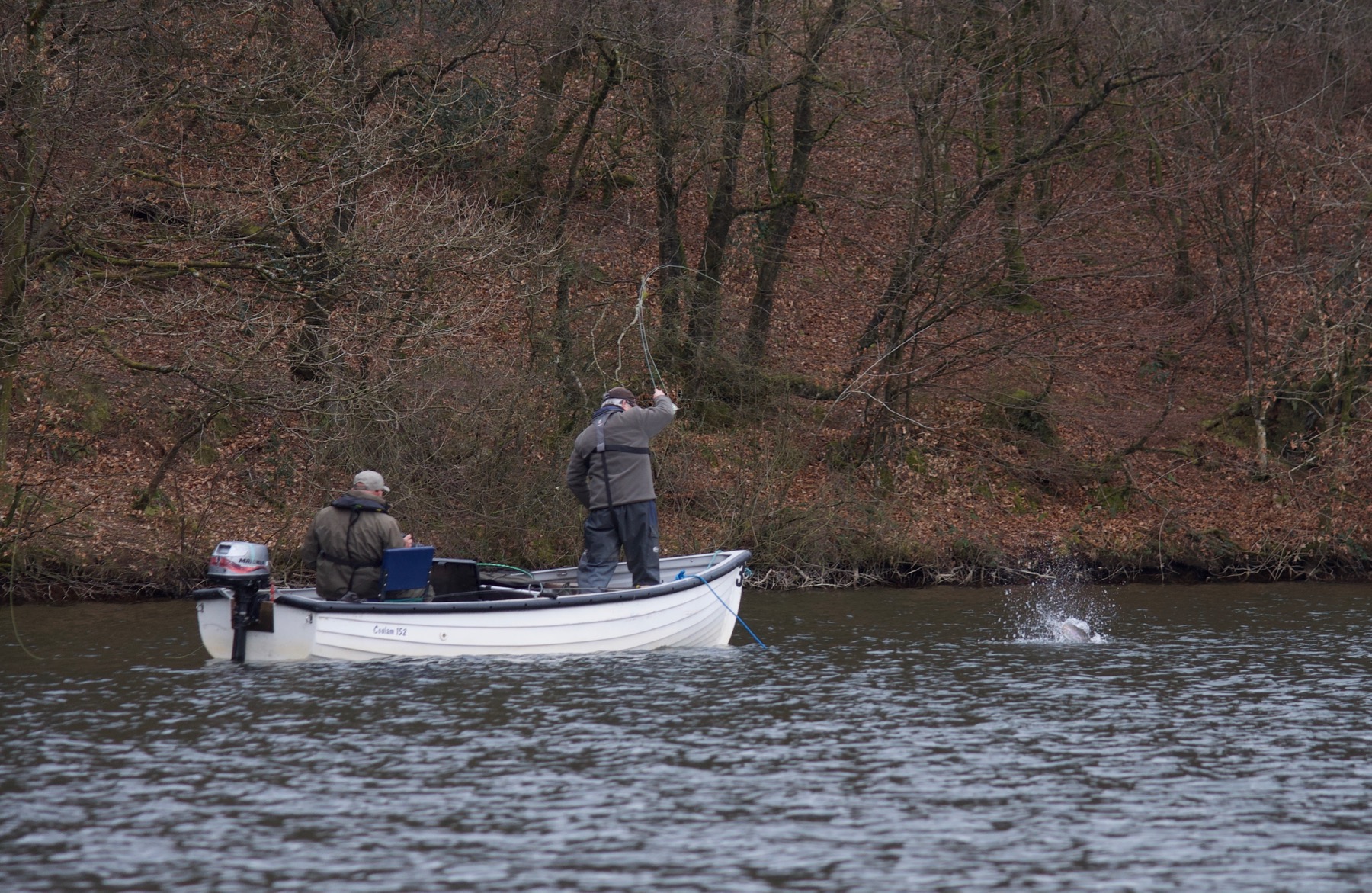
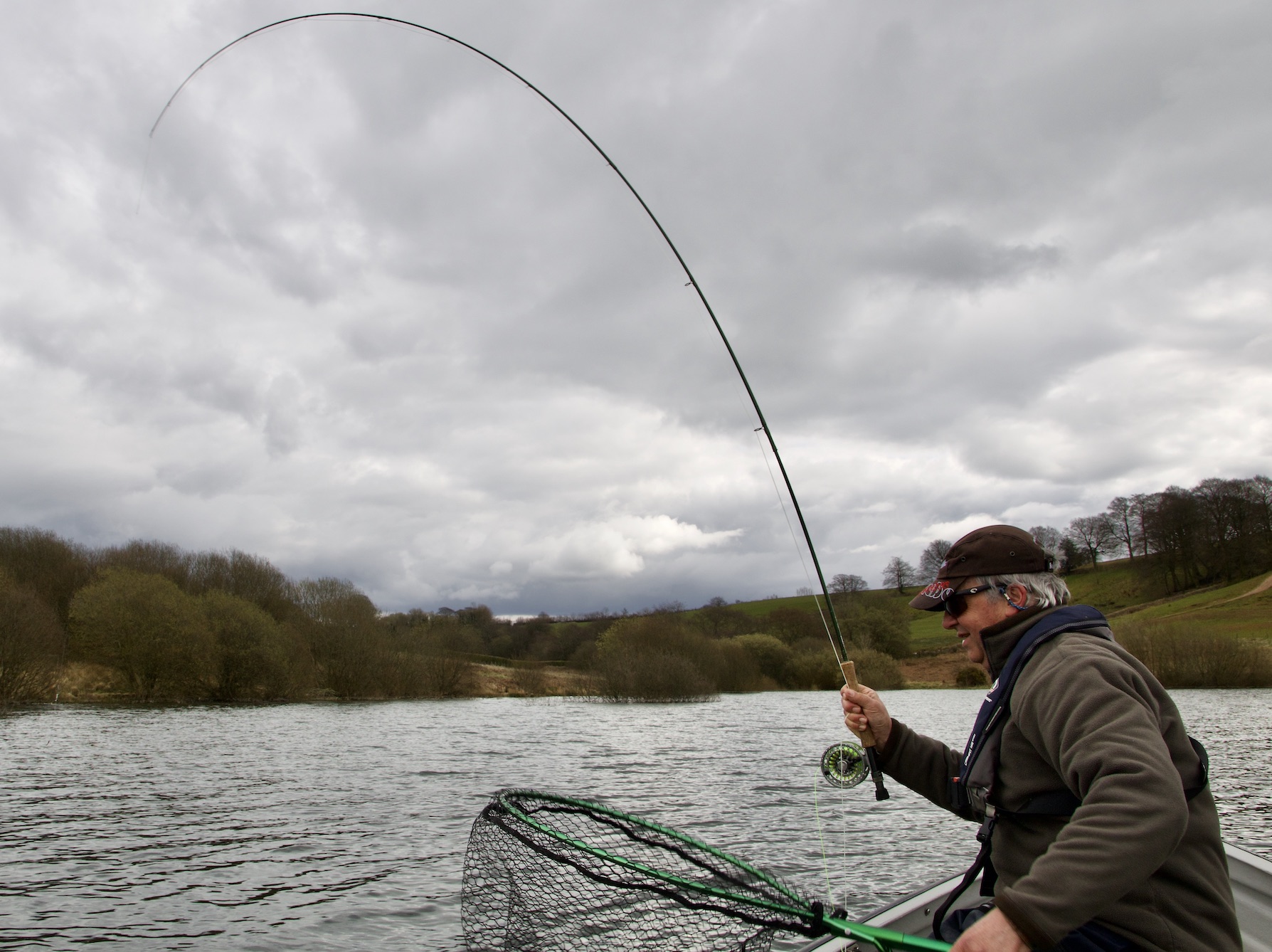
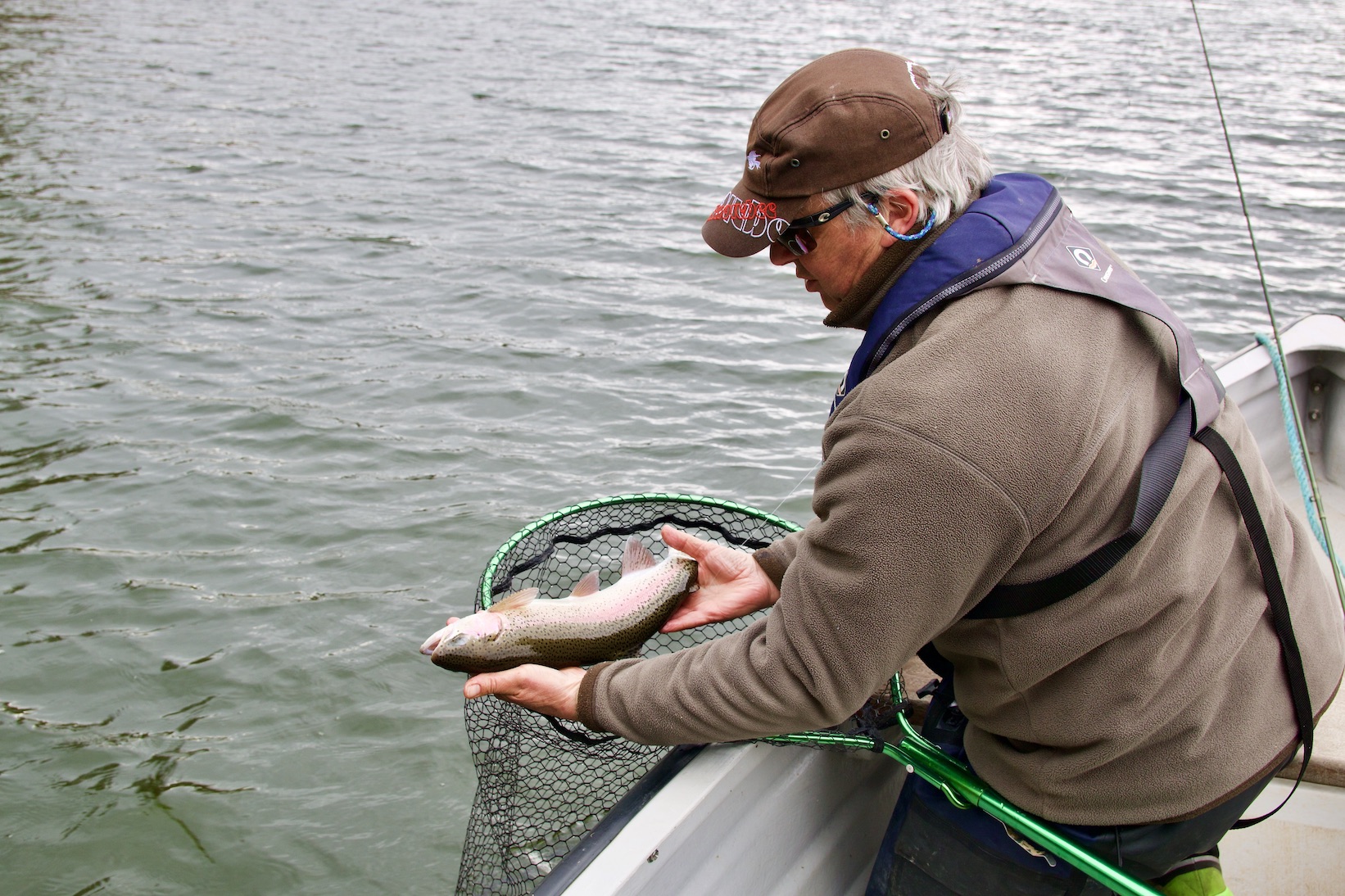
Days fishing always fly past at an alarming rate and this day is no exception. We move around fishing several areas of the lake. Taking in the splendid scenery of rolling farmland, wooded valleys and an ever changing vista of sky and water the light changing as clouds drift high above on the cool North West breeze.
Swallows and martins dart to and fro across the water a sign that warmer days are on the way. Fresh buds are bursting forth on trees and shrubs all around the lake. Whilst mid-April can be cold and a little bleak there is promise in the air that those warmer days of May and June are on the near horizon. The trout will then be feasting on the surface sipping in dries and buzzers.
These early days of the season can bring bumper bags of trout whilst some days can be harder going. The beauty of these bigger waters is that the fishing is not always easy. The fish are earned and success has a greater value because of this. Whilst I enjoy the occasional day on smaller Stillwater’s there is undoubtedly a deeper sense of satisfaction to be found from these vast sheets of water.
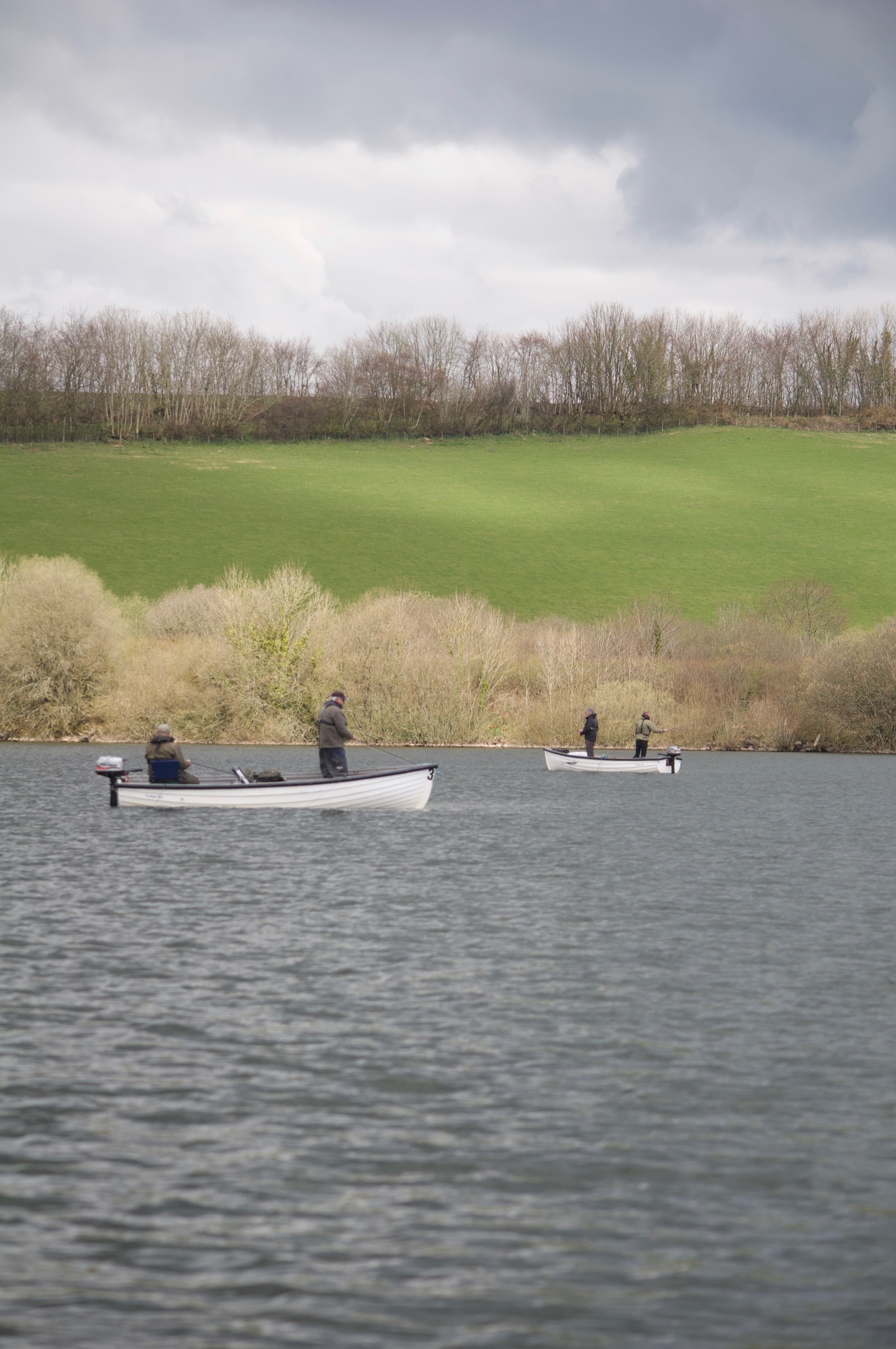
The trout of Wimbleball are undoubtedly a worthy prize their full tails giving long searing runs. In addition to the stocked rainbows there are also a good head of wild brown trout some of which have reached an impressive size feasting upon the rudd fry that abound. It would not come as a surprise if someone hooks a double figure wild brown. What a prize that would be!
I look forward eagerly to my next day searching the water with good friends and building upon those tales to tell on future days between fishing forays.
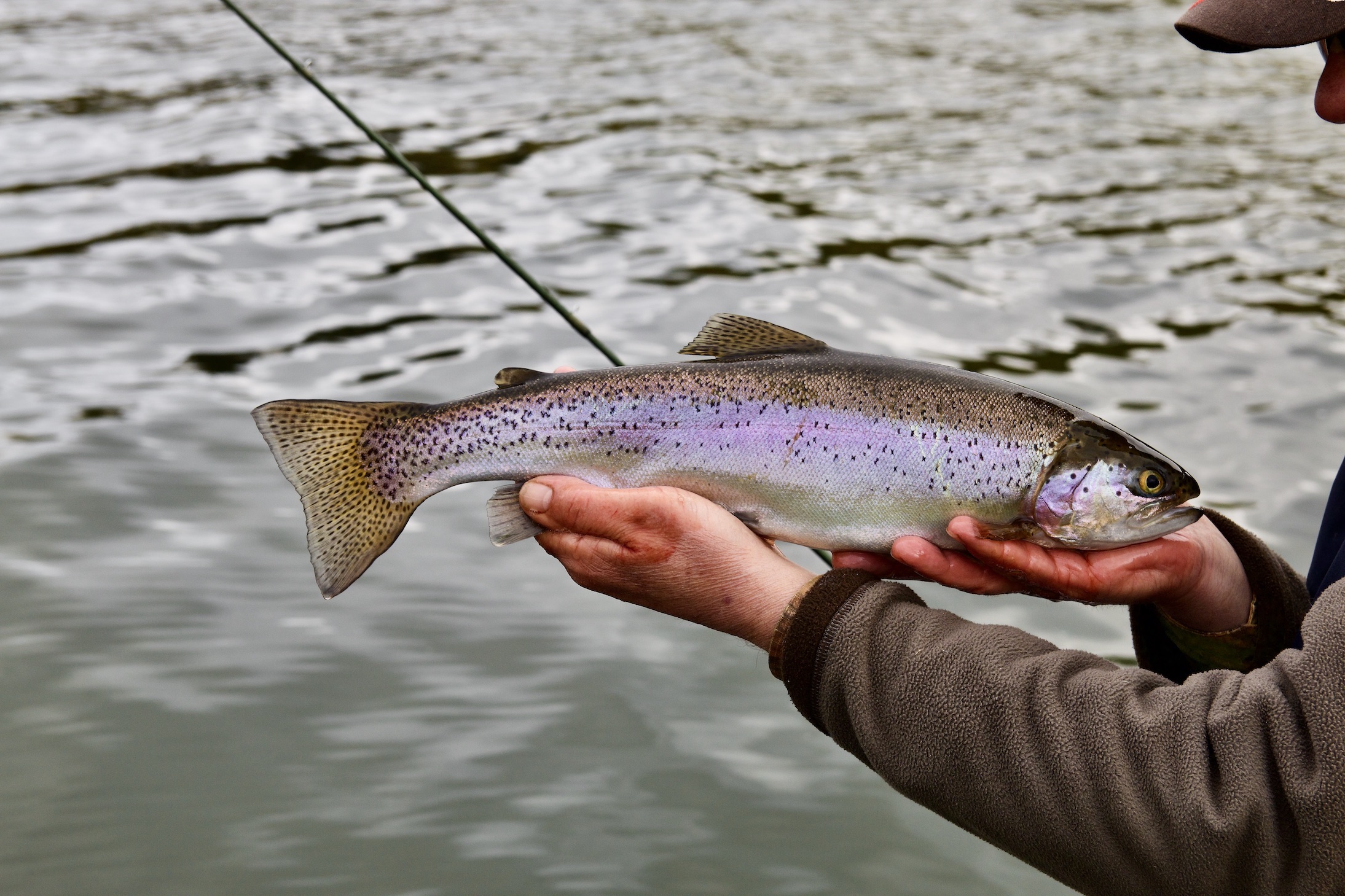
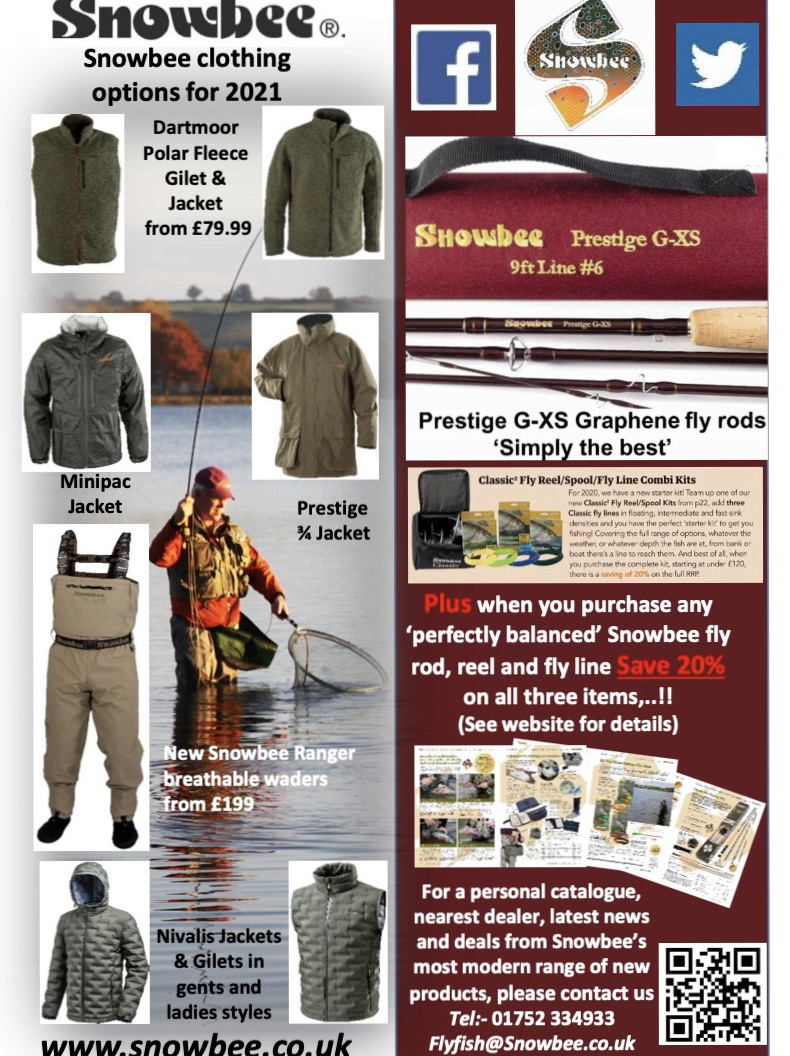
Many thanks to Jeff Pearce and Dominic Garnett for allowing me to share their excellent images on this page.
See Dominic’s enjoyable feature below.
https://dgfishing.co.uk/fly-fishing-on-wimbleball-lake/
